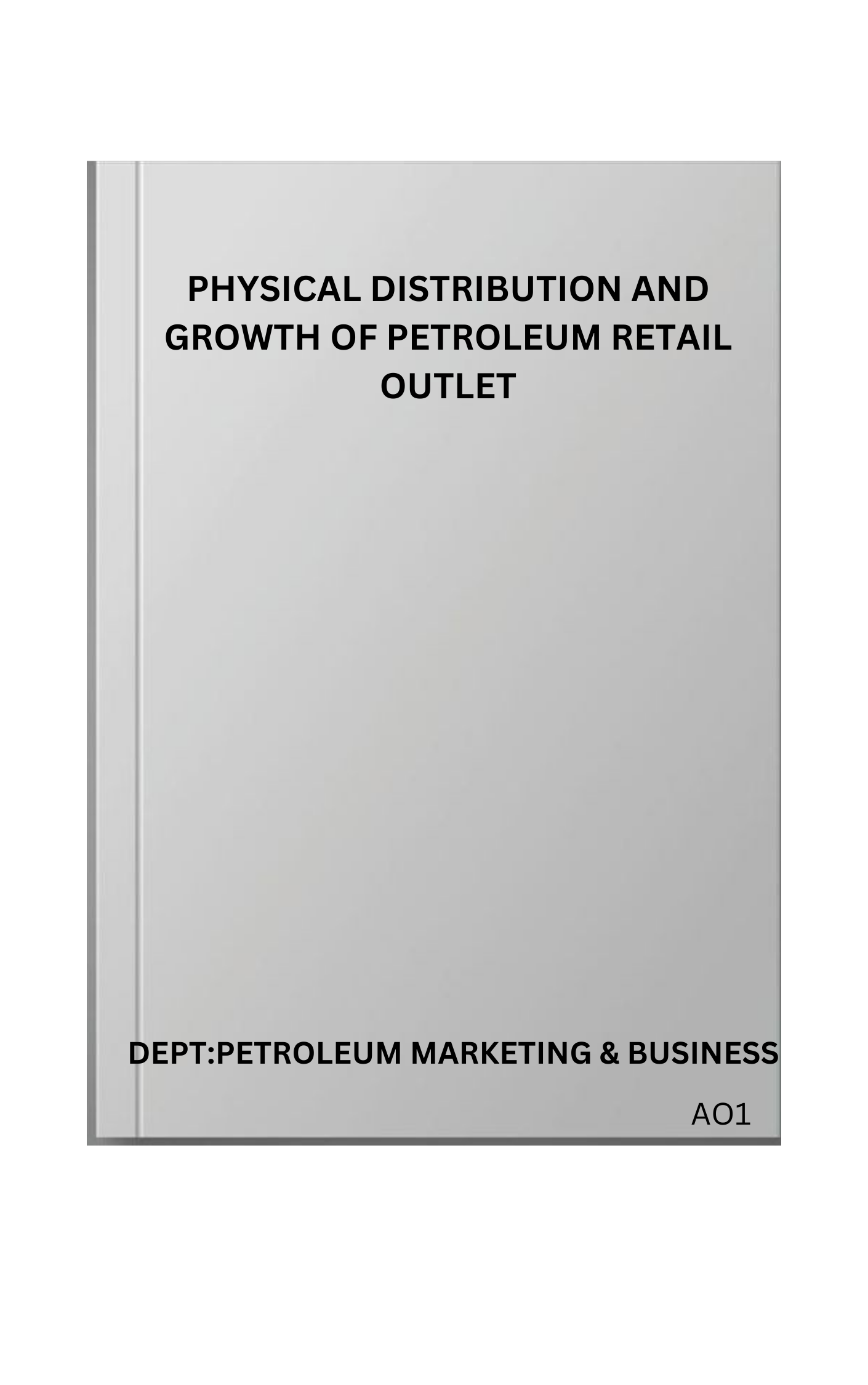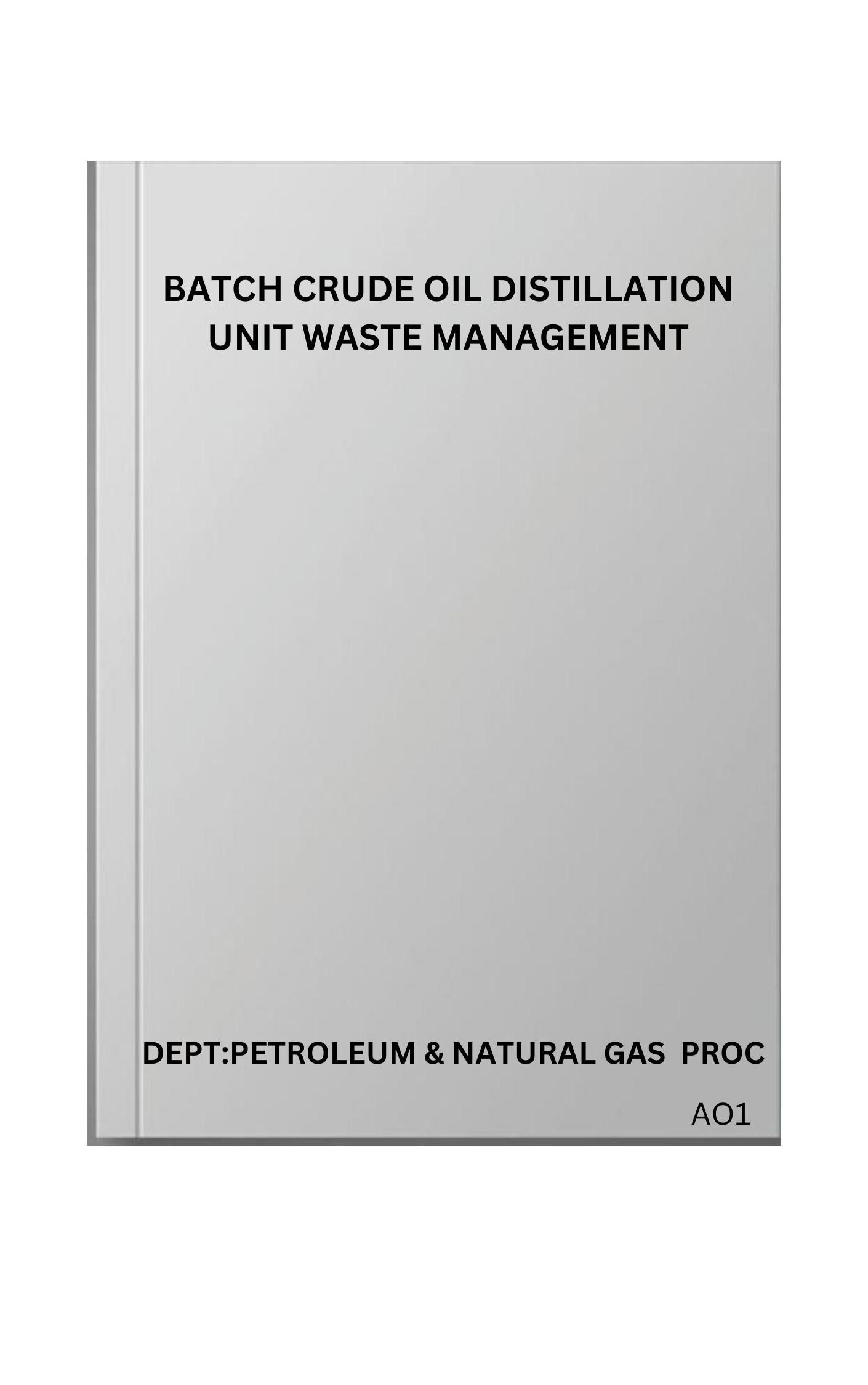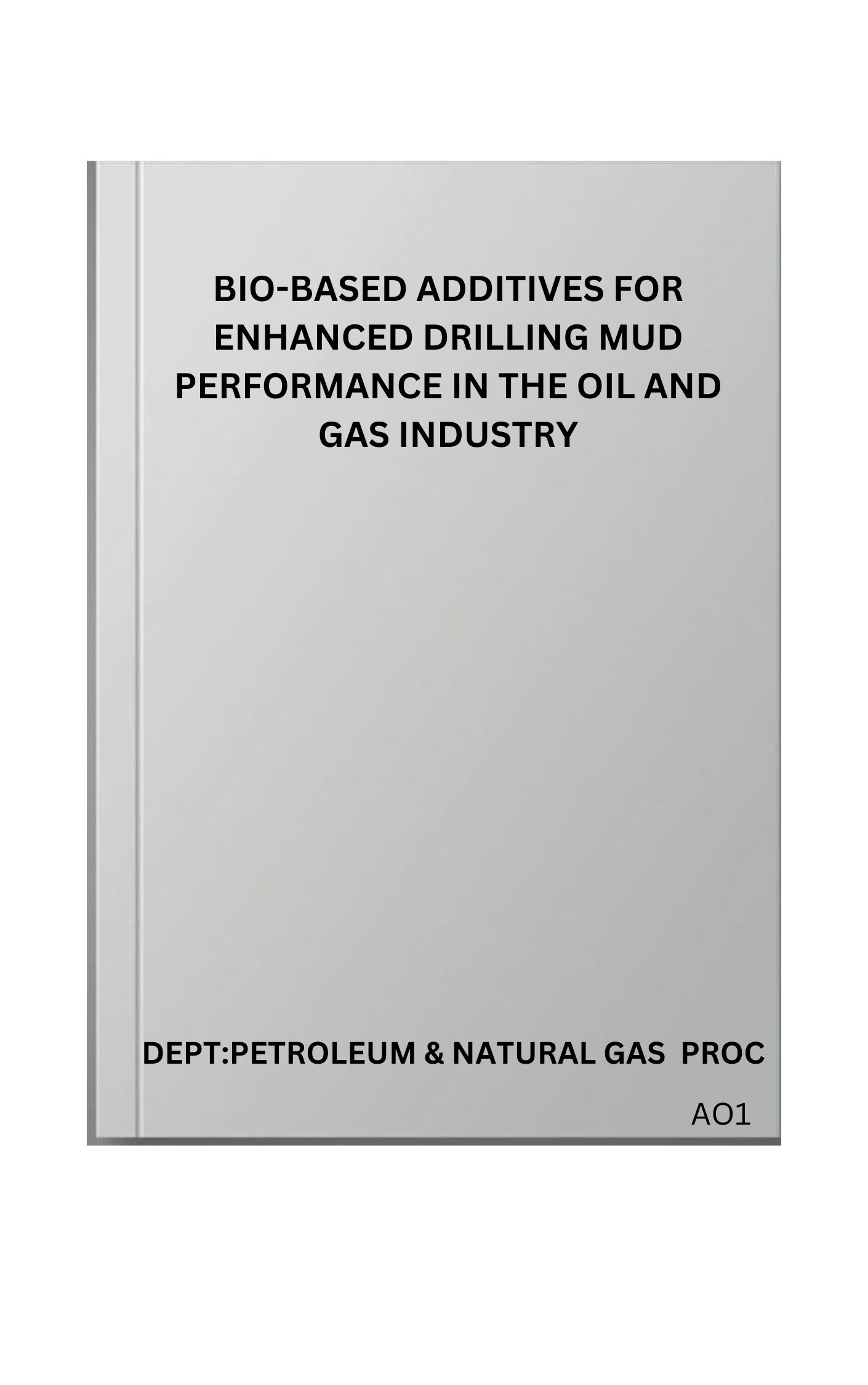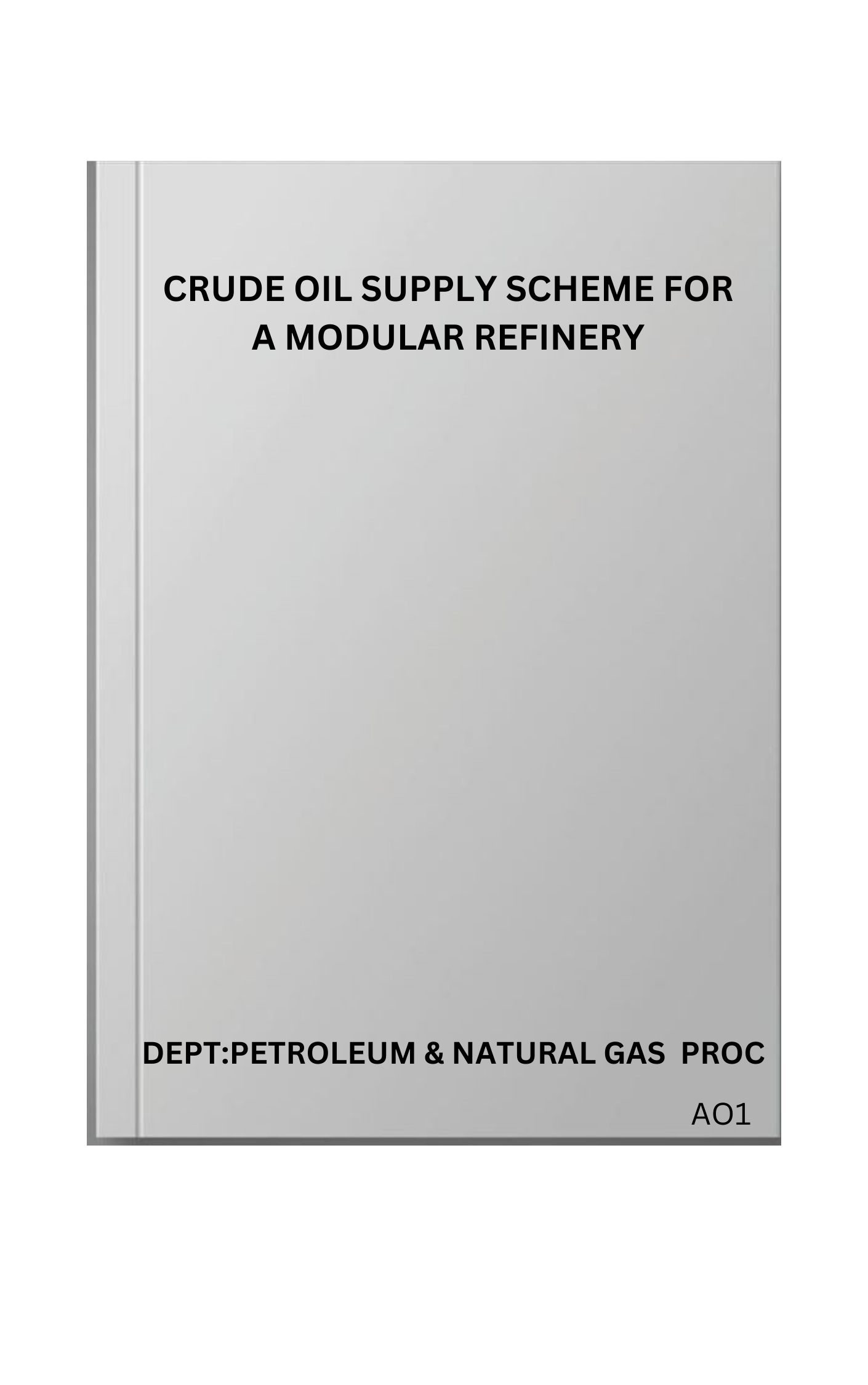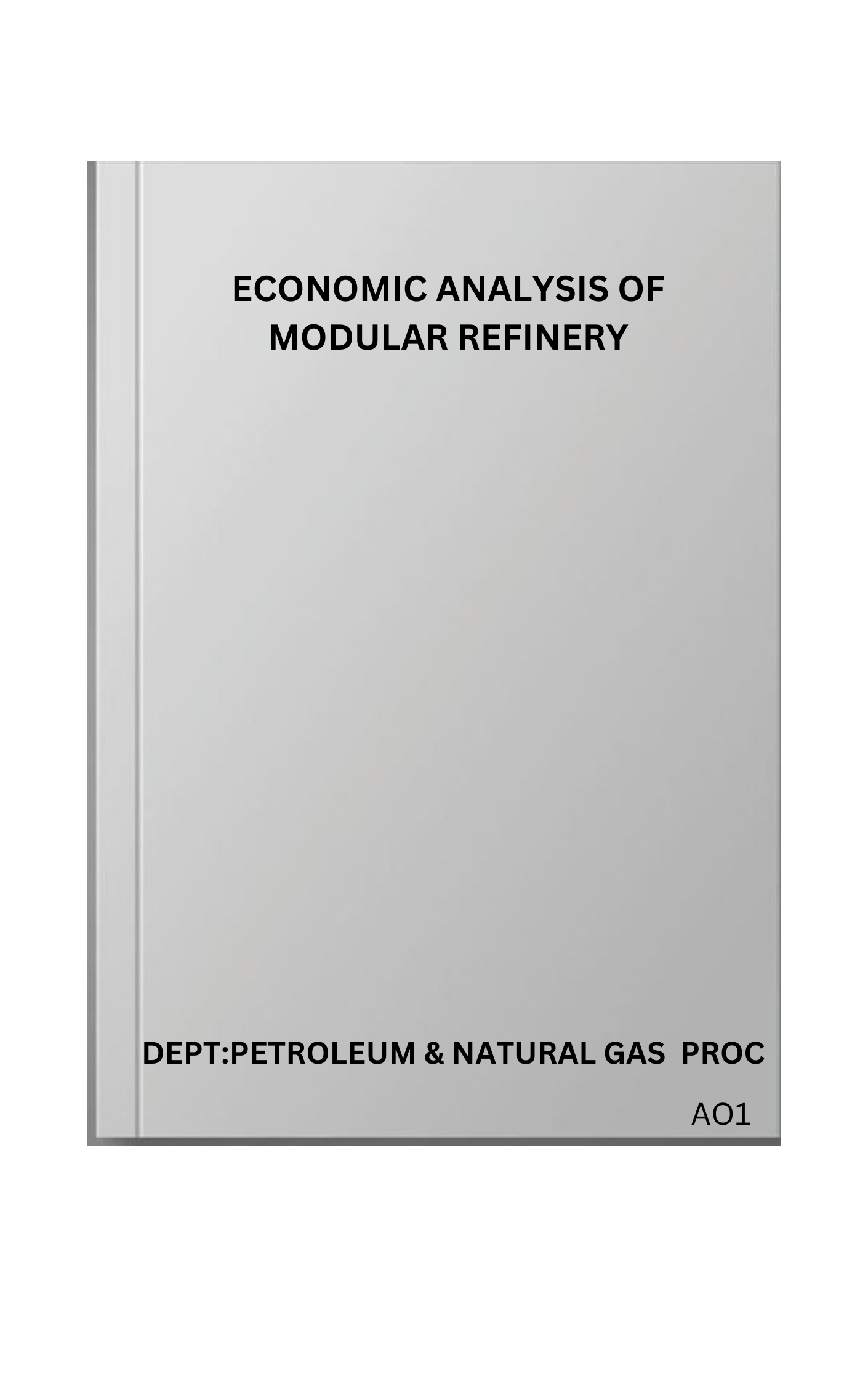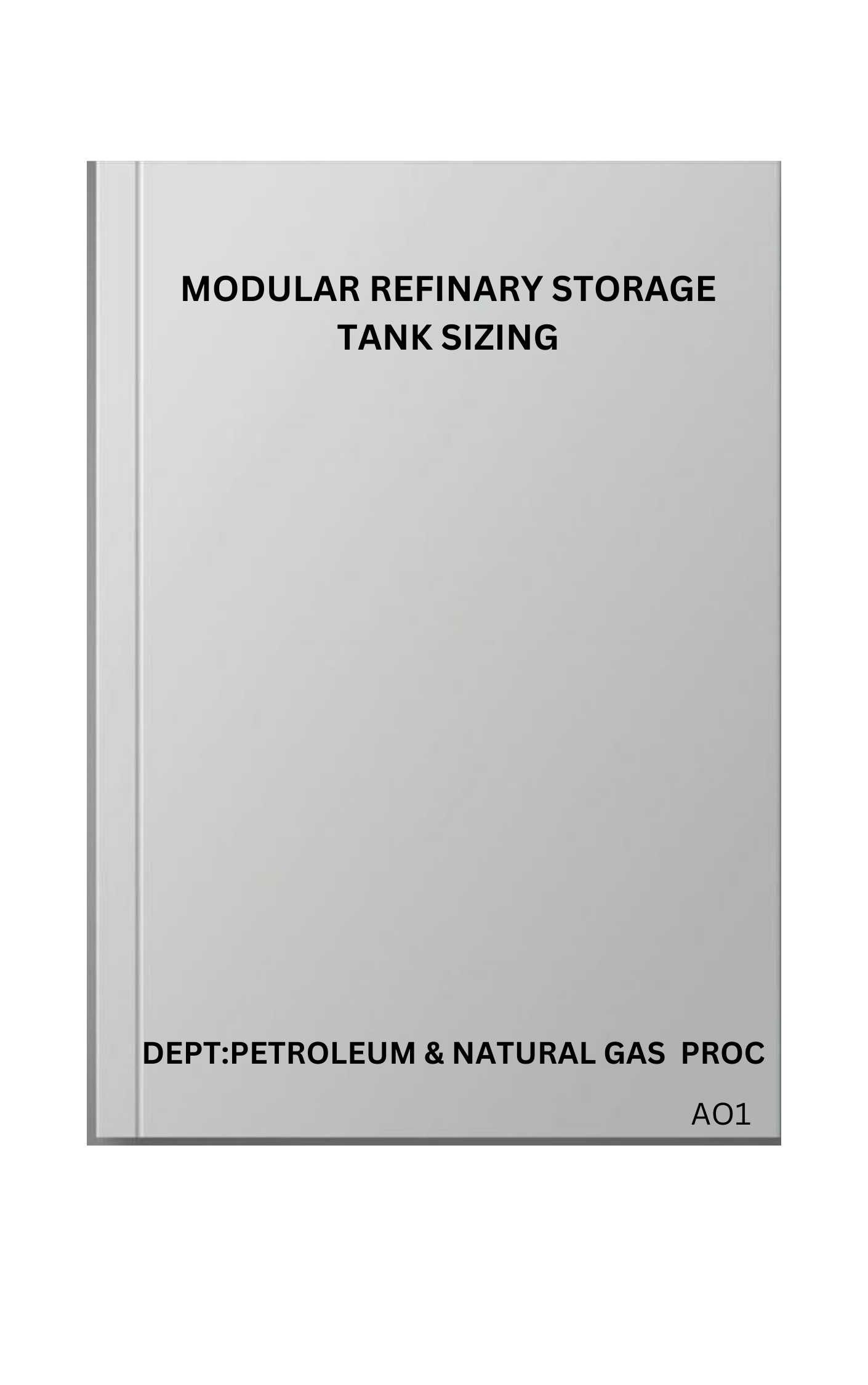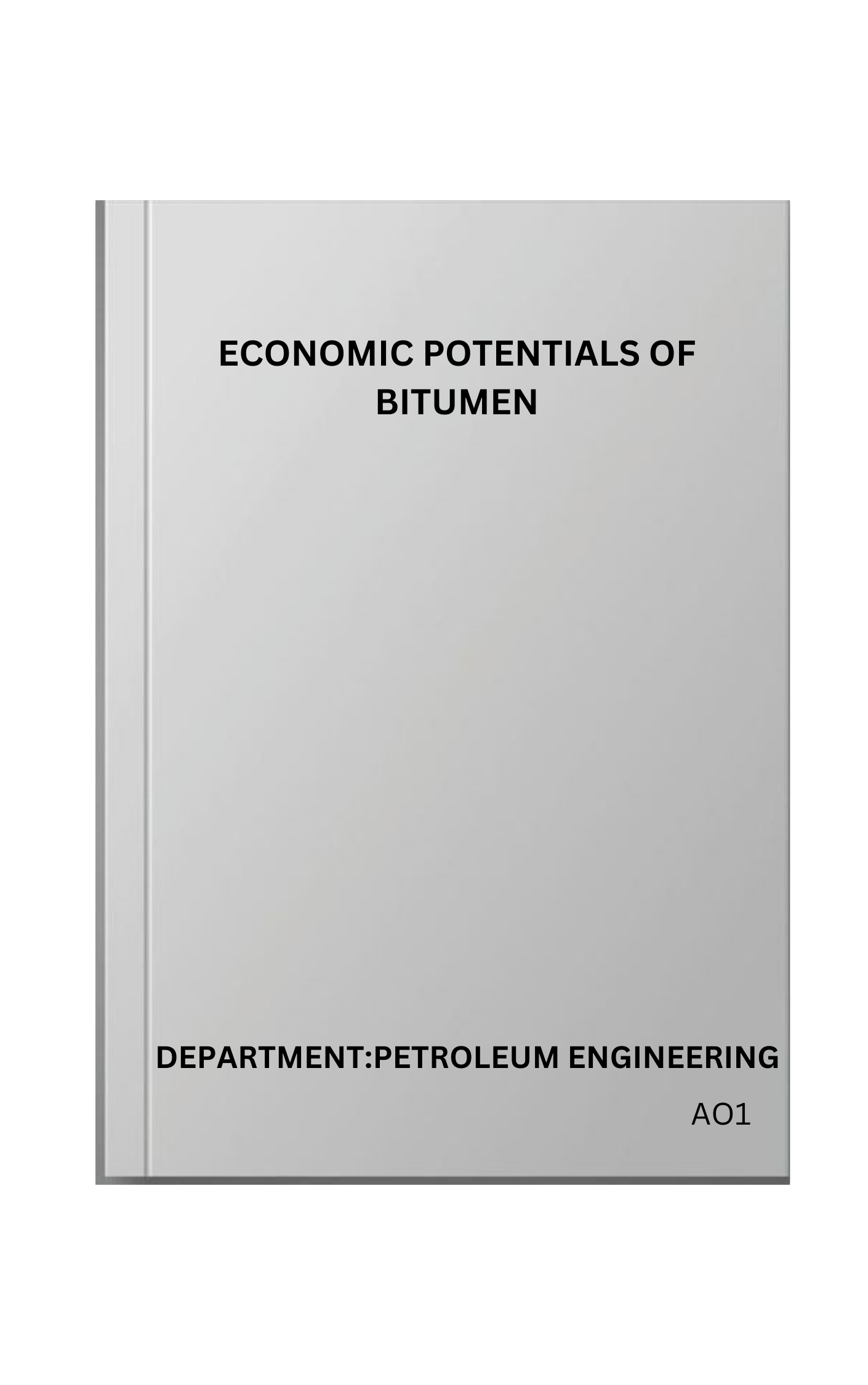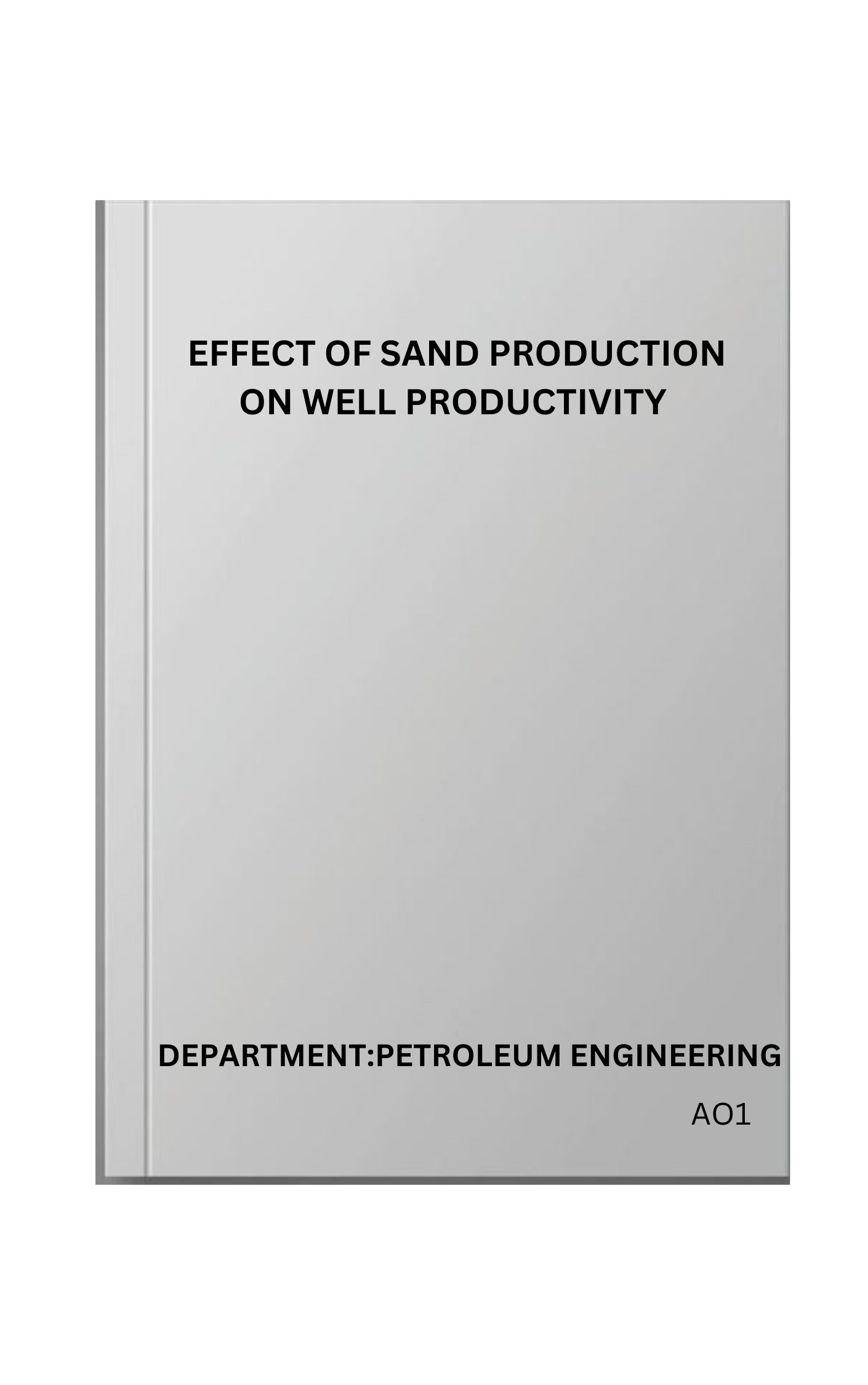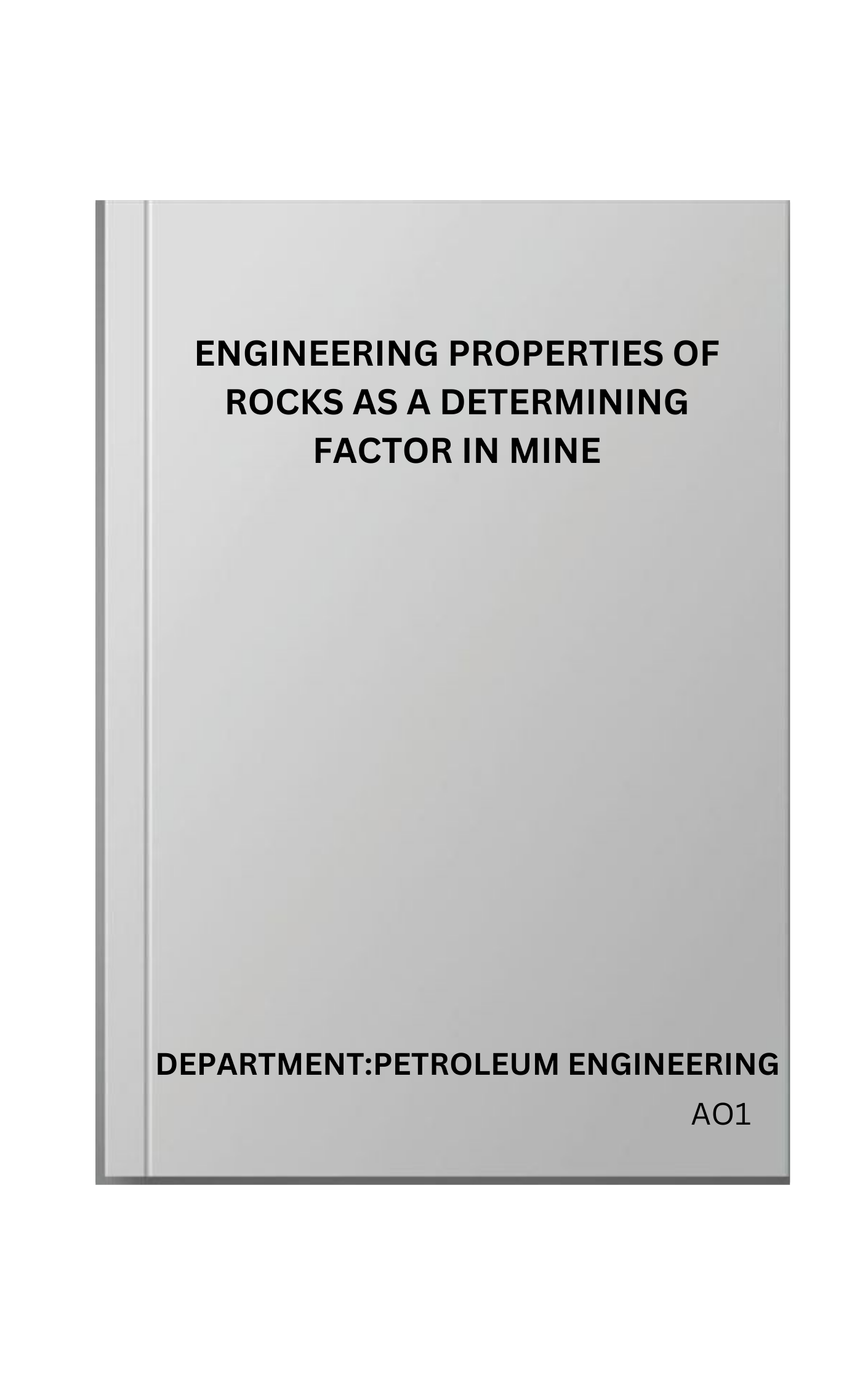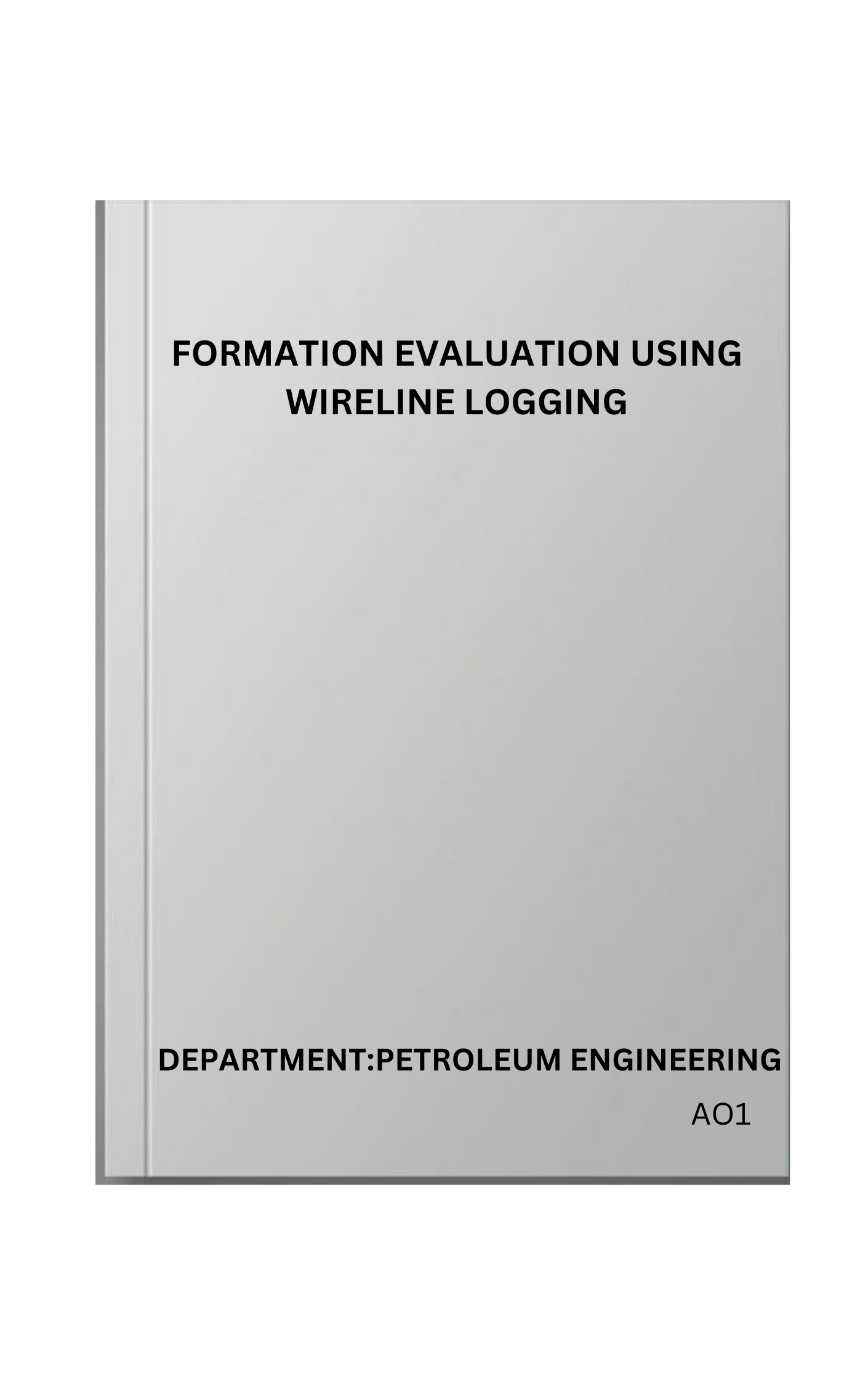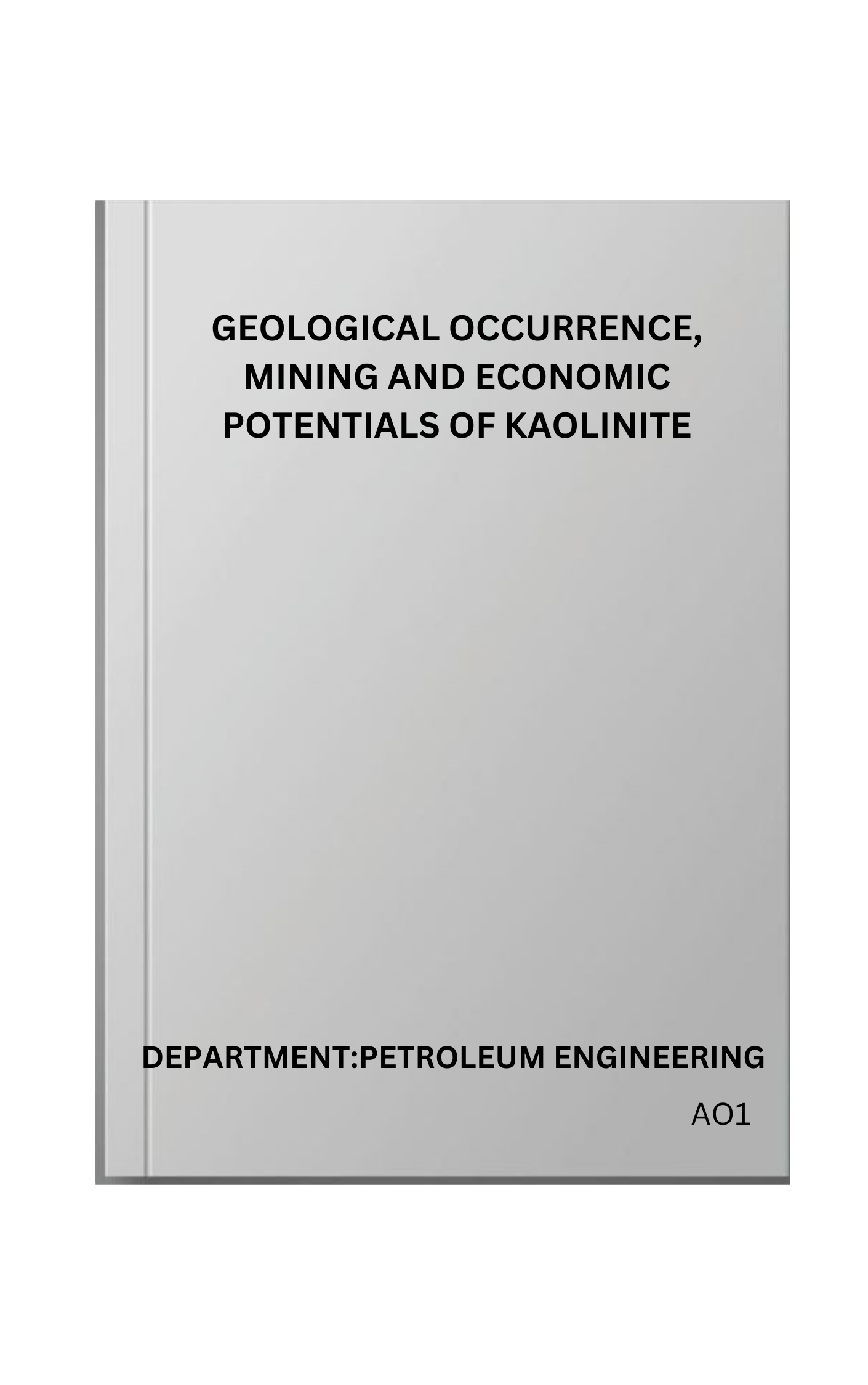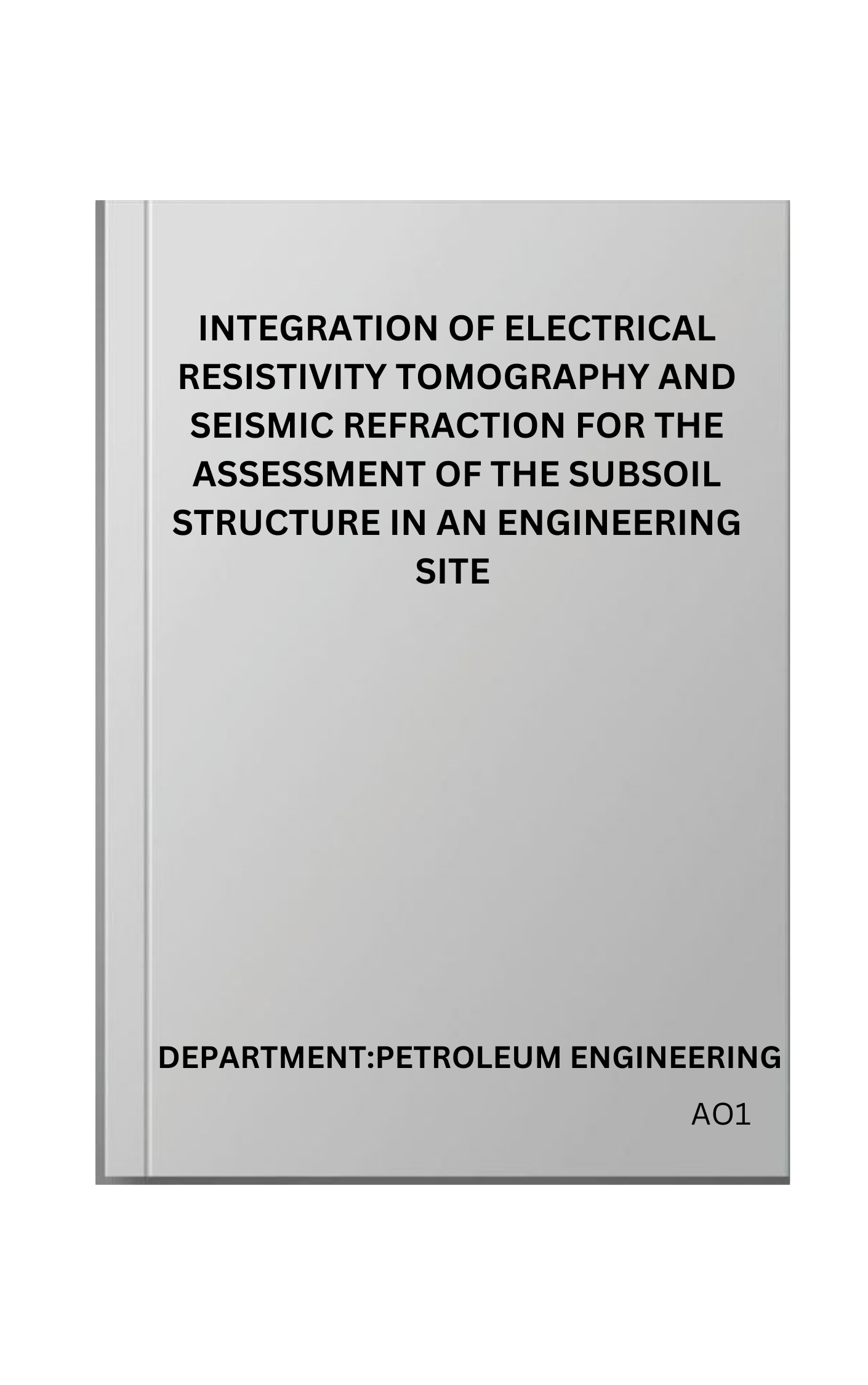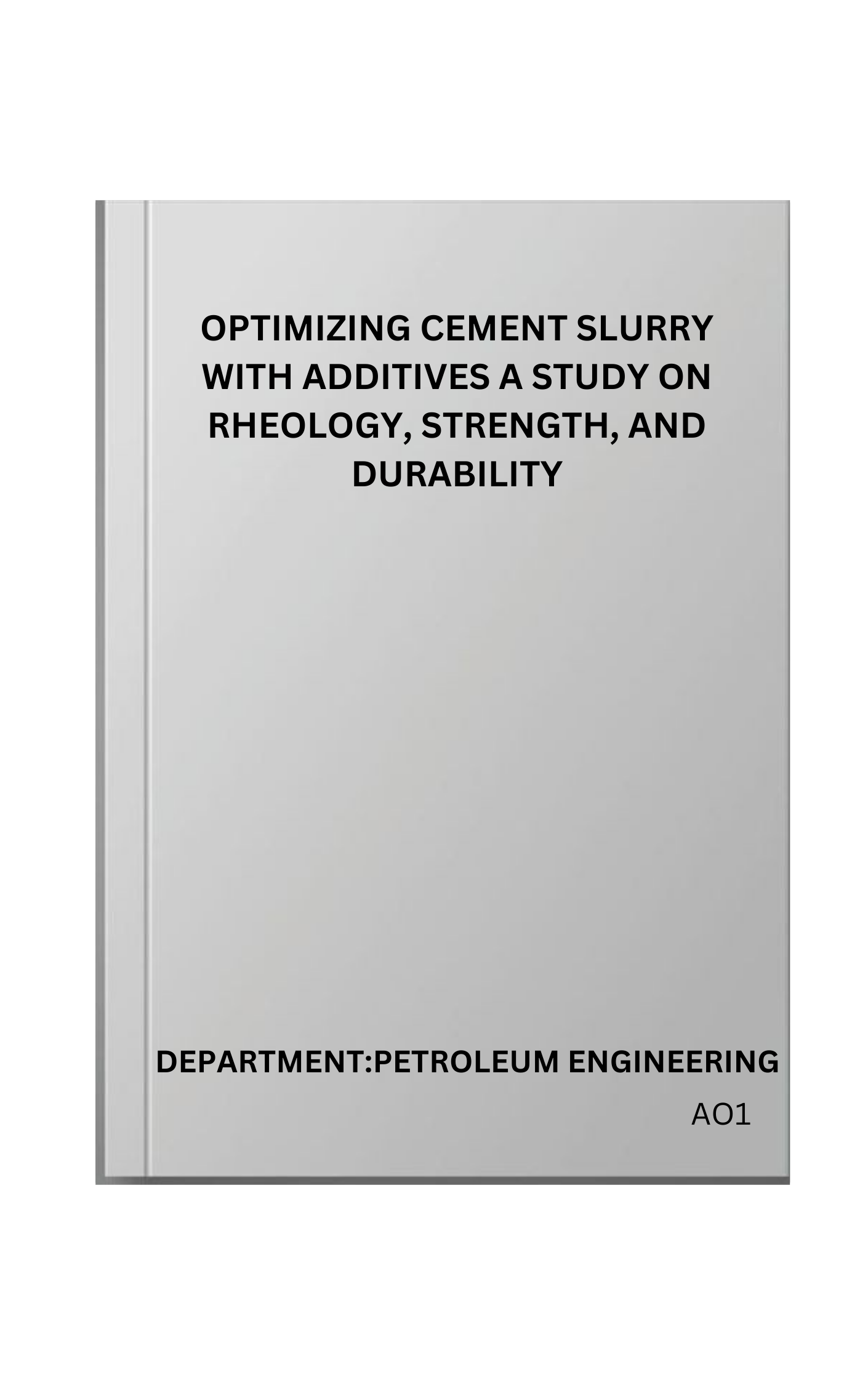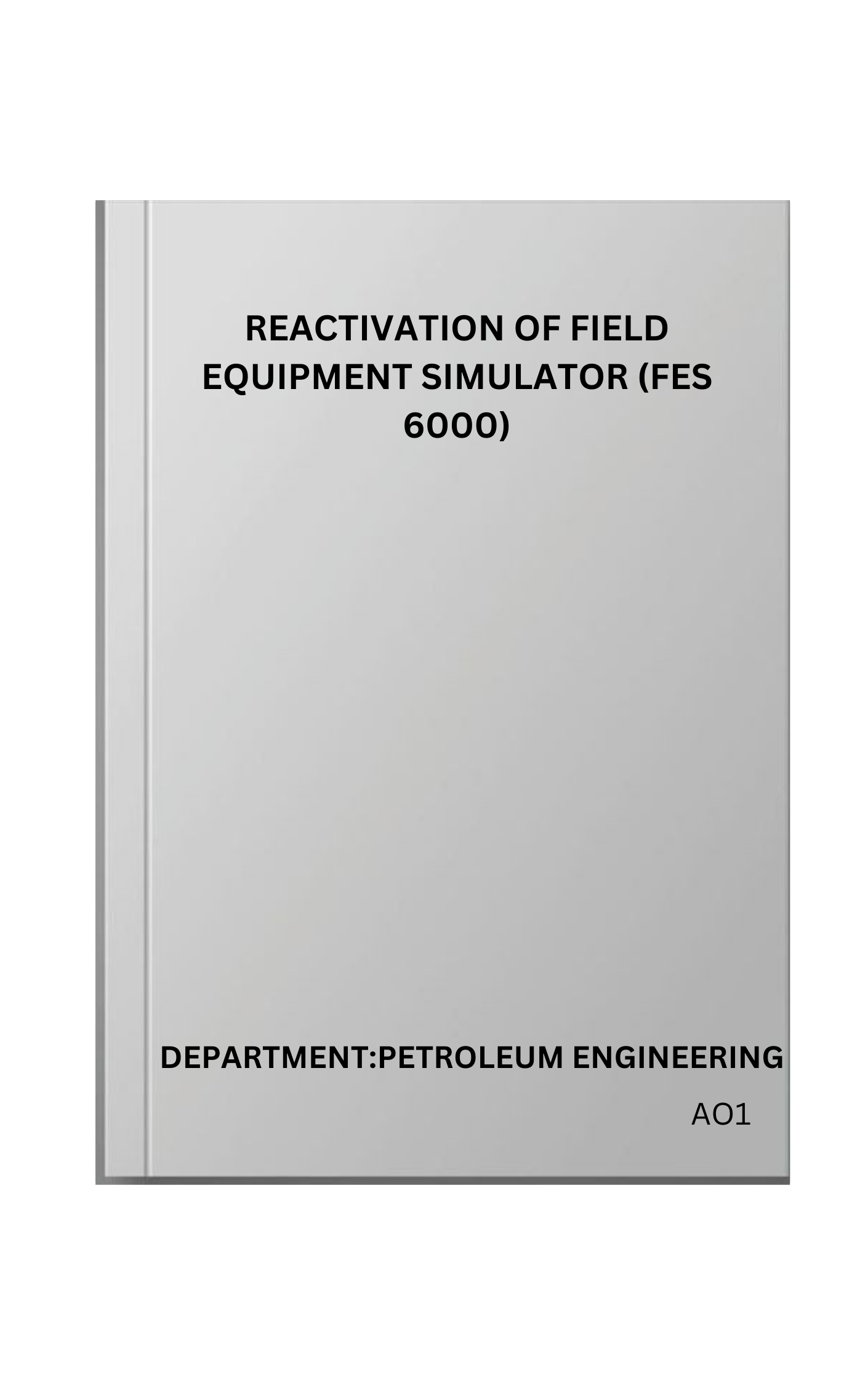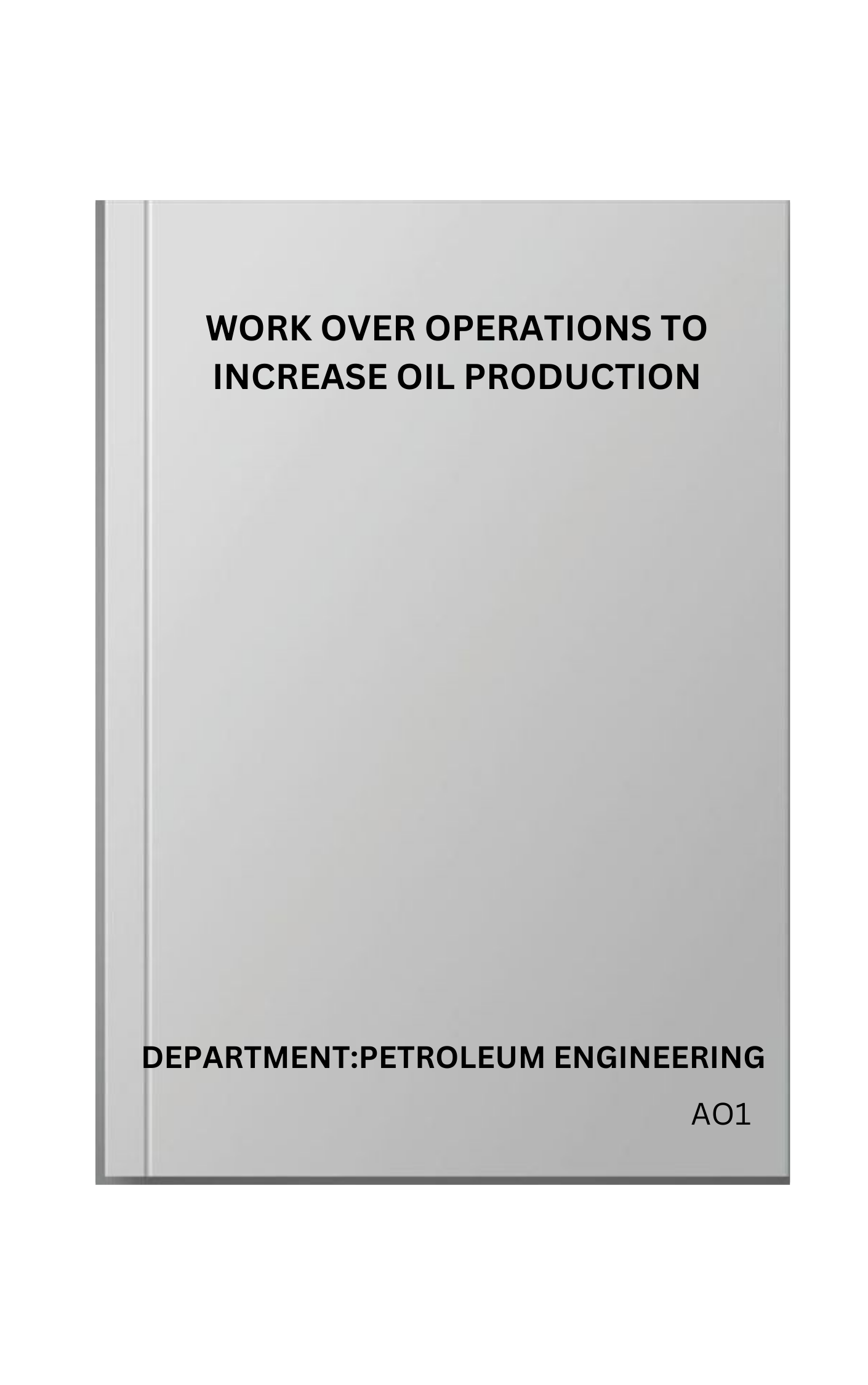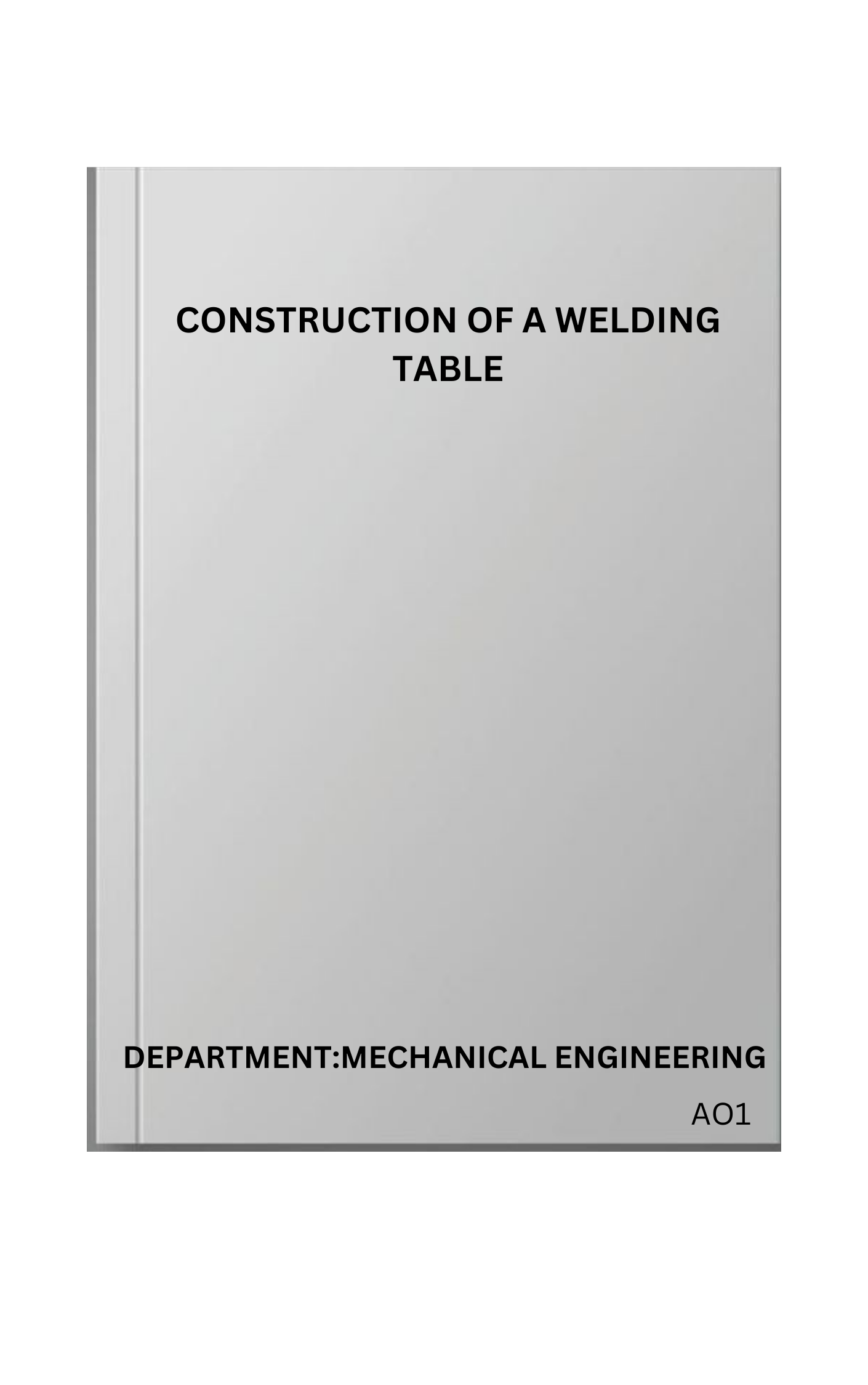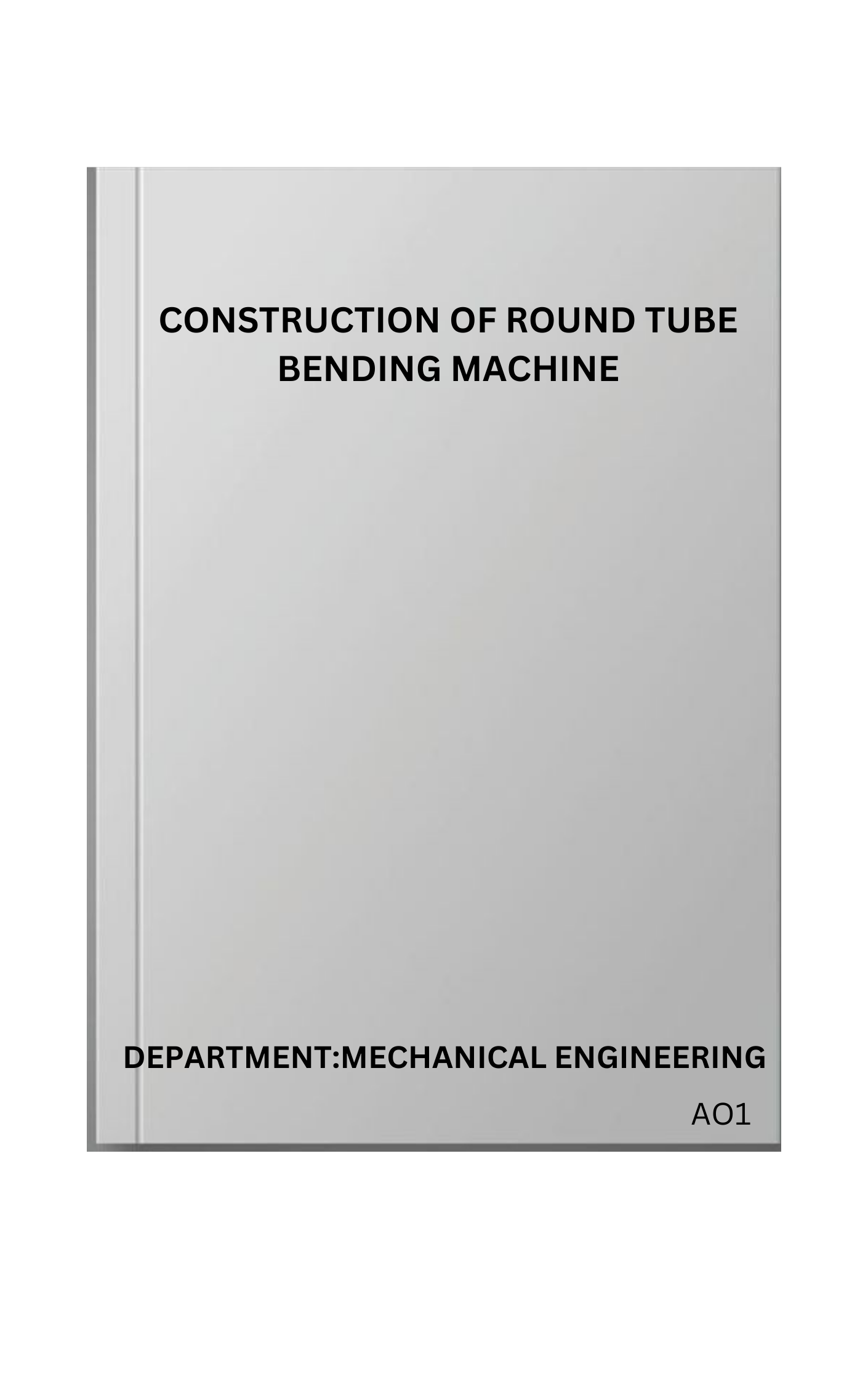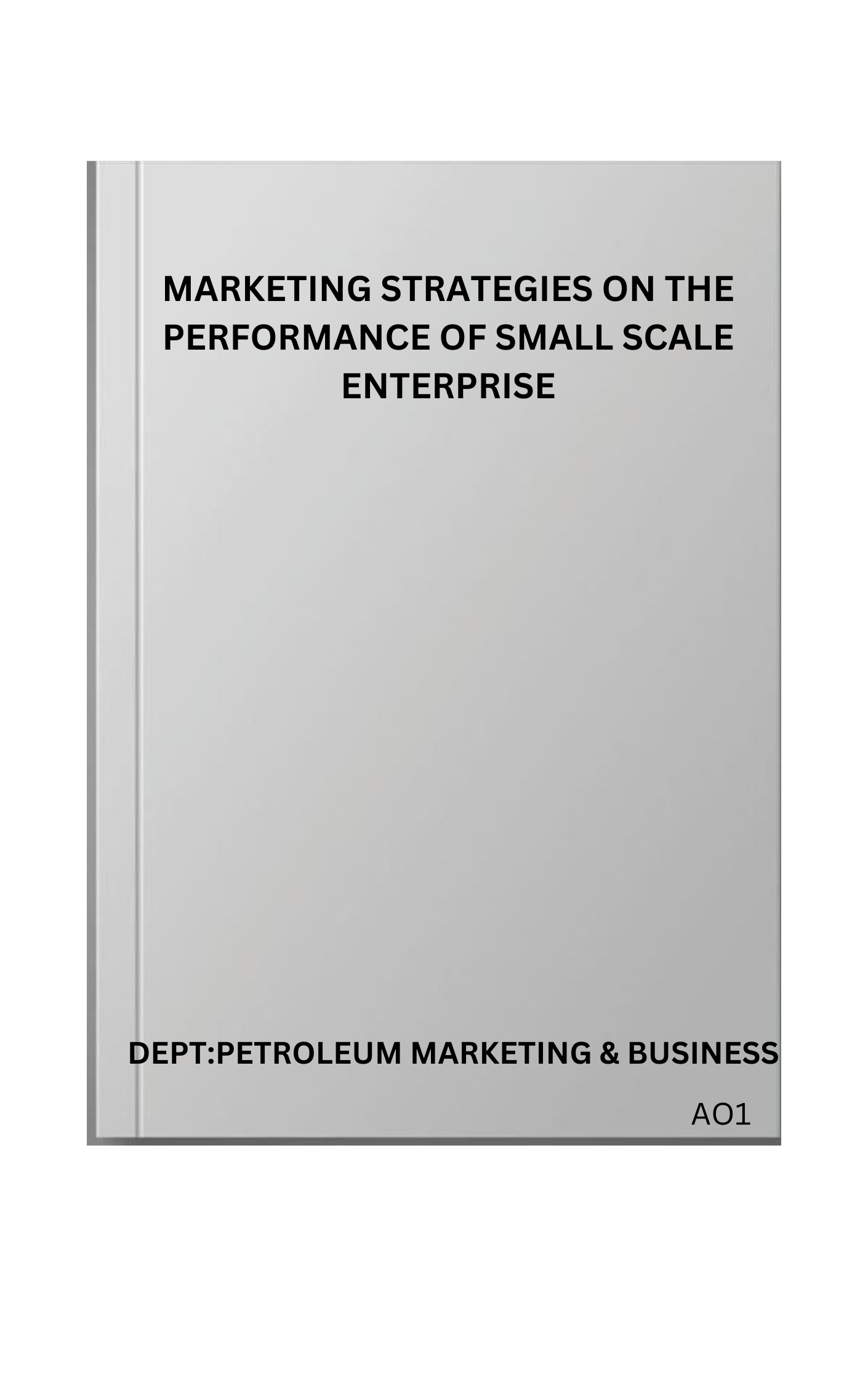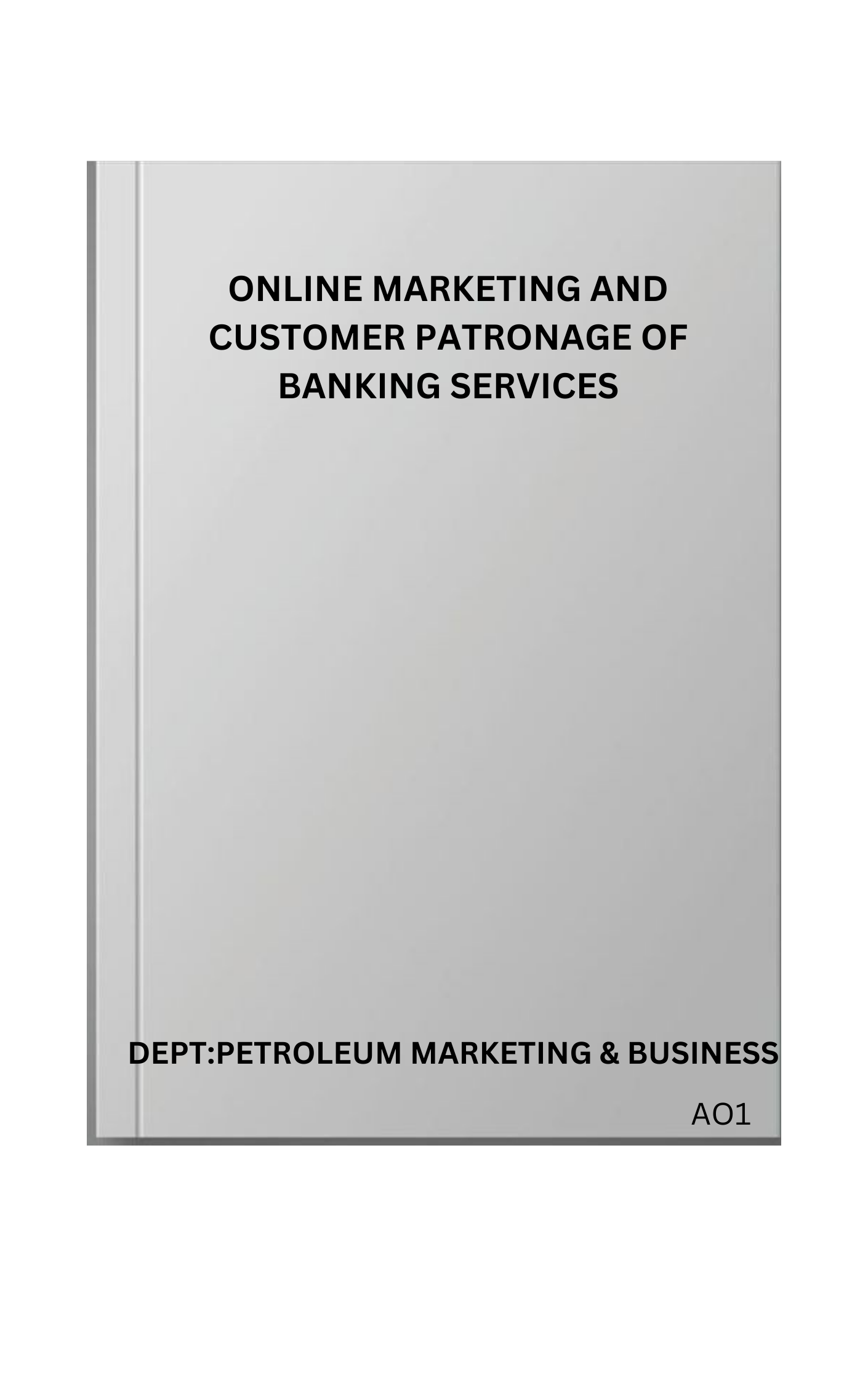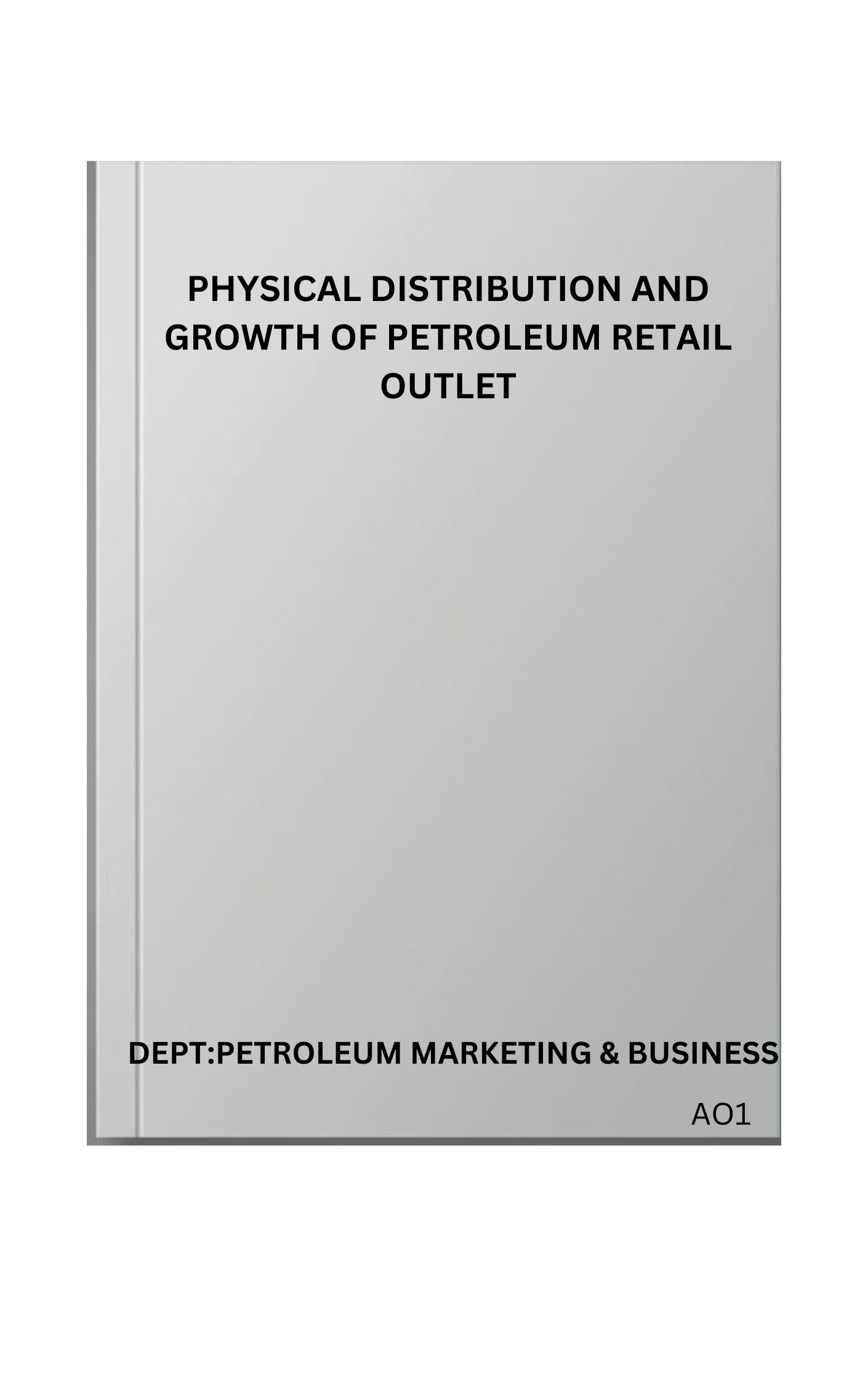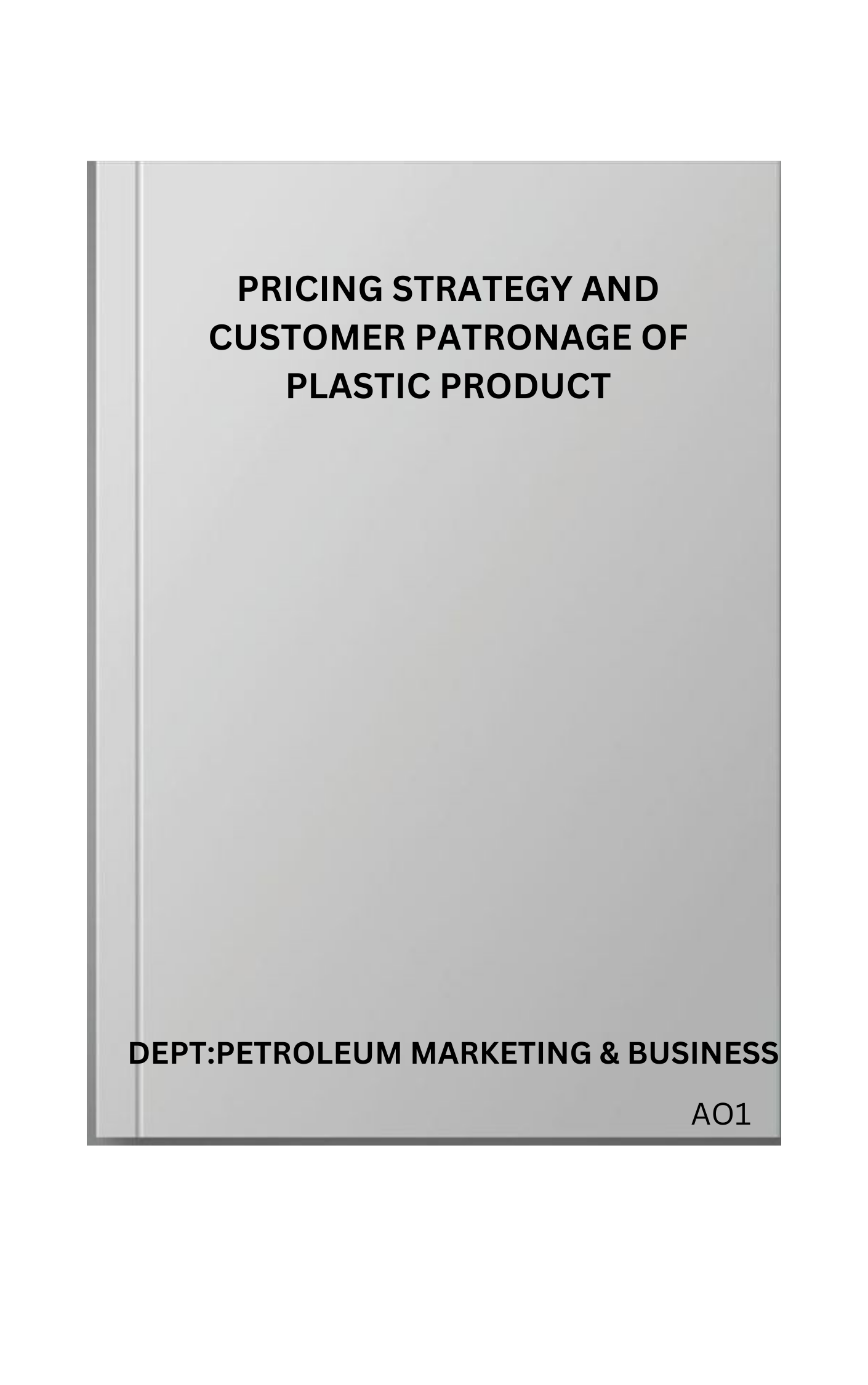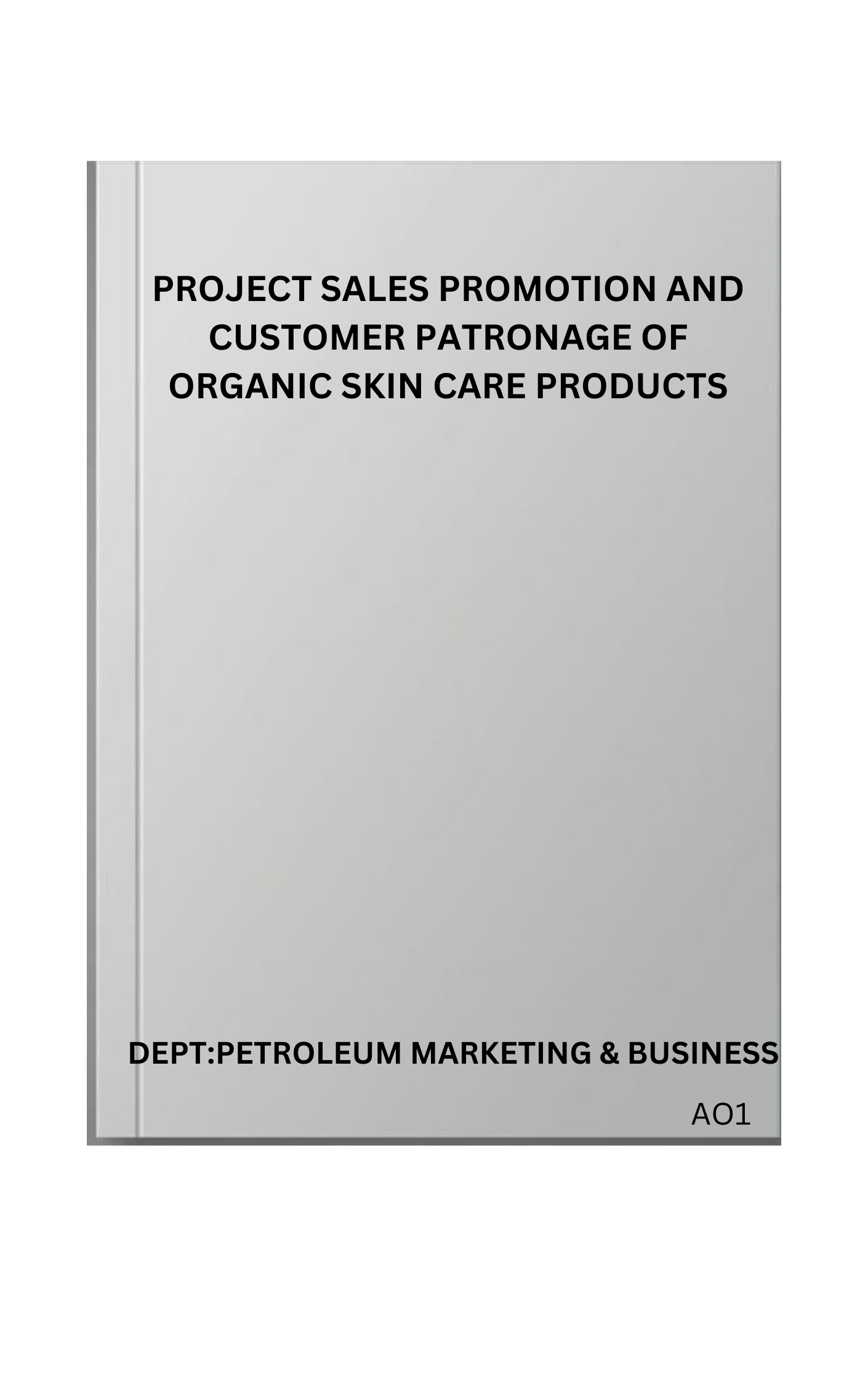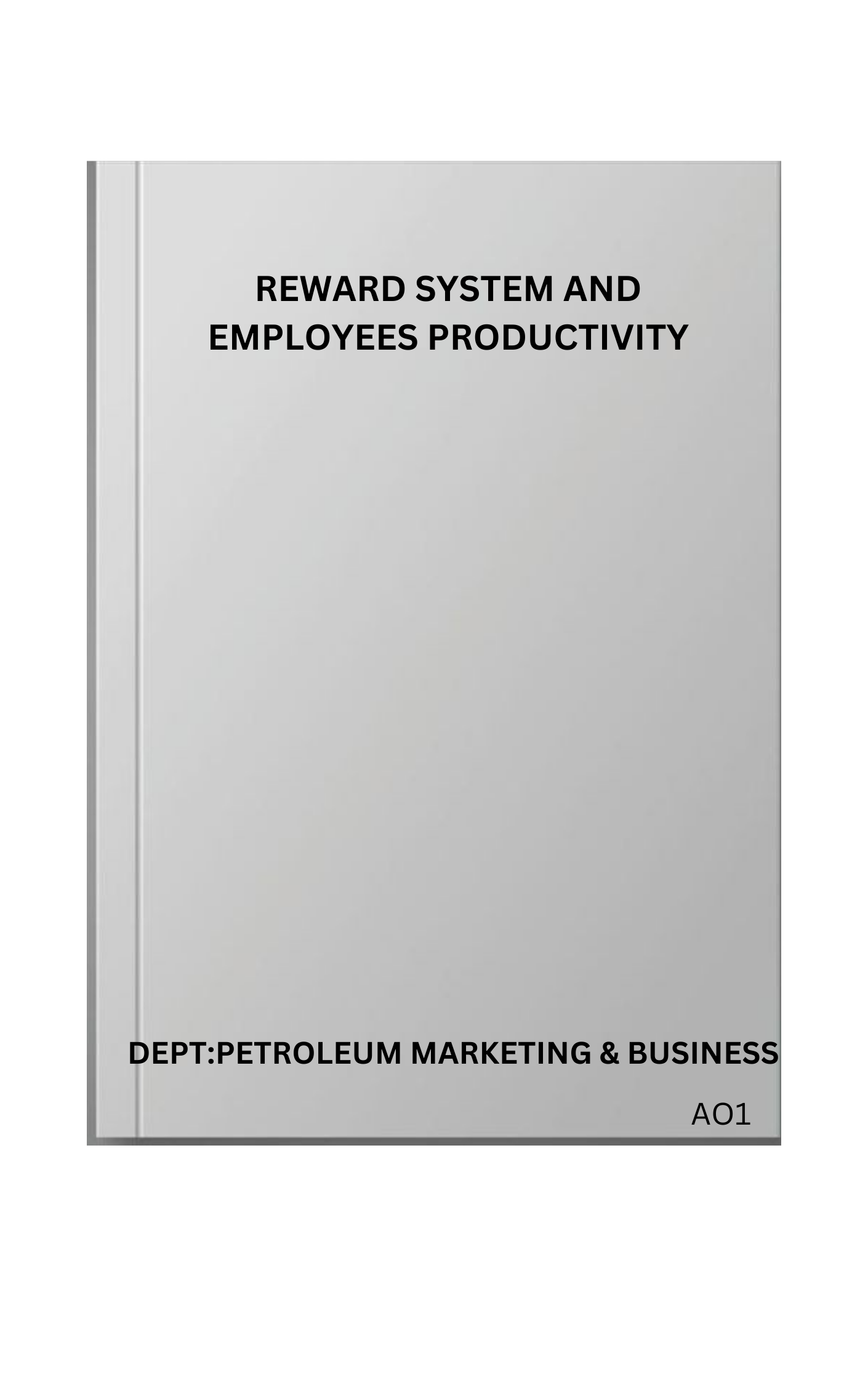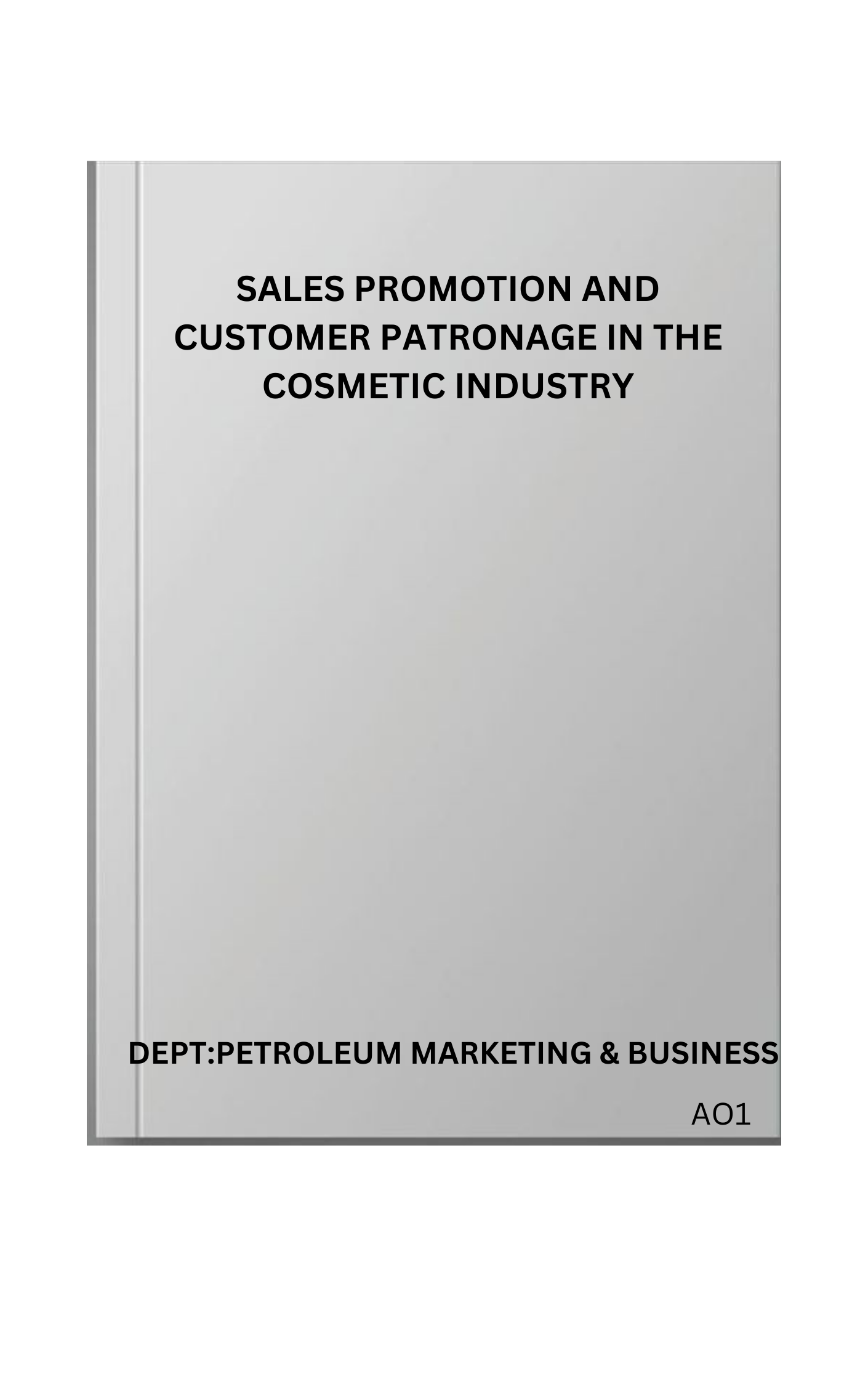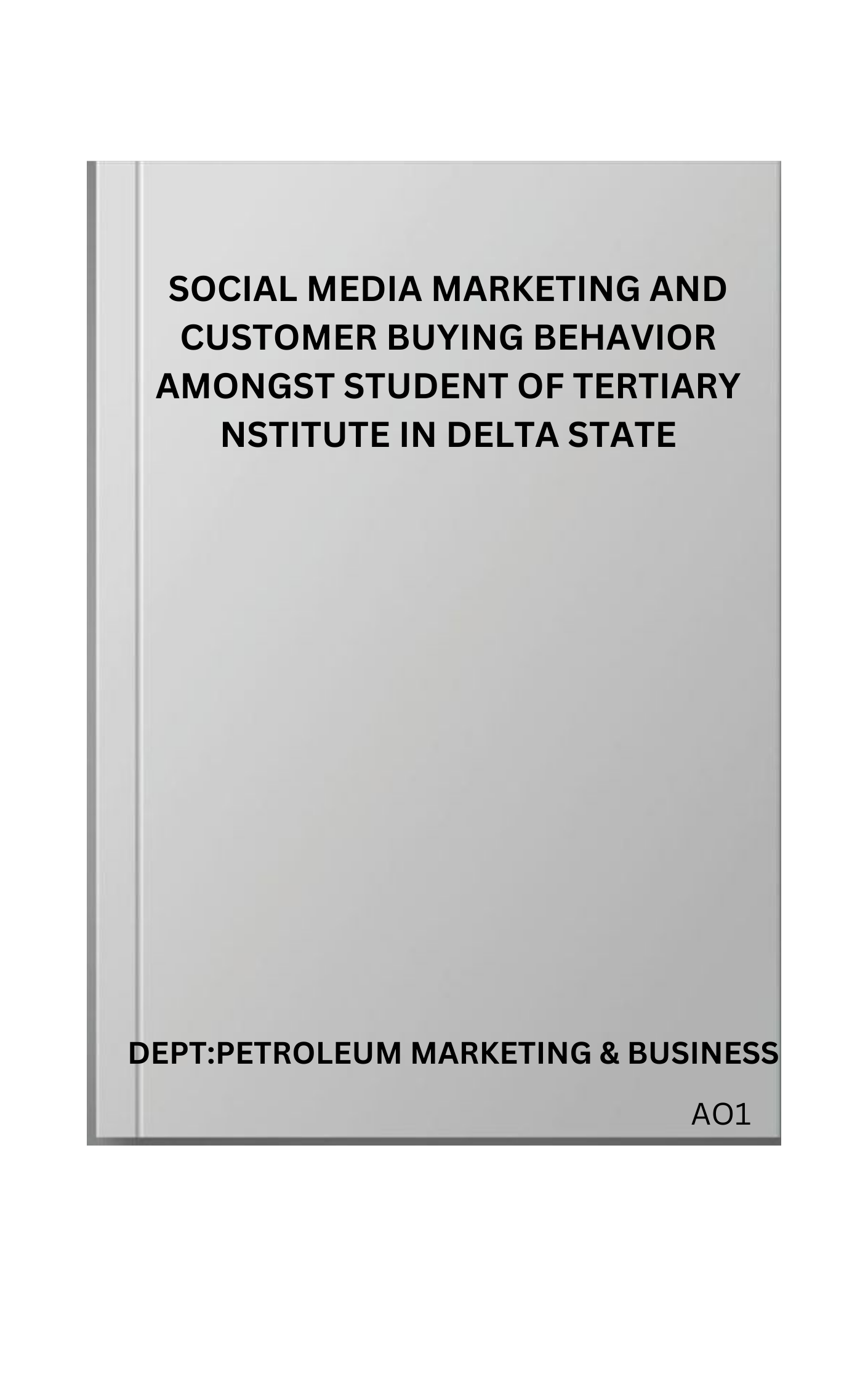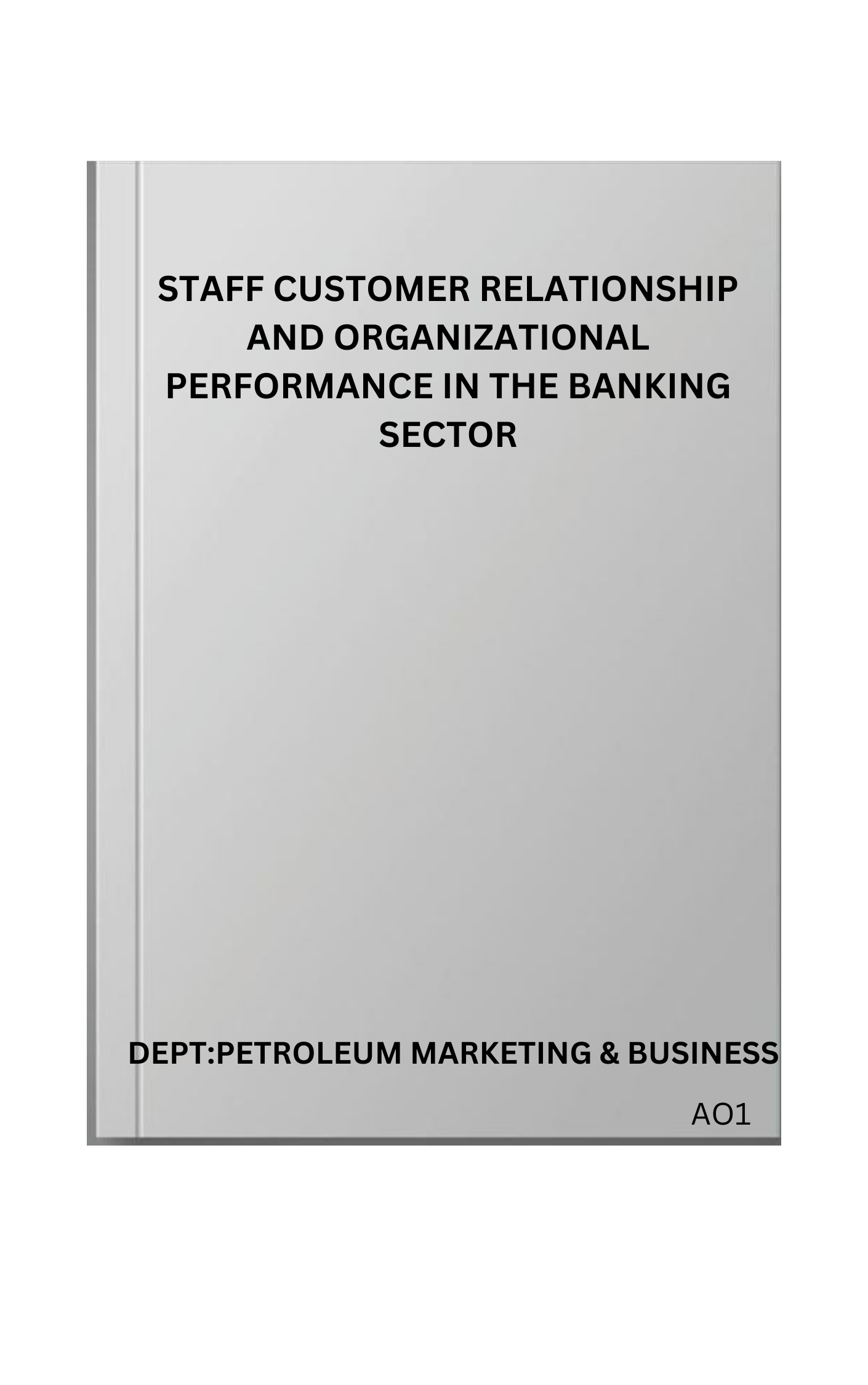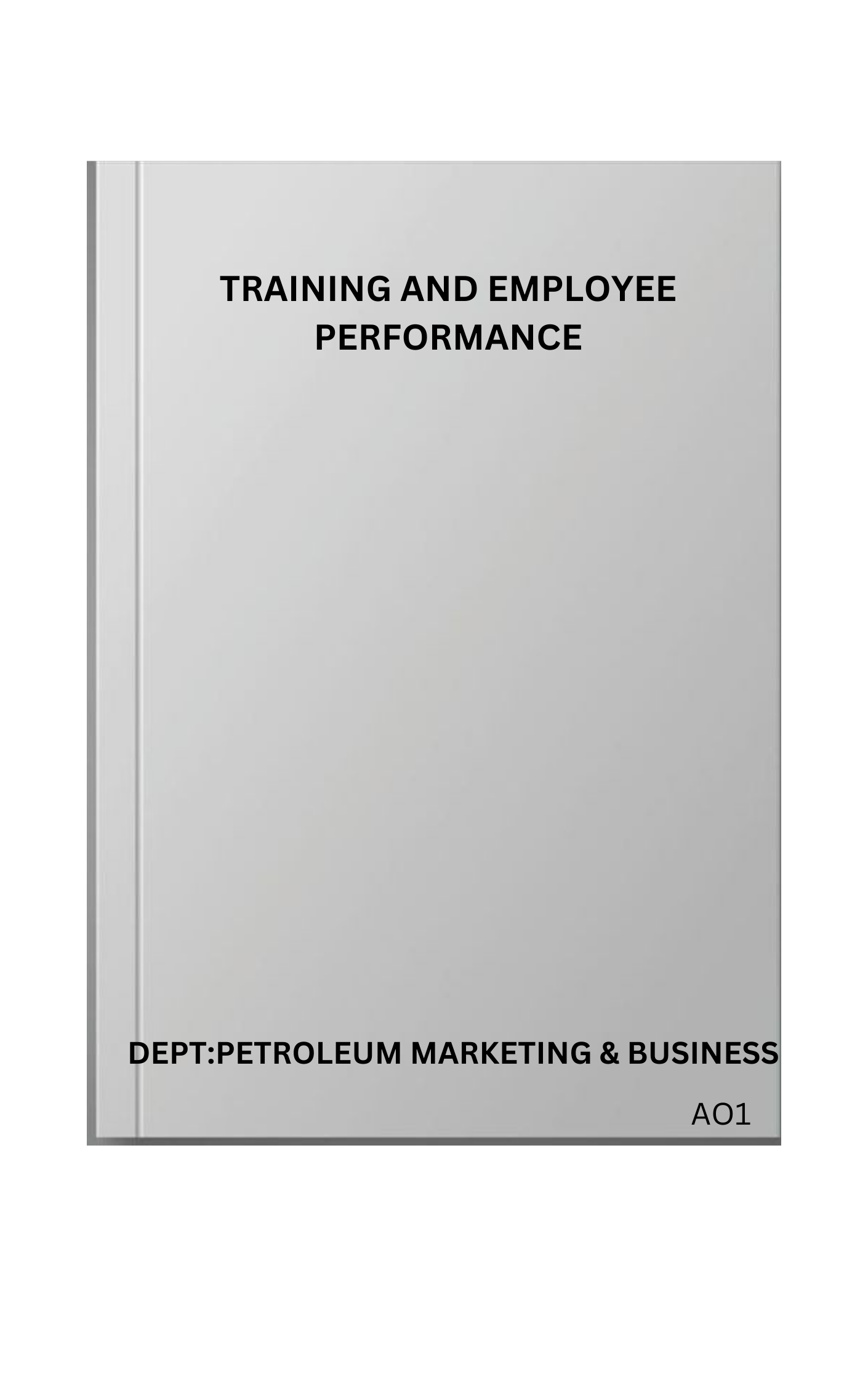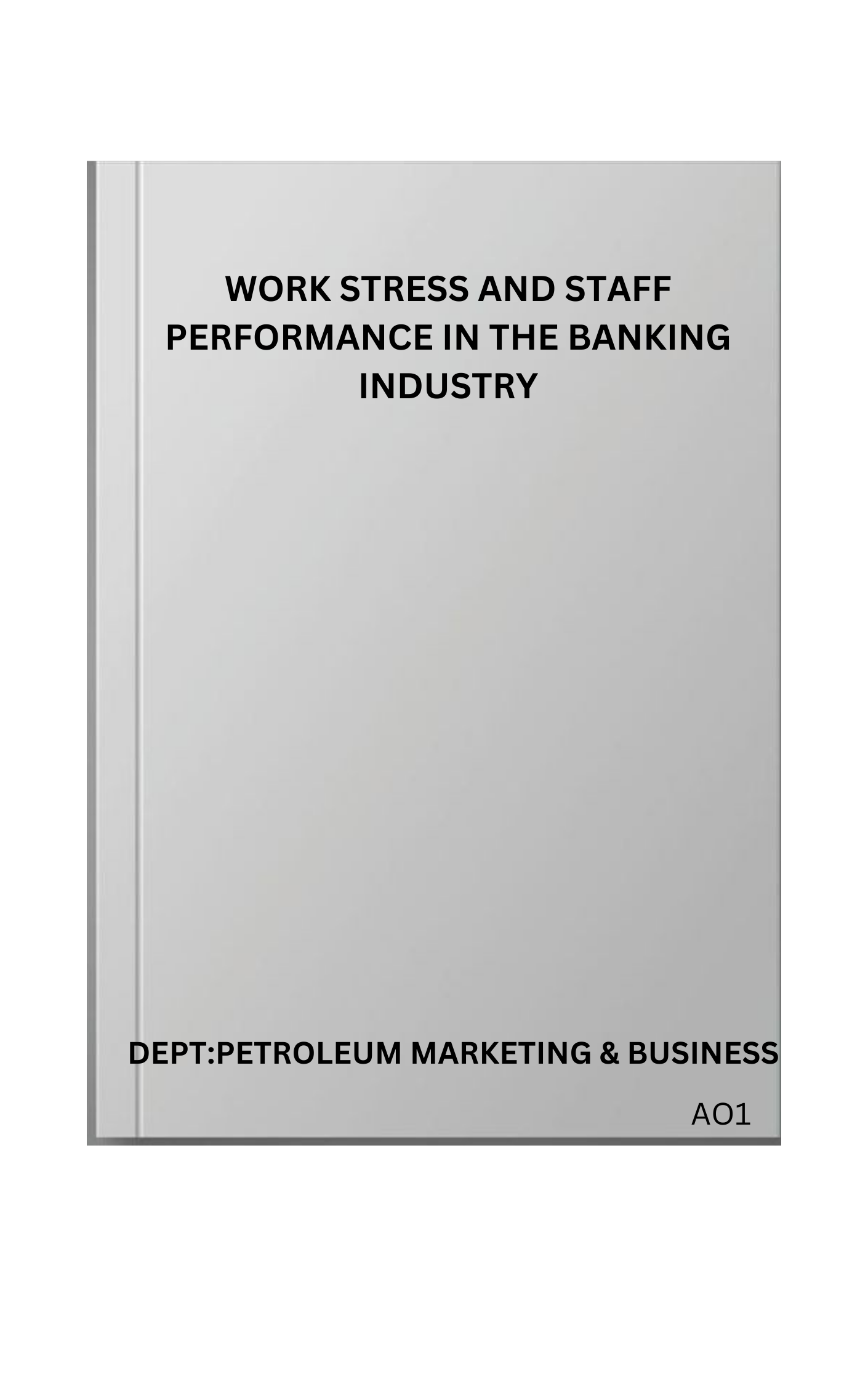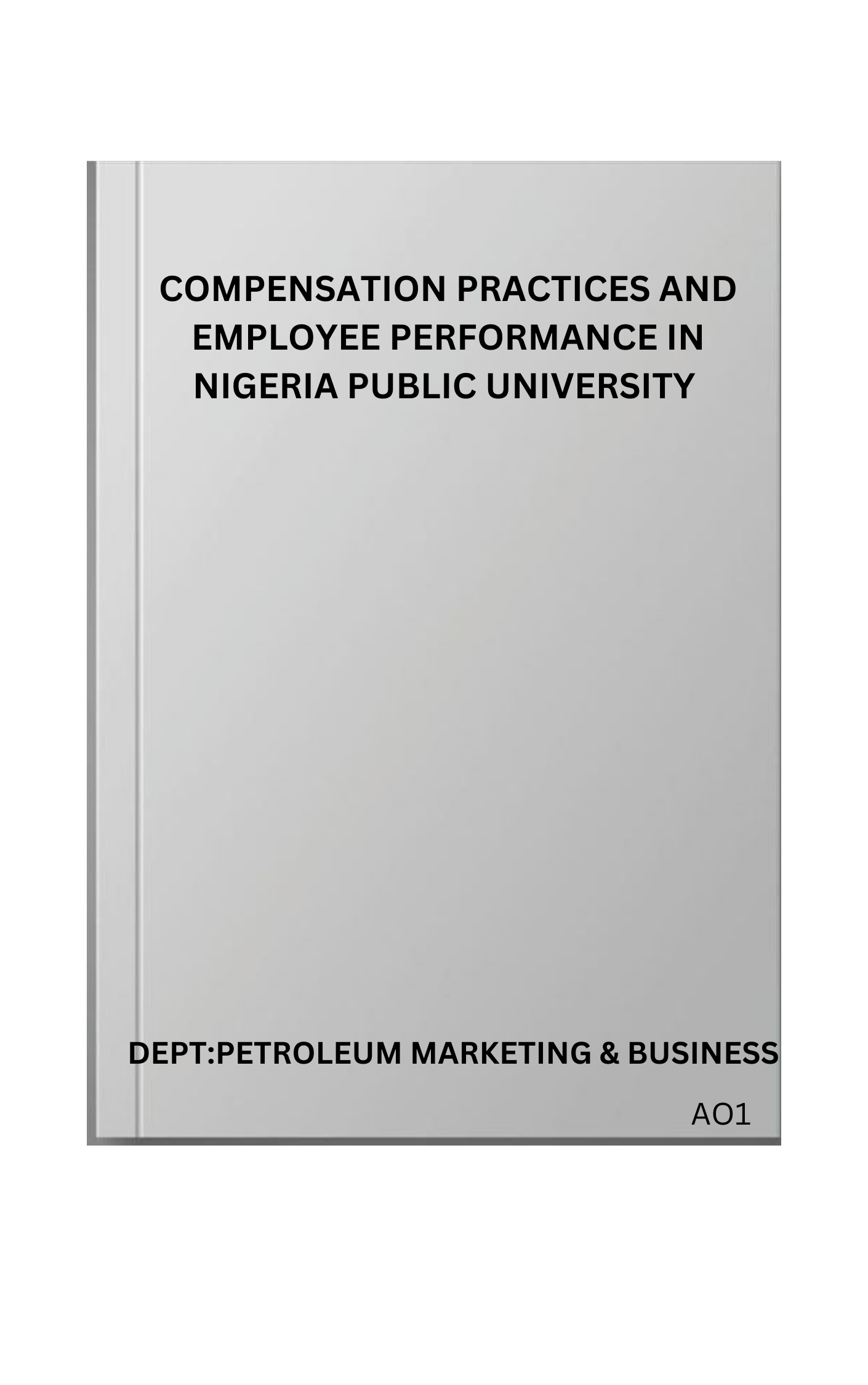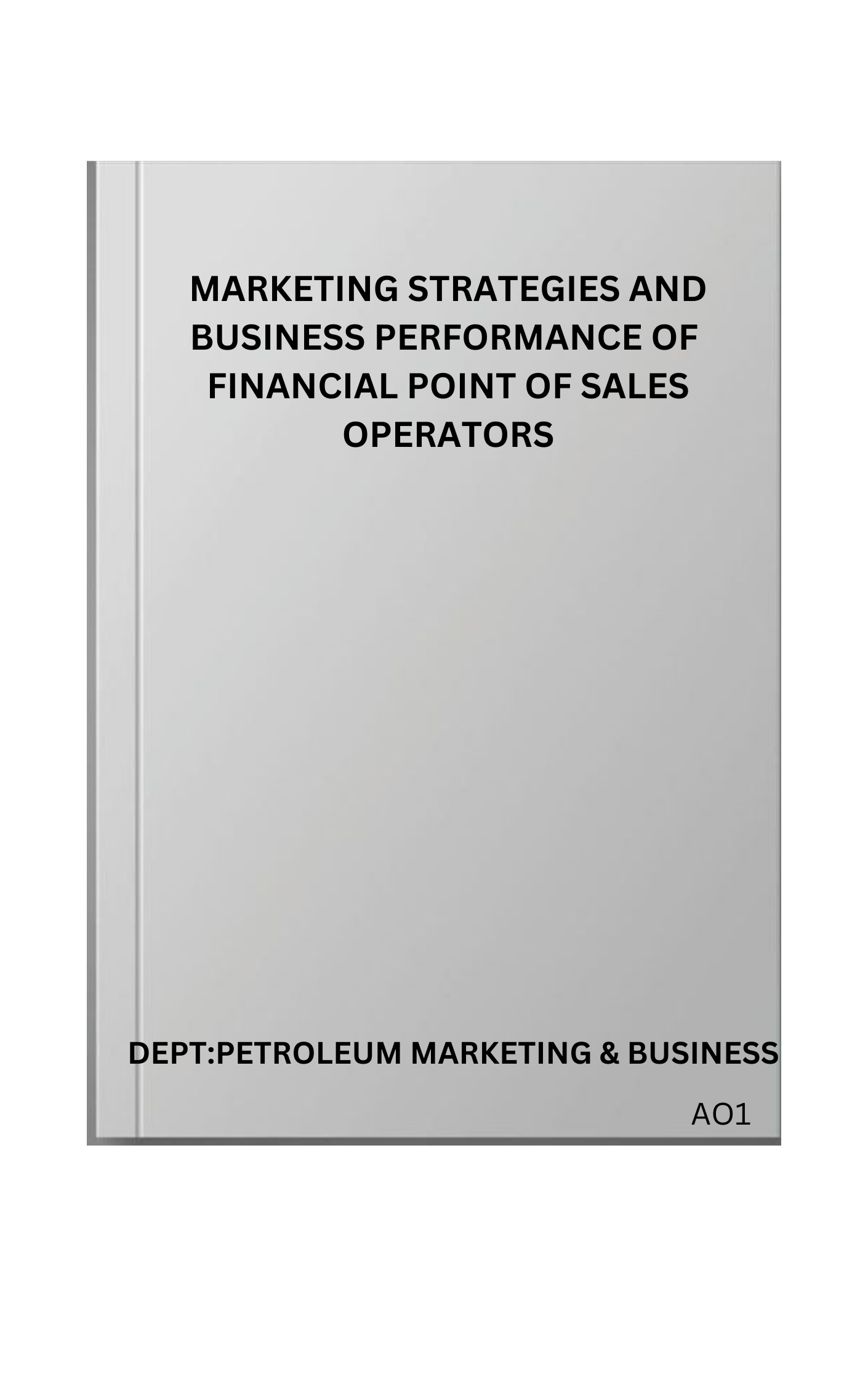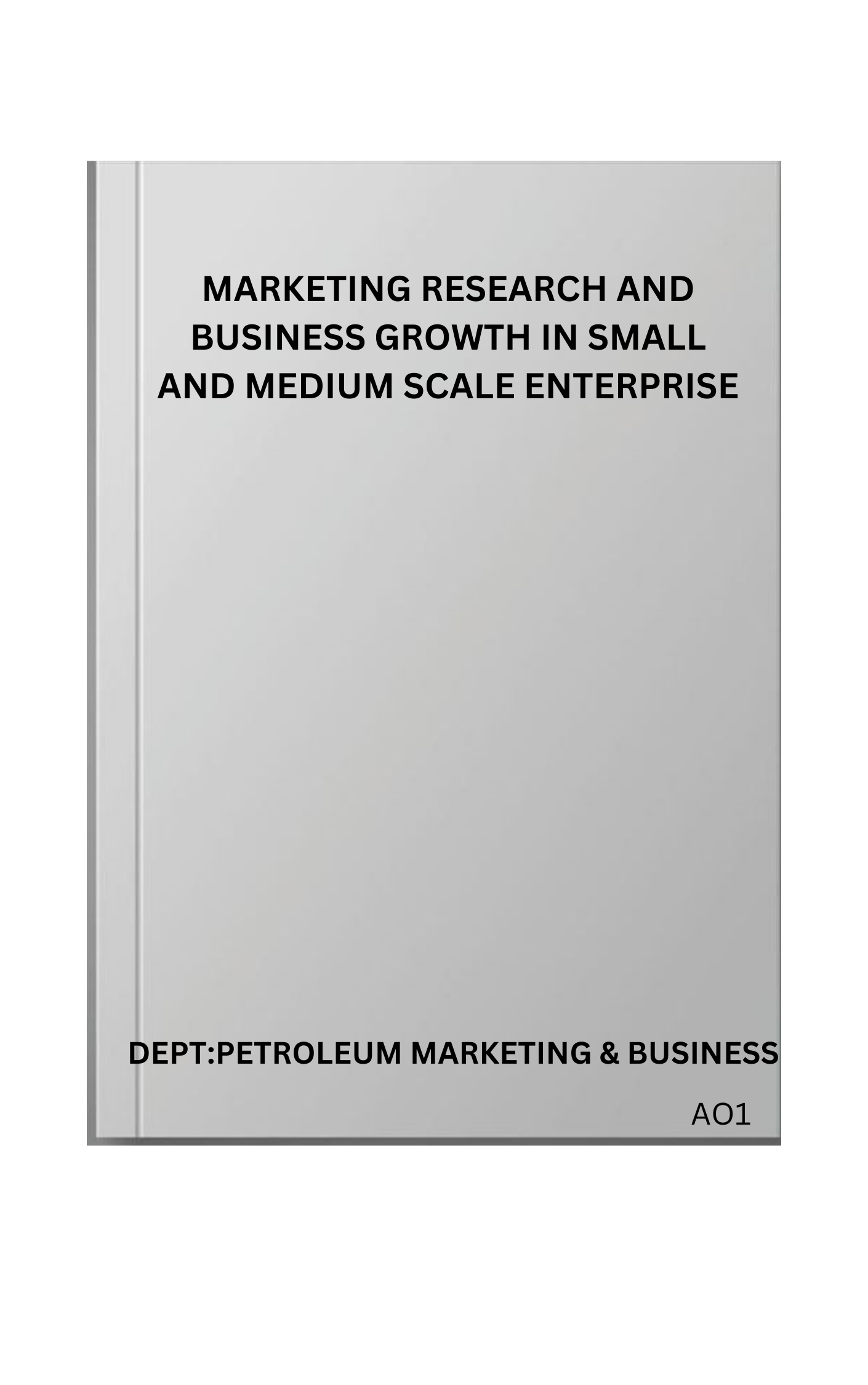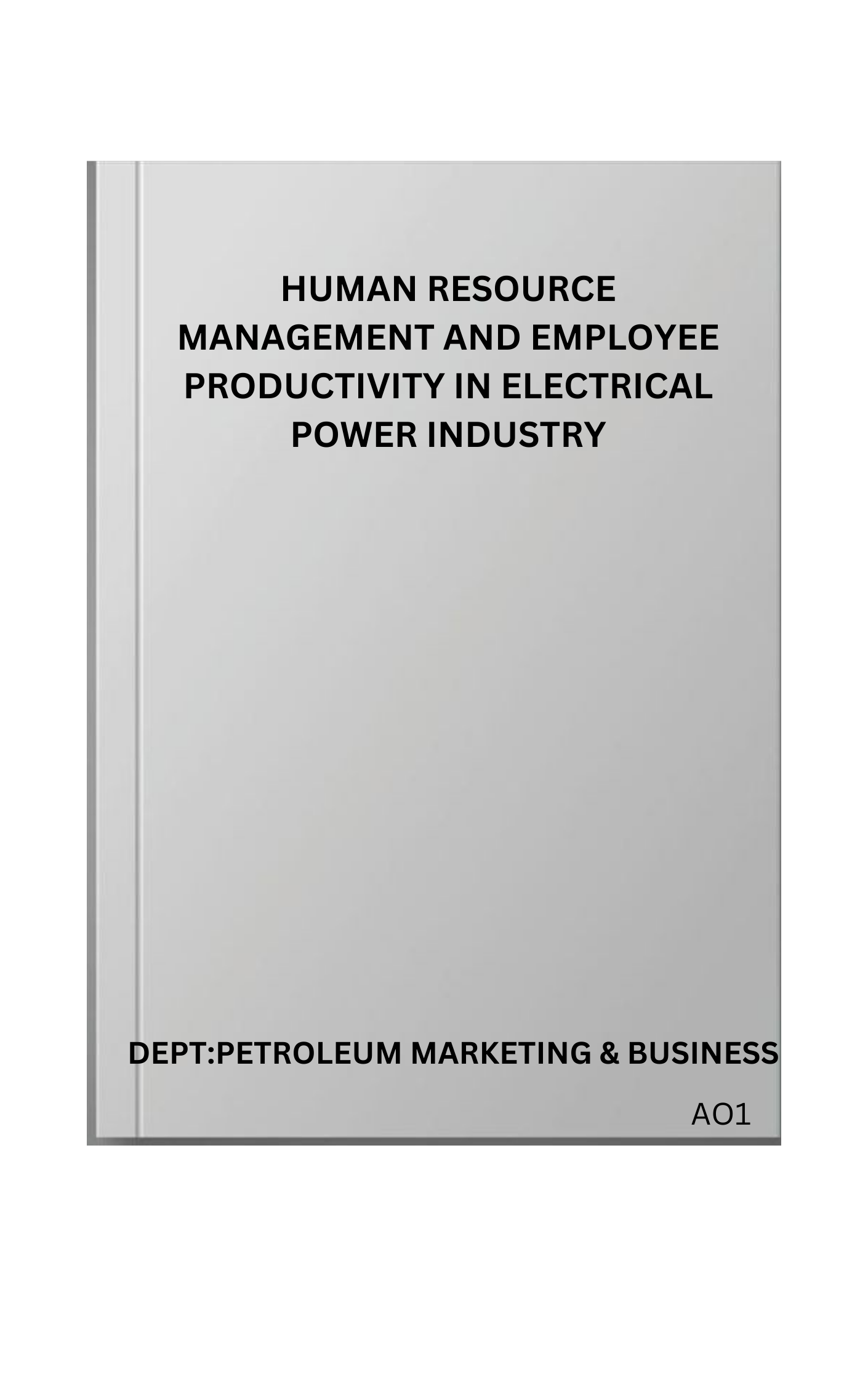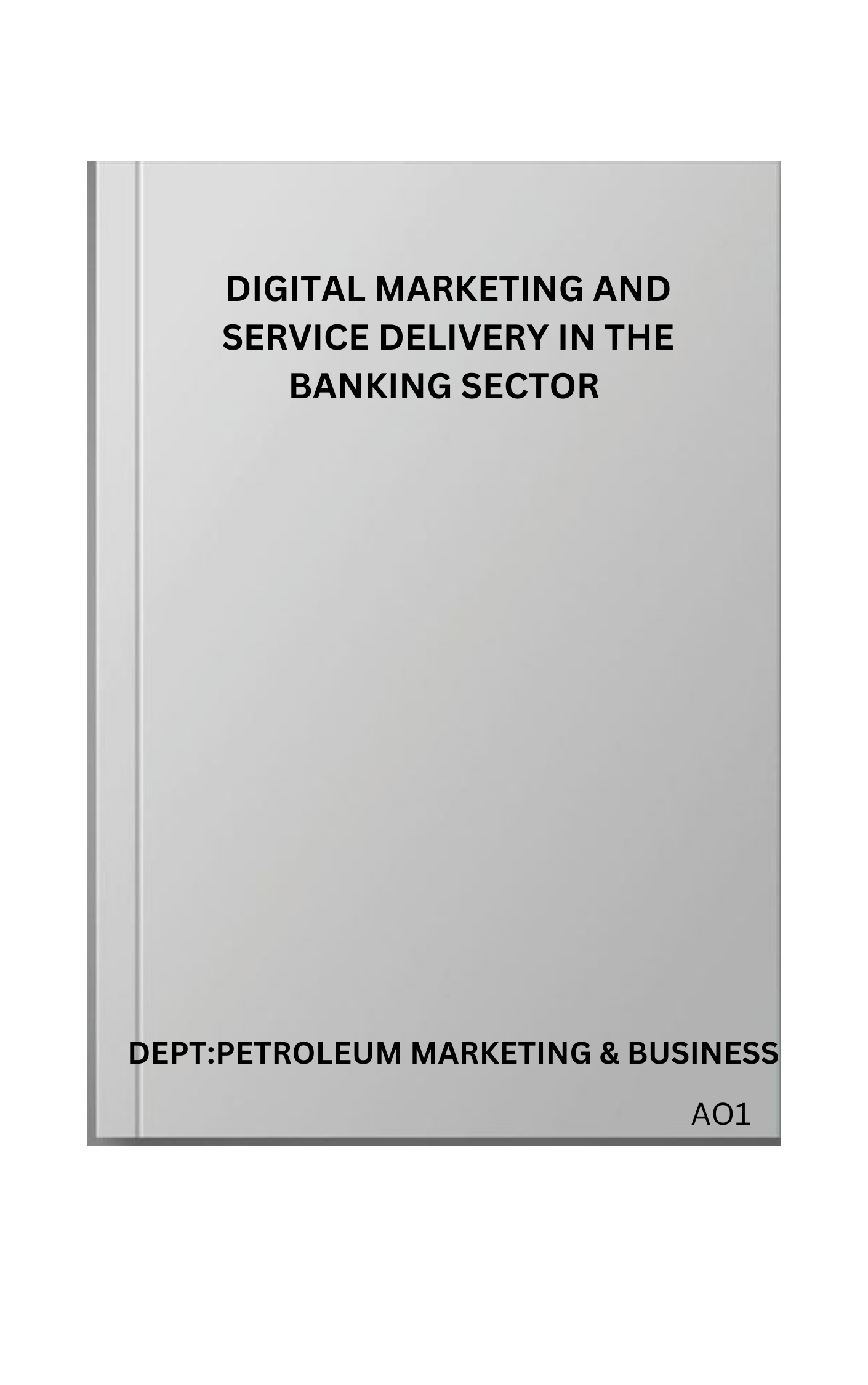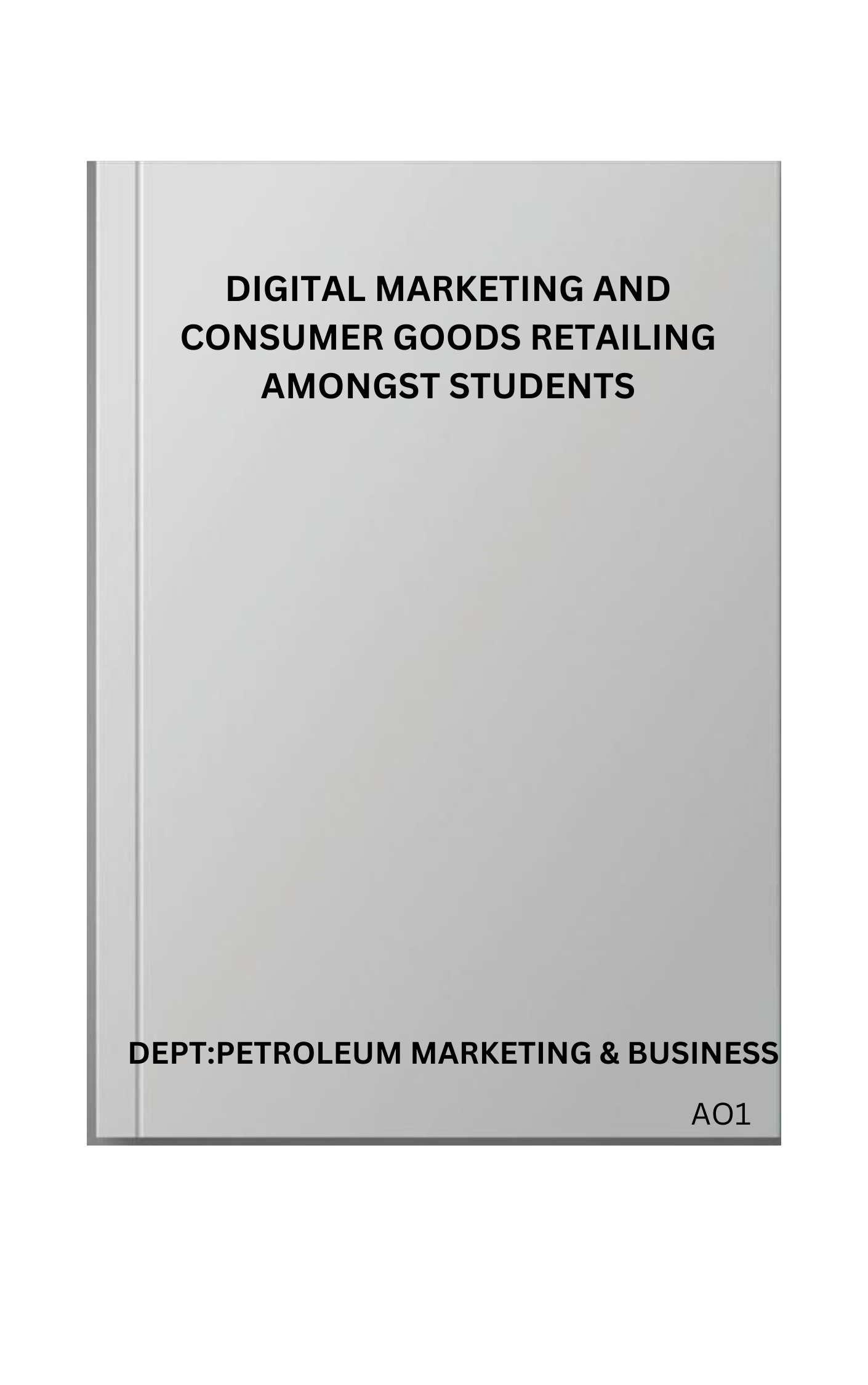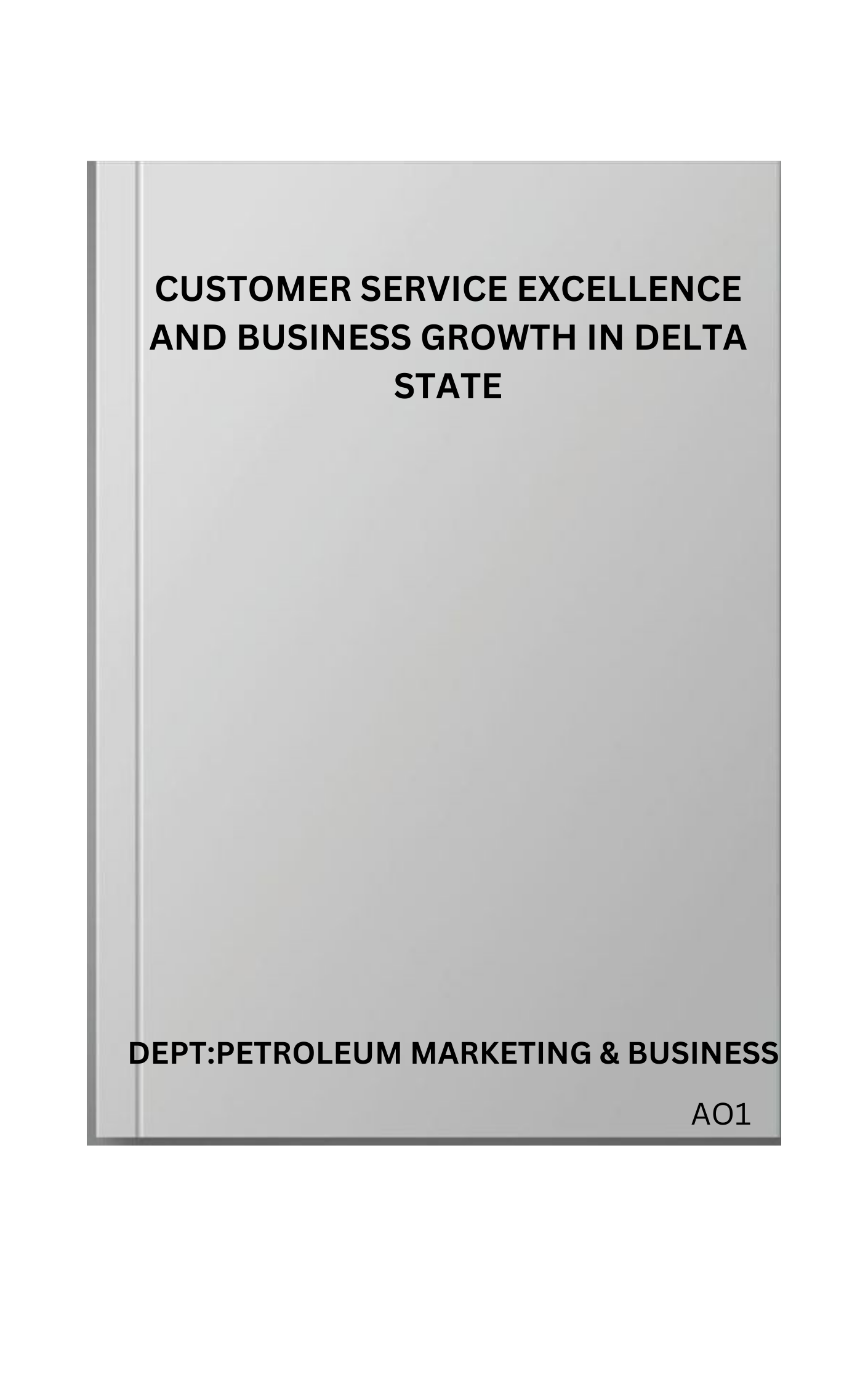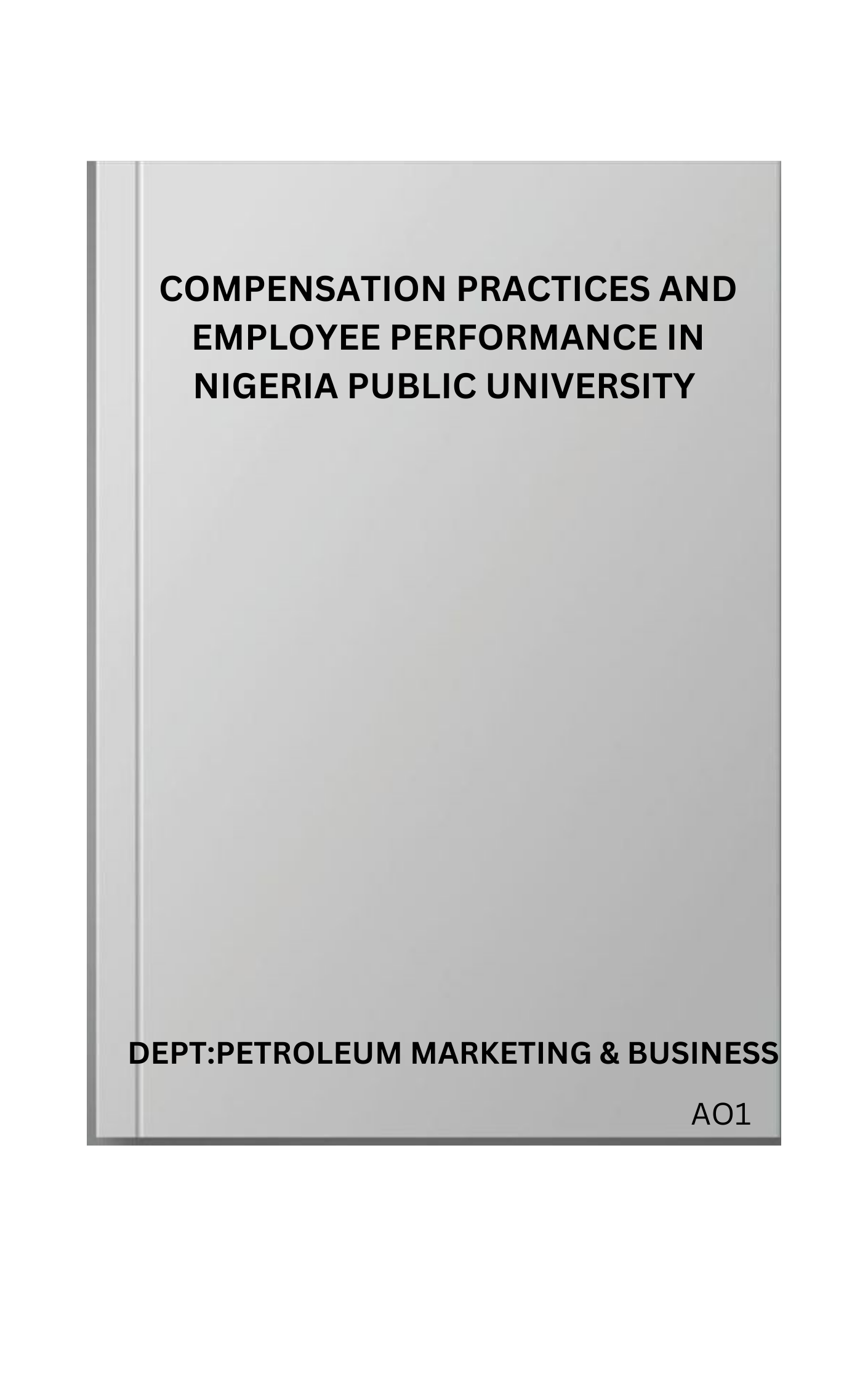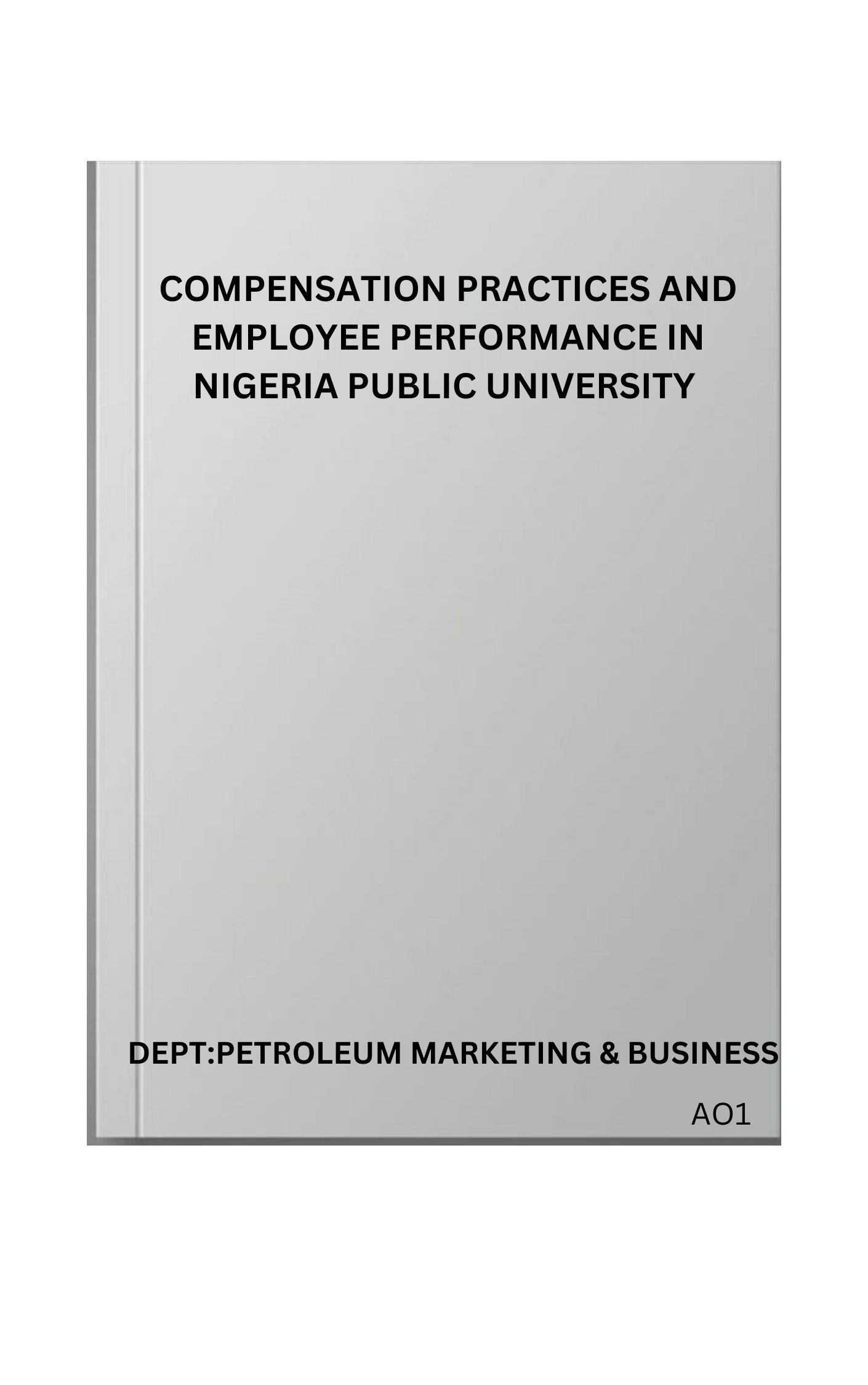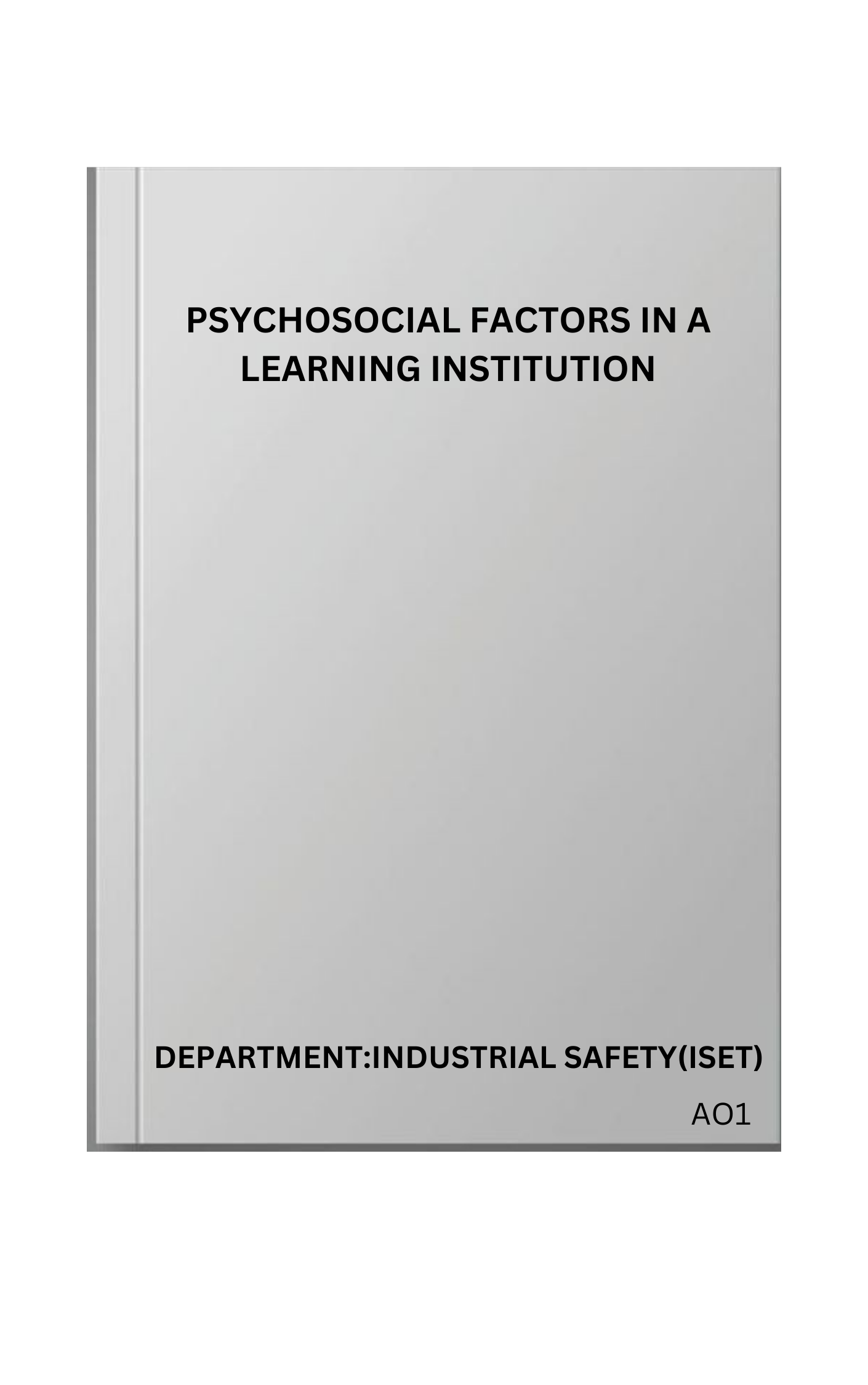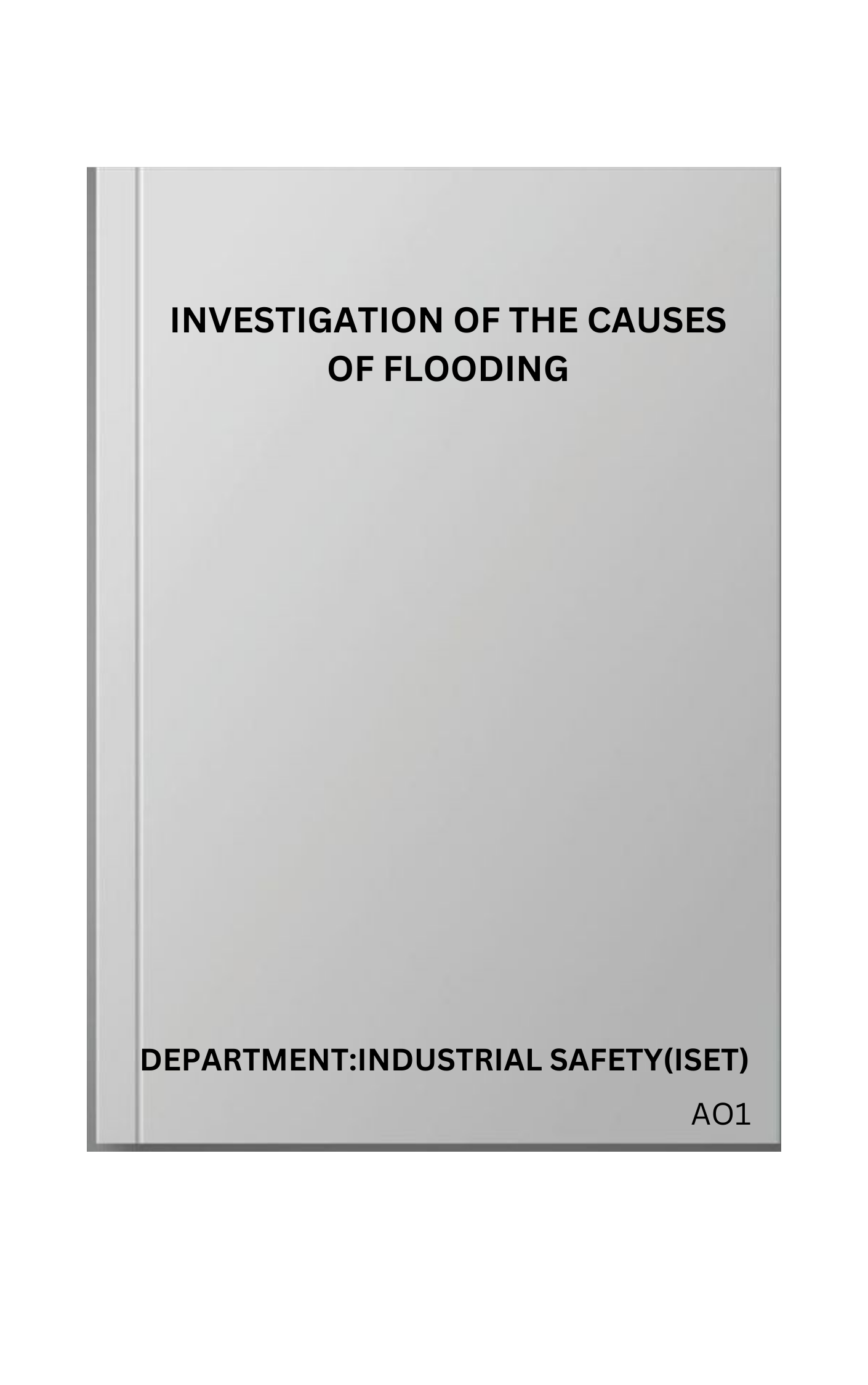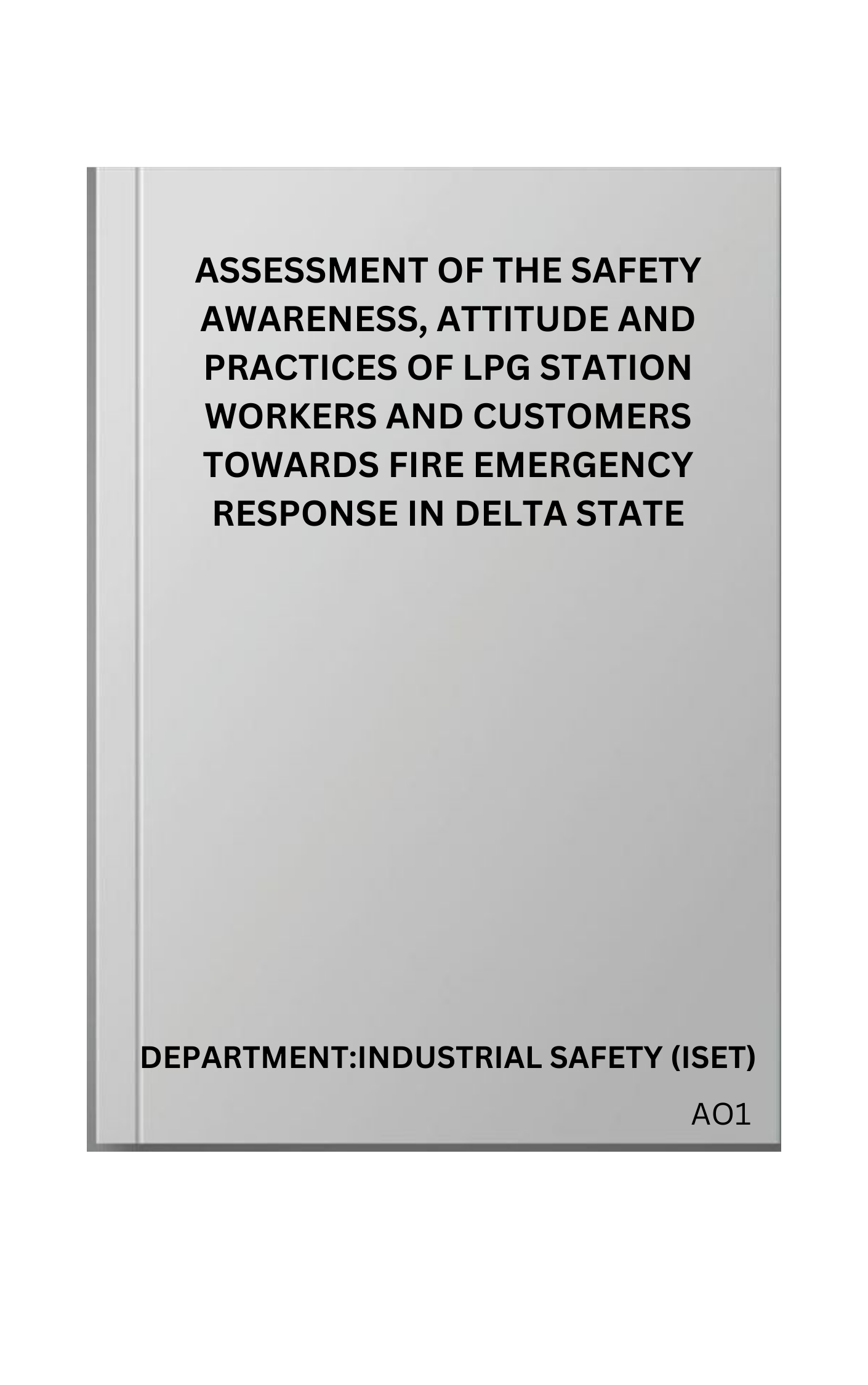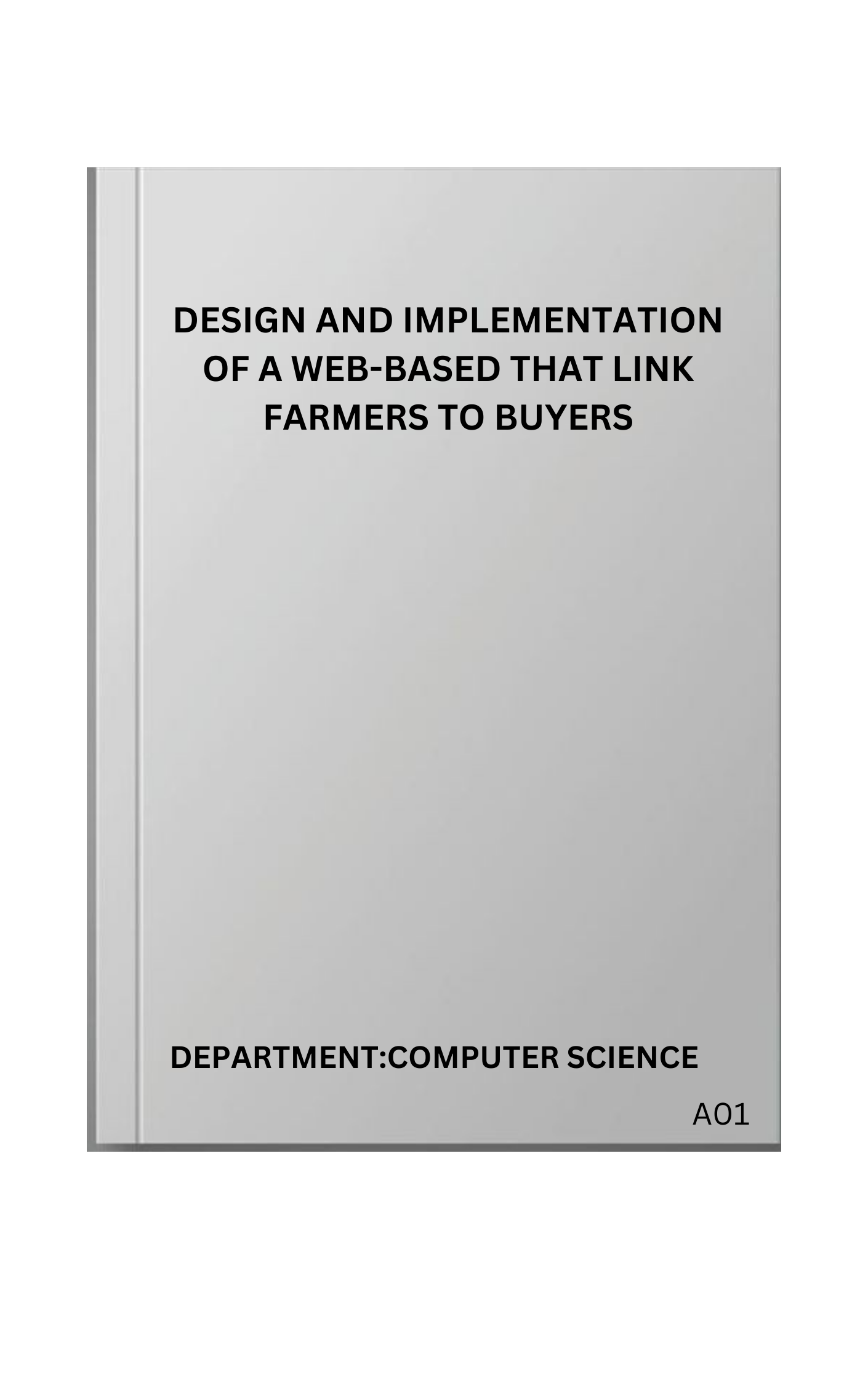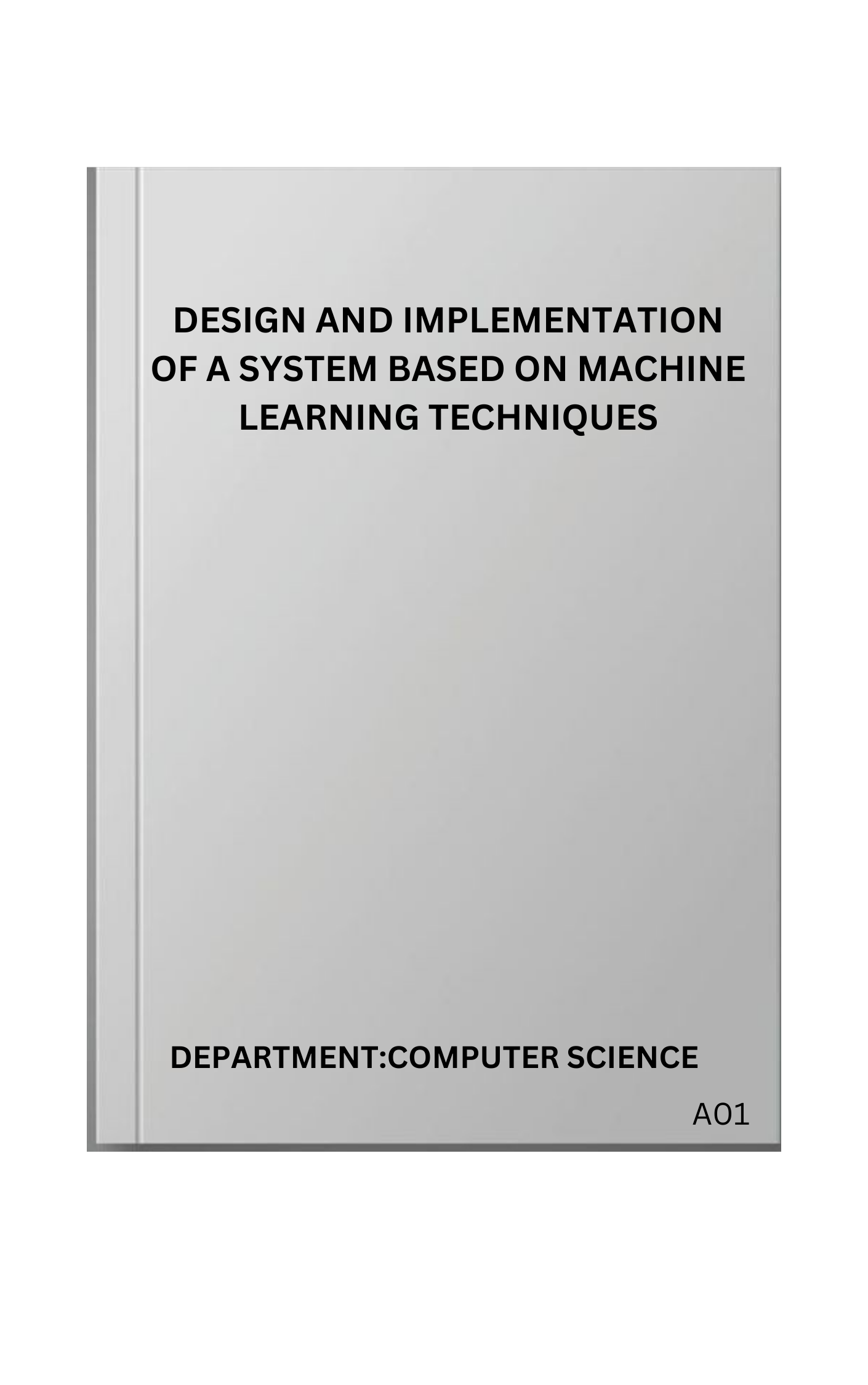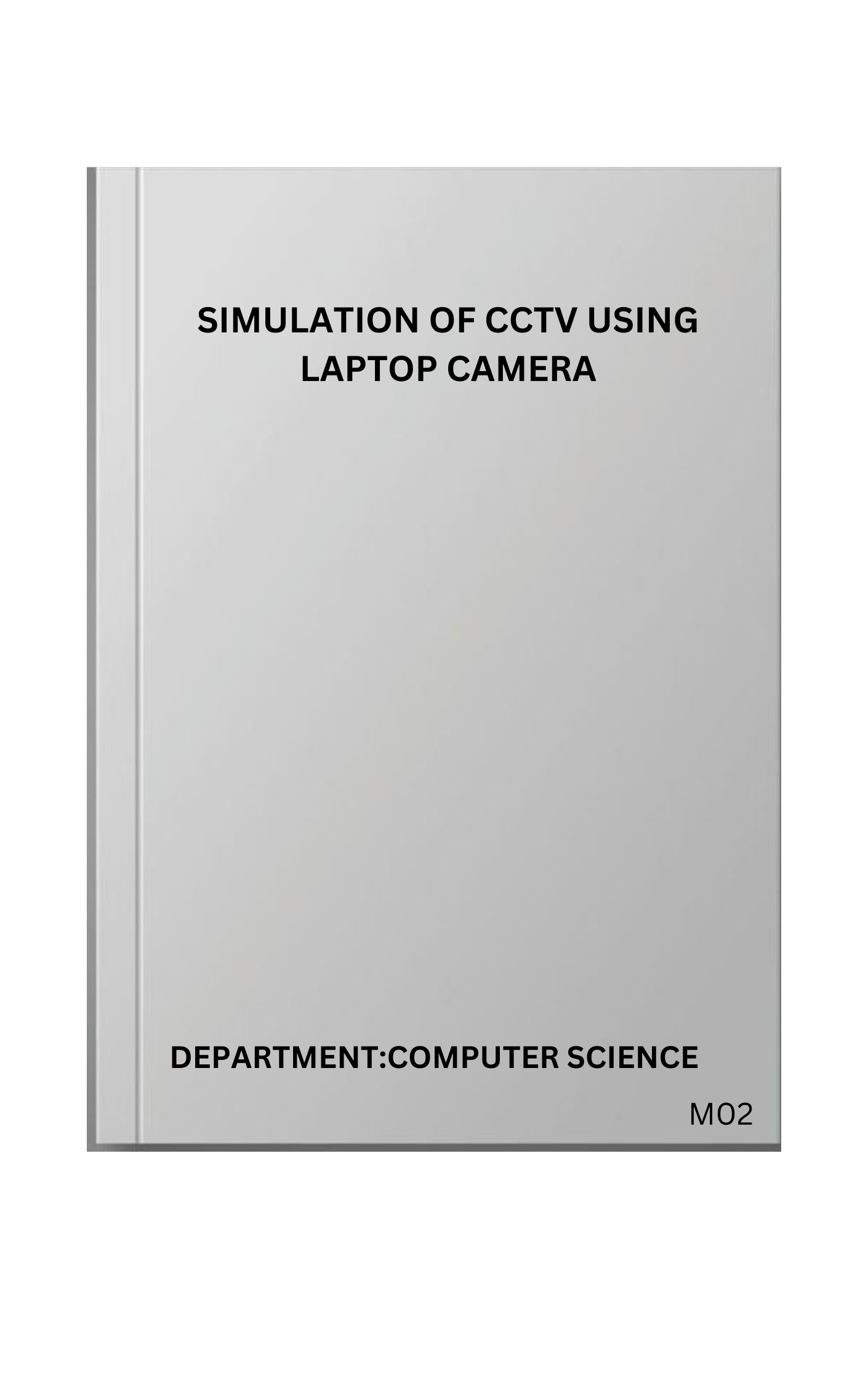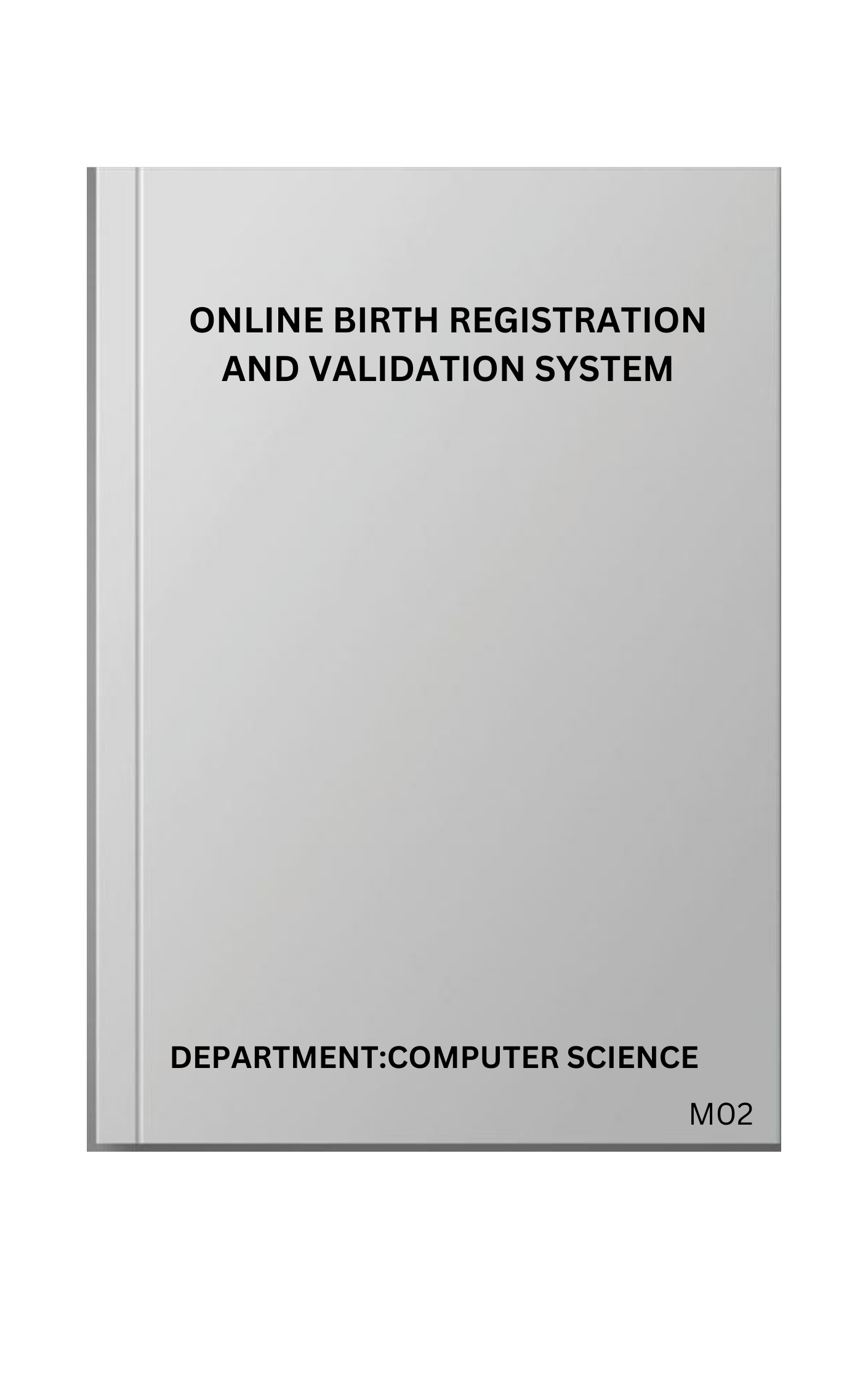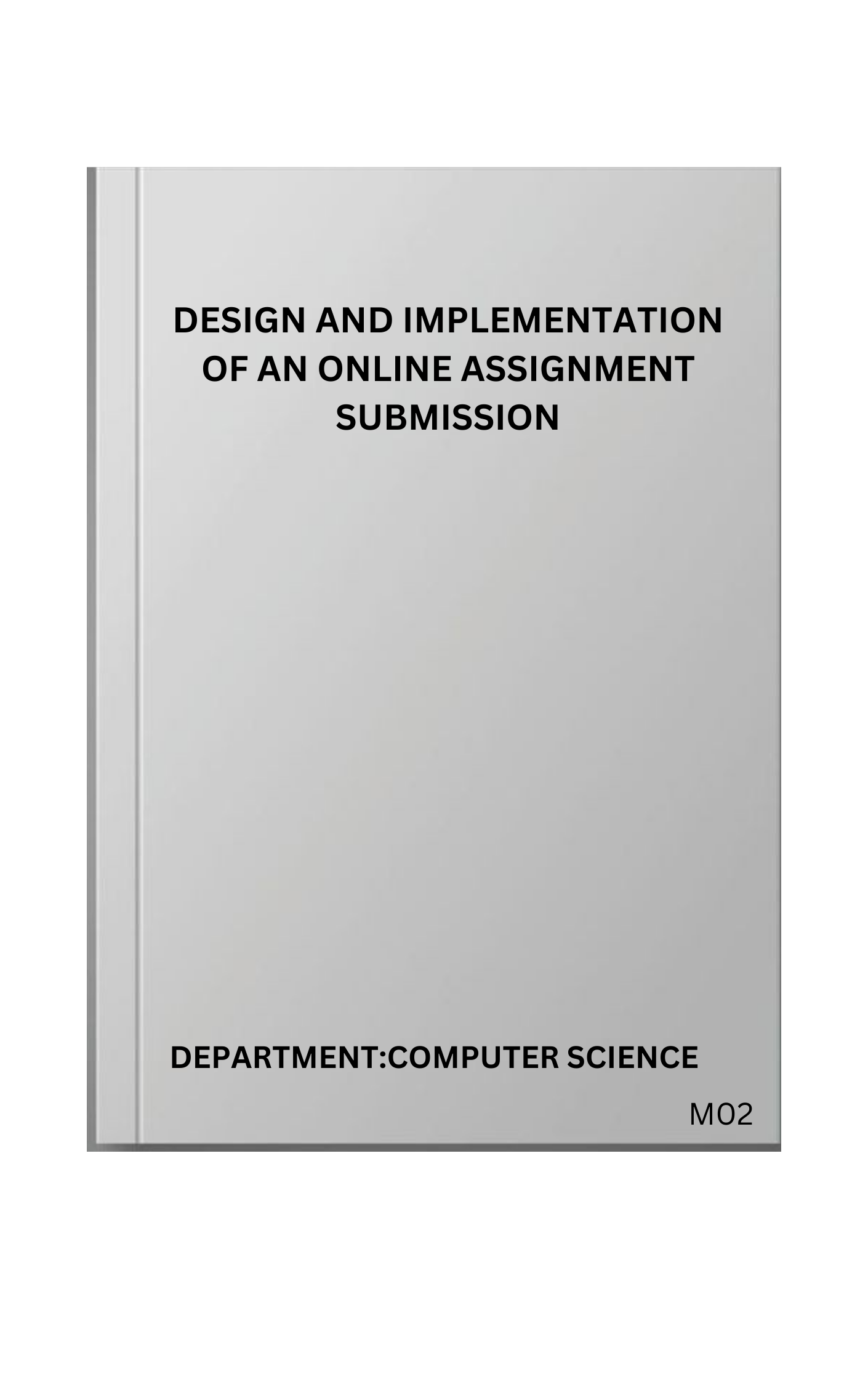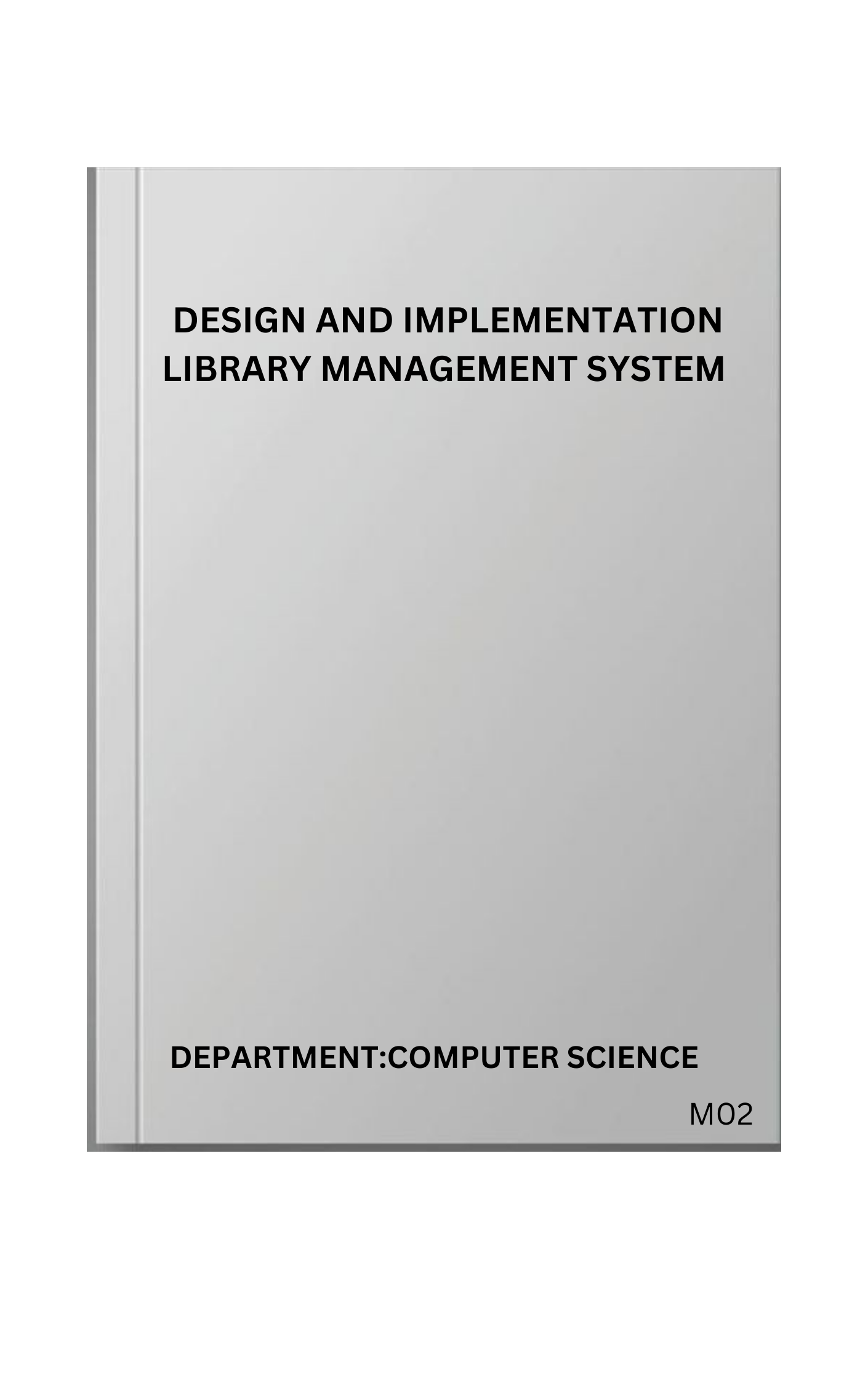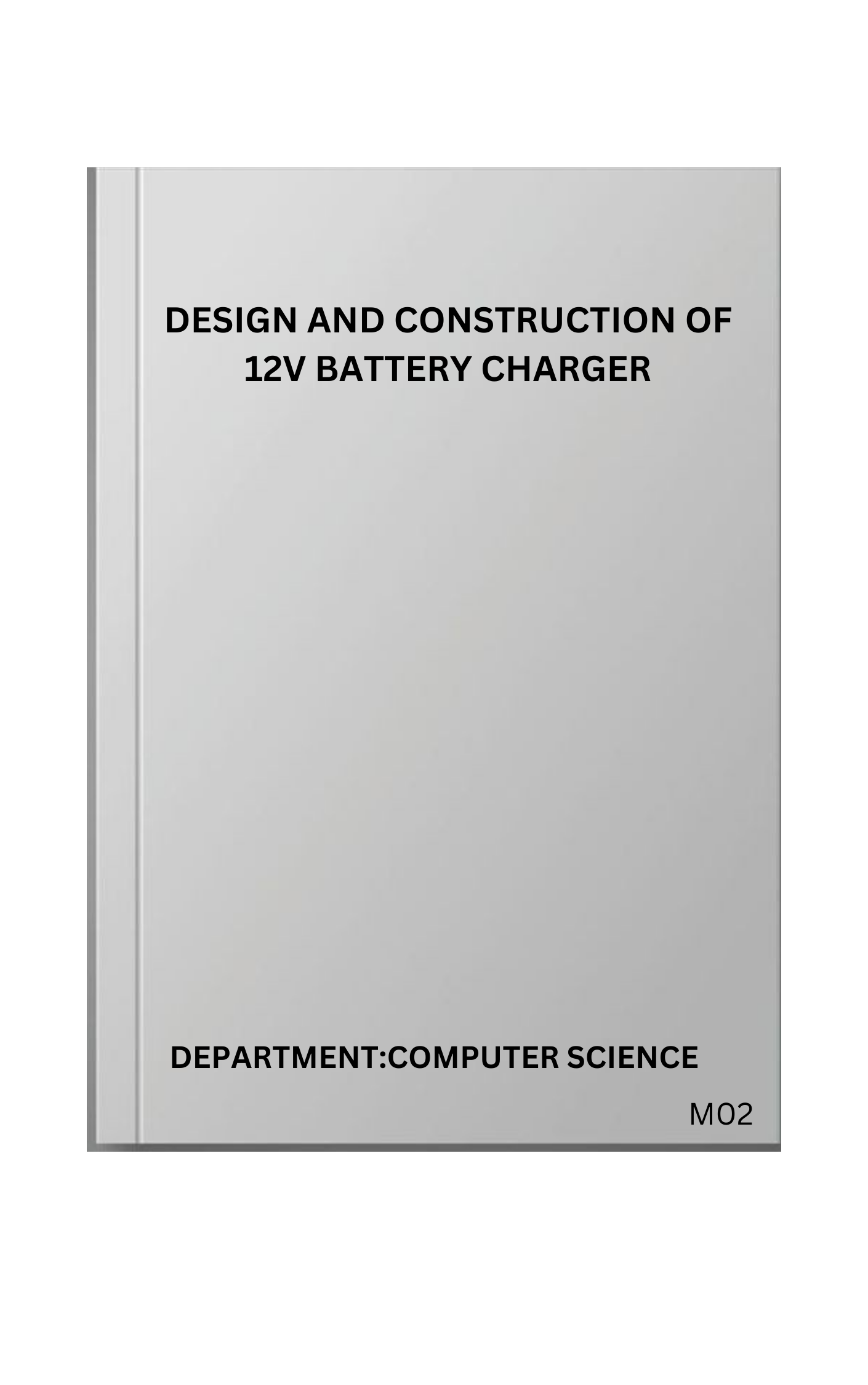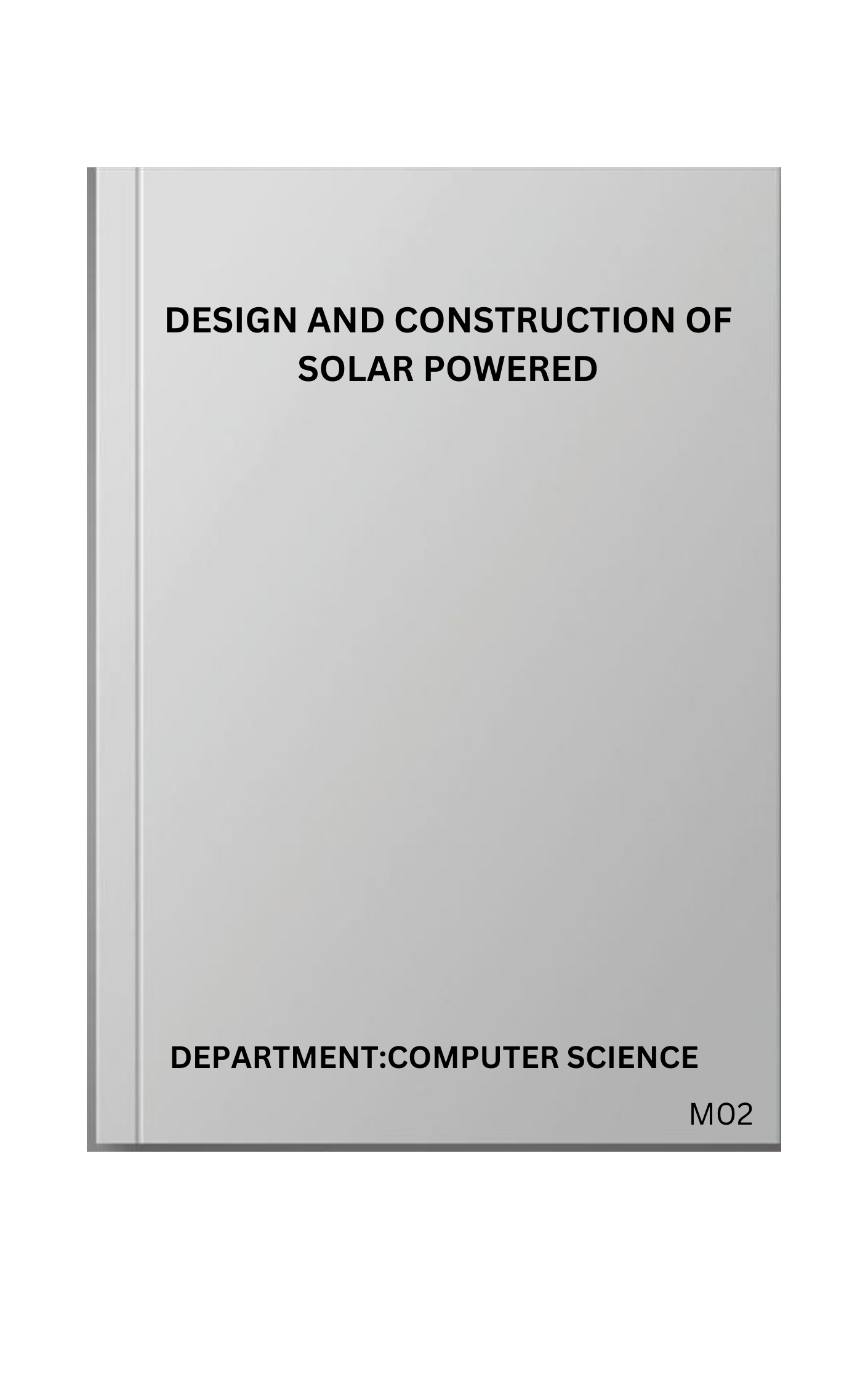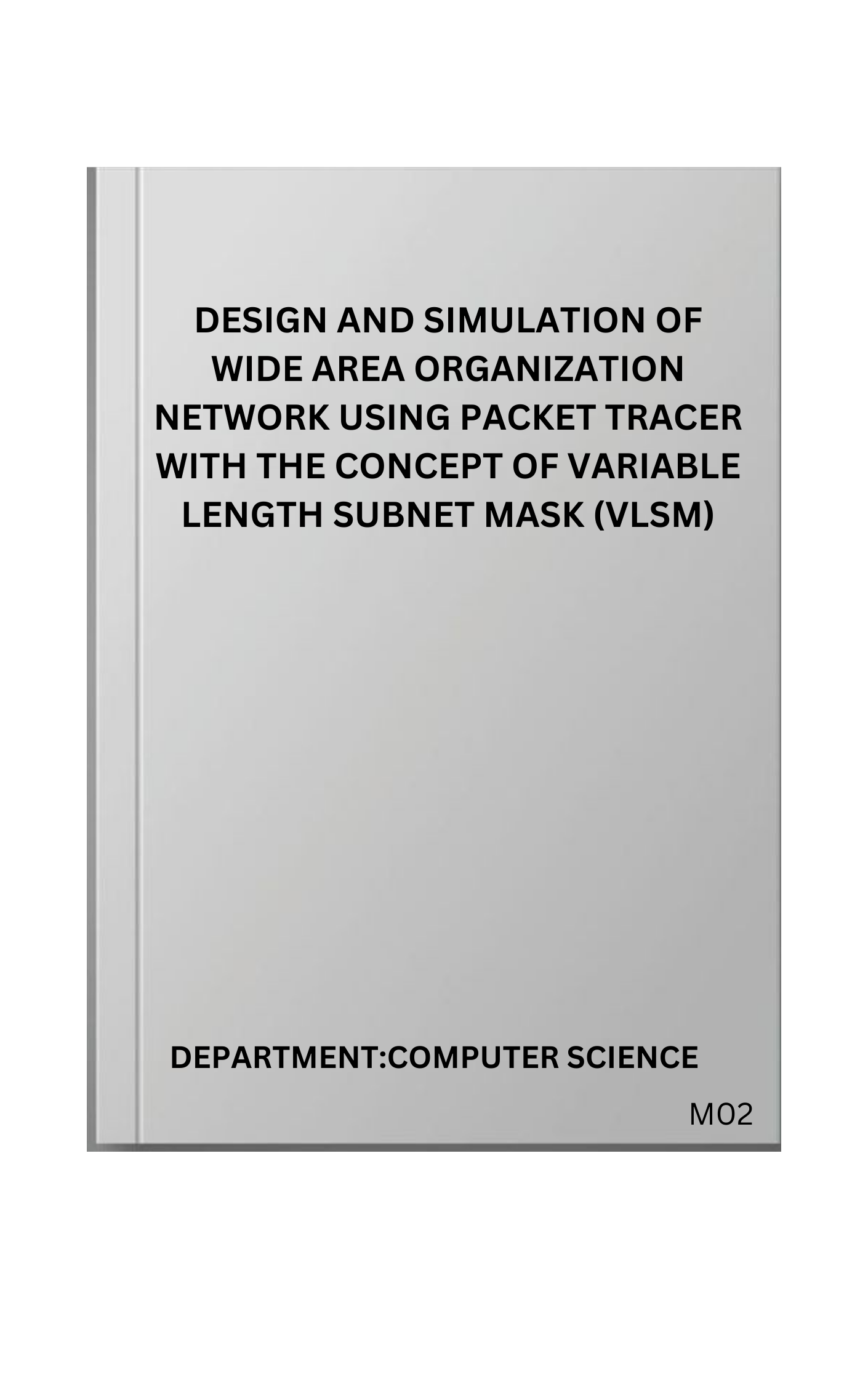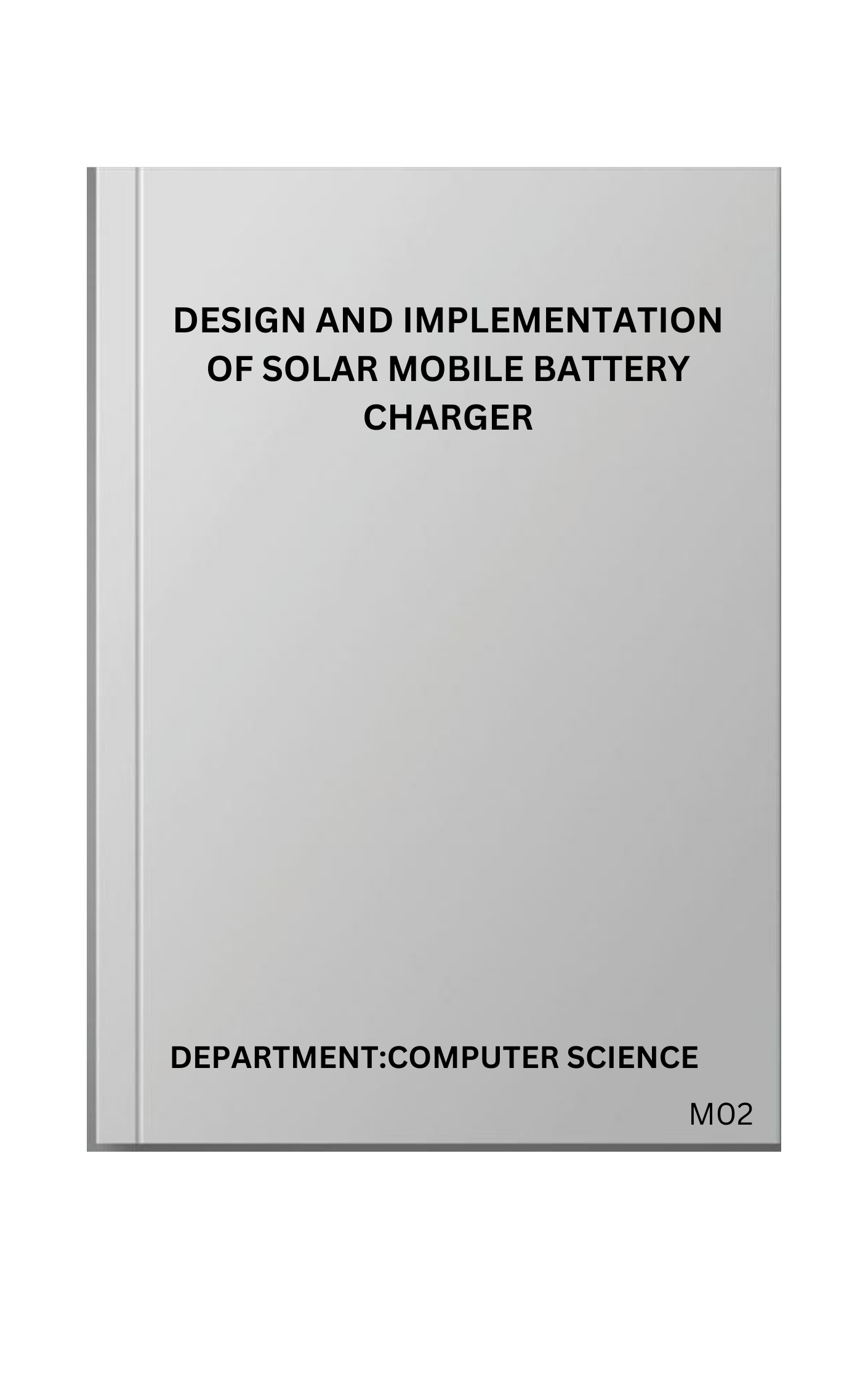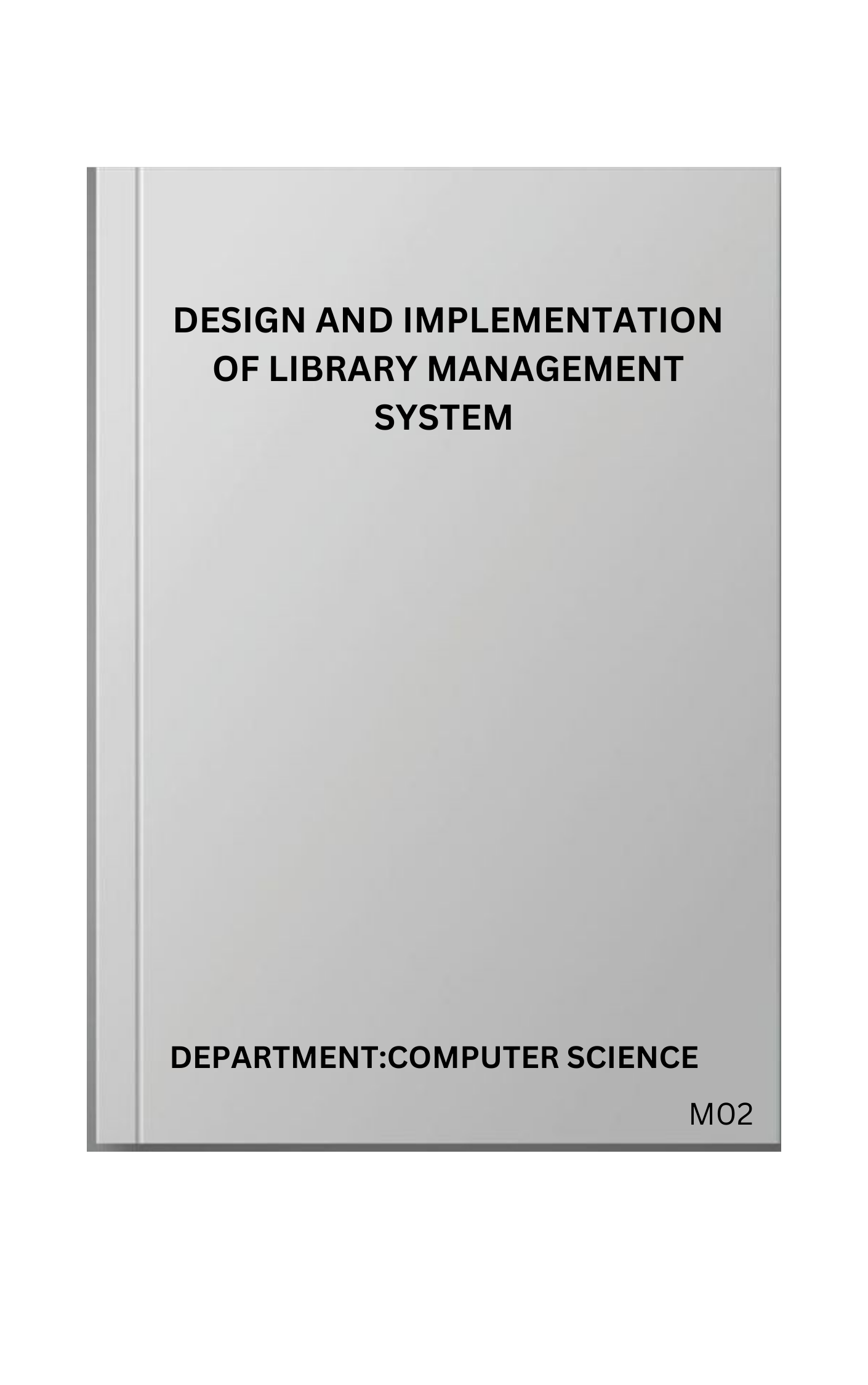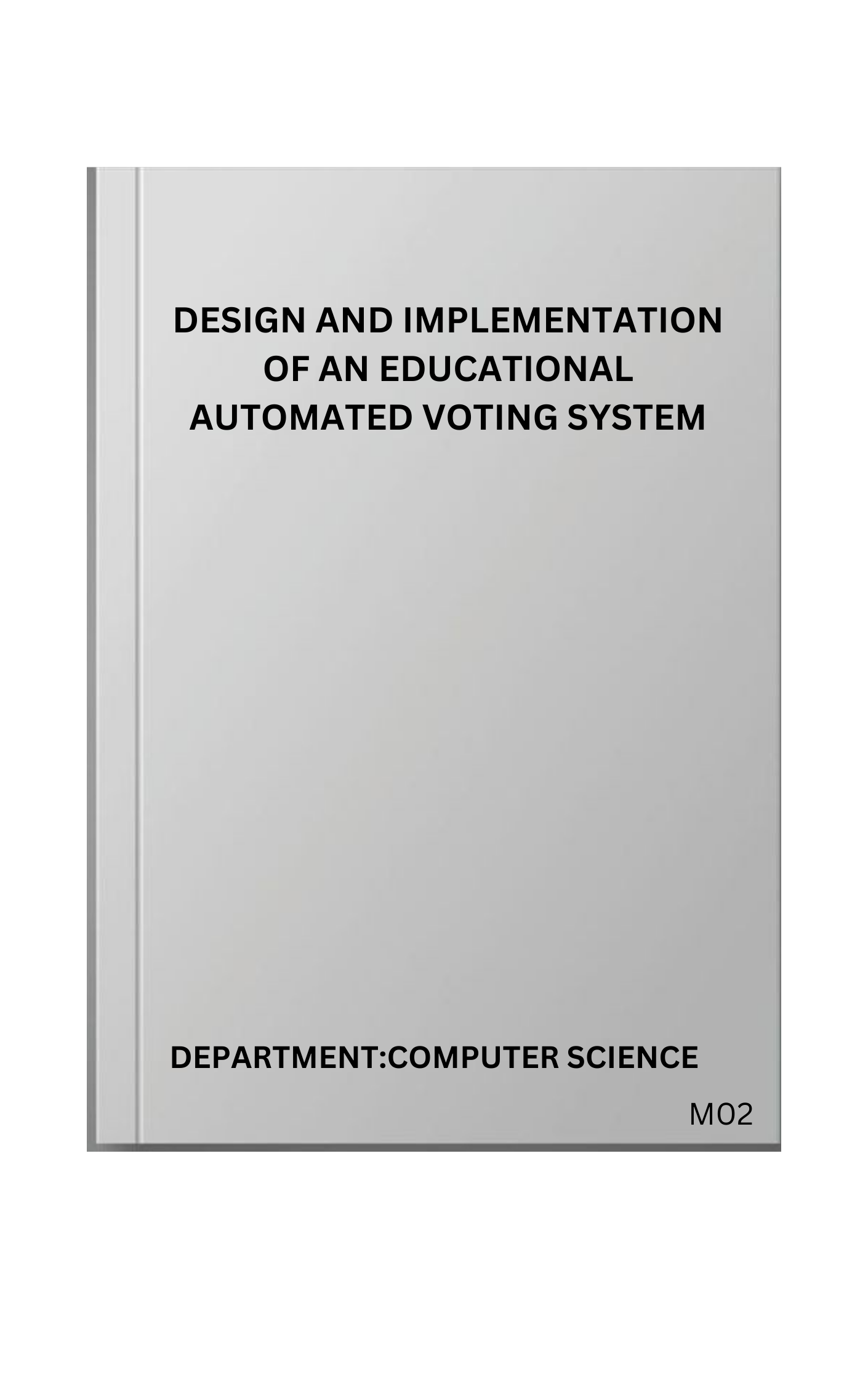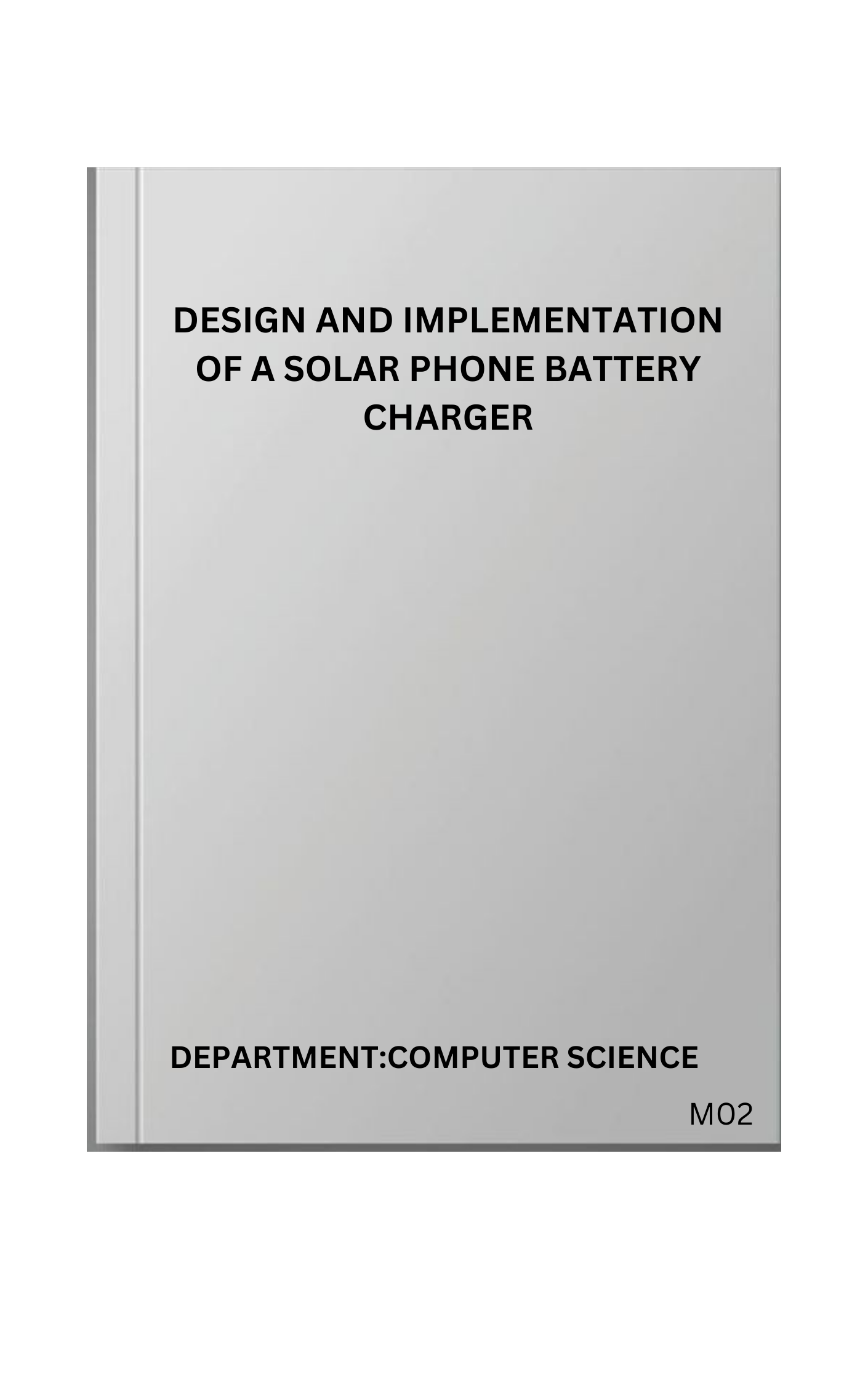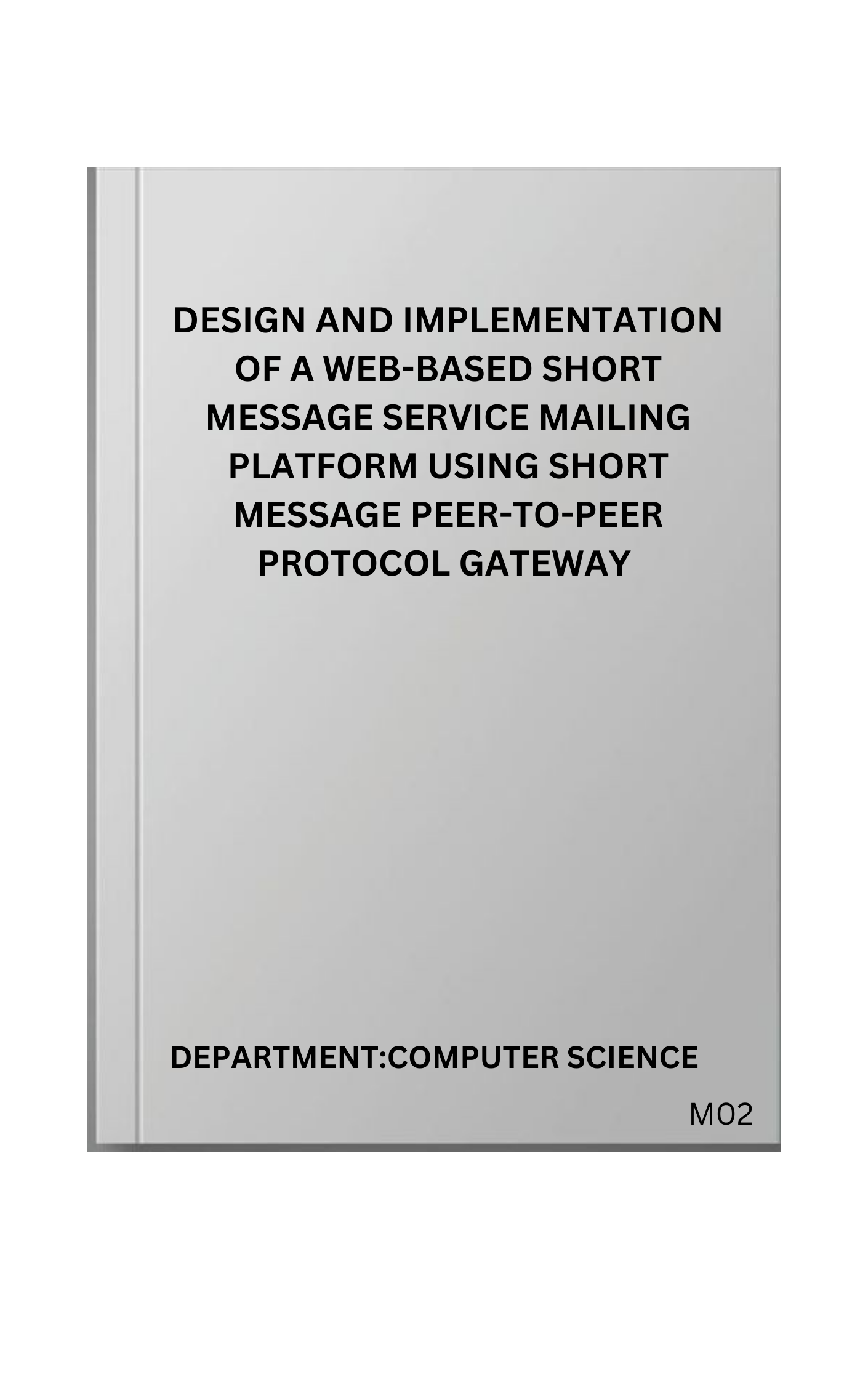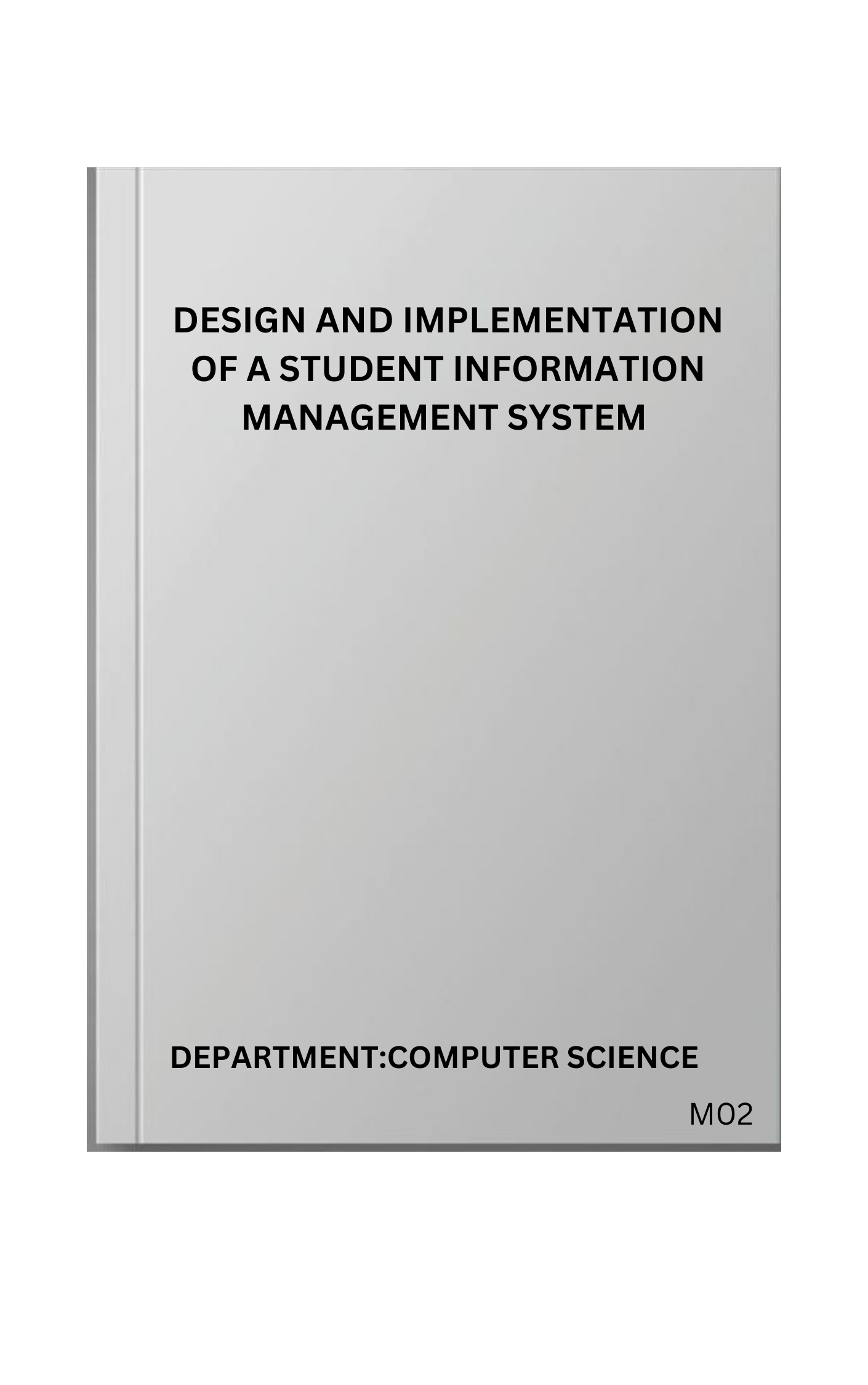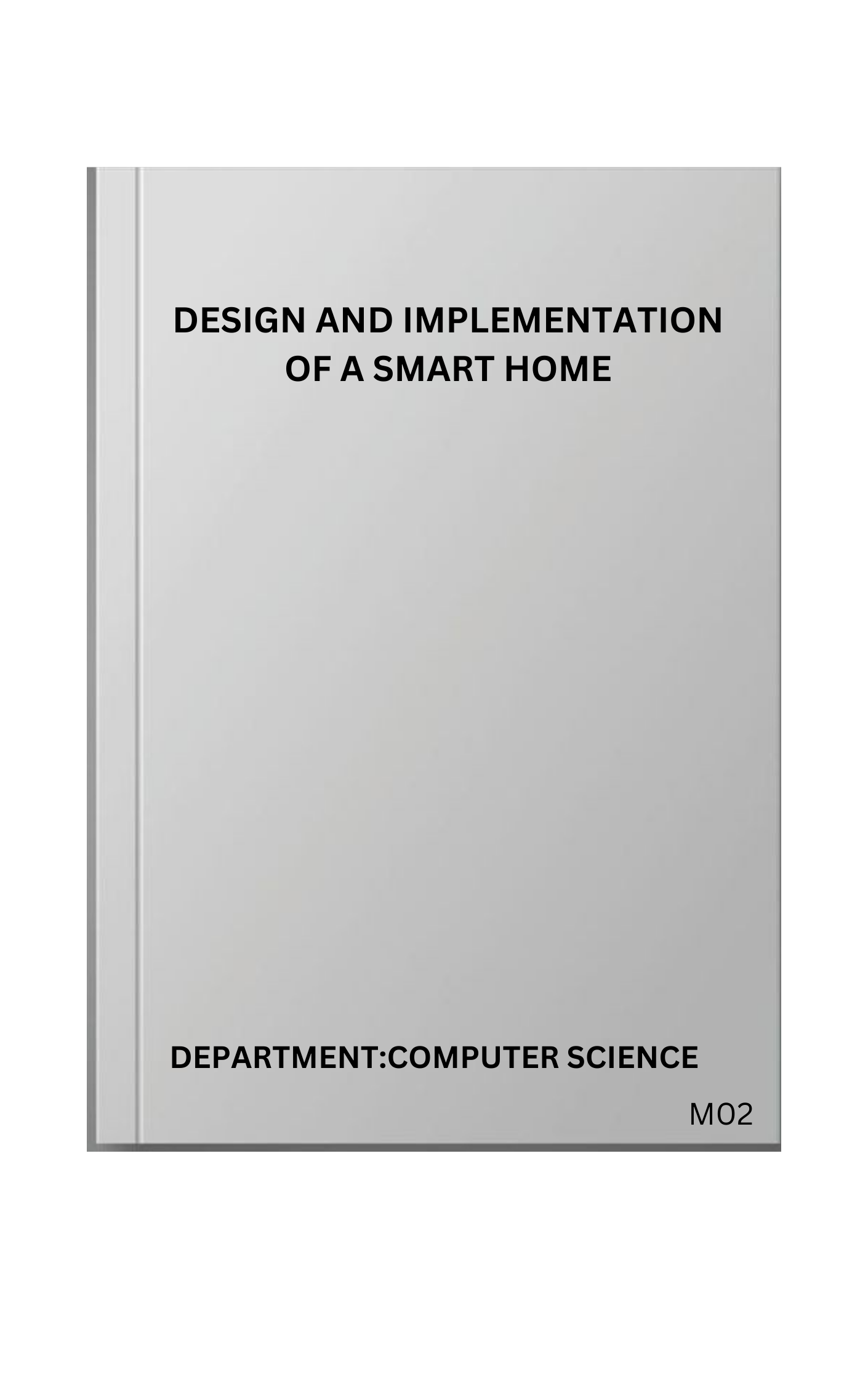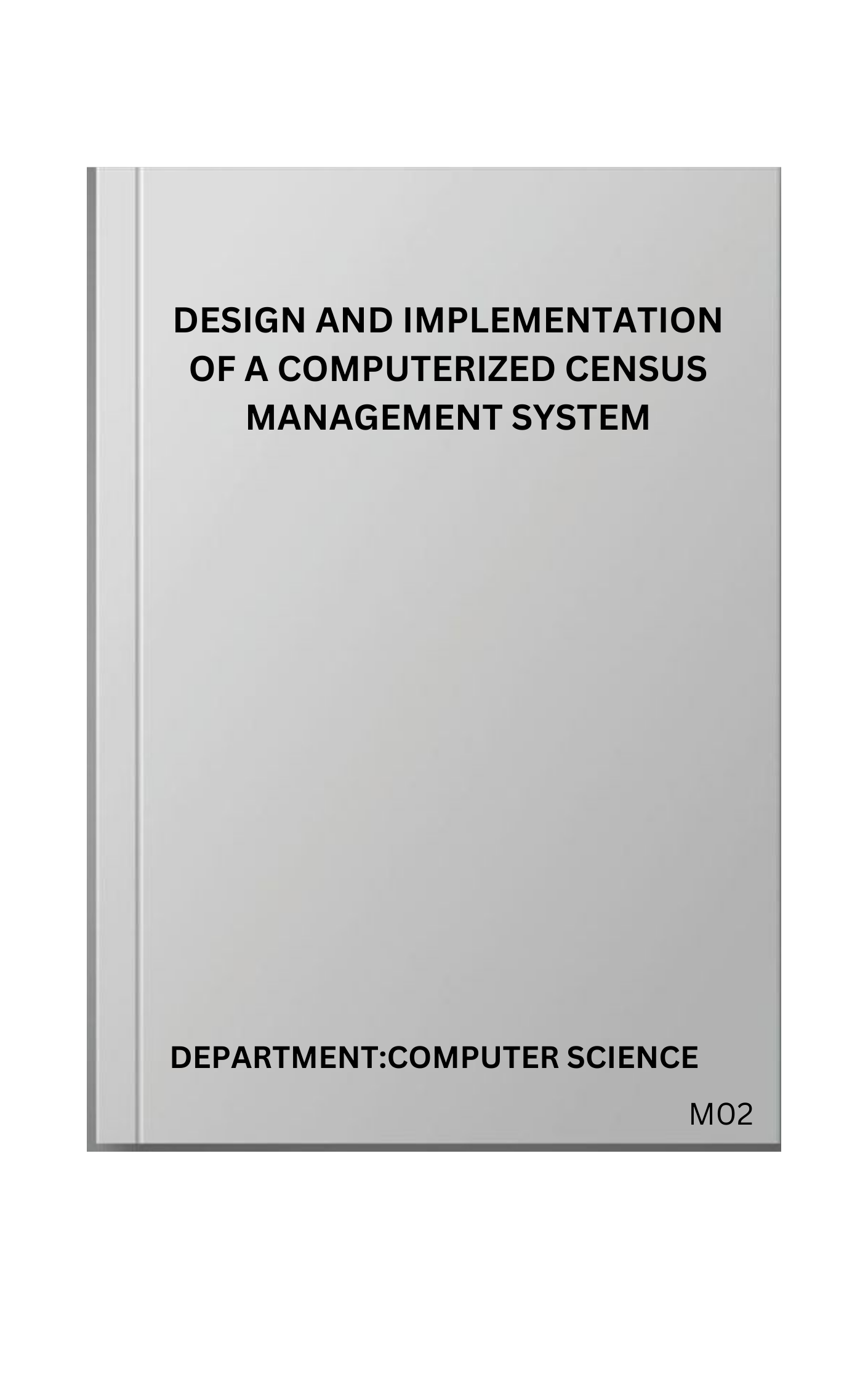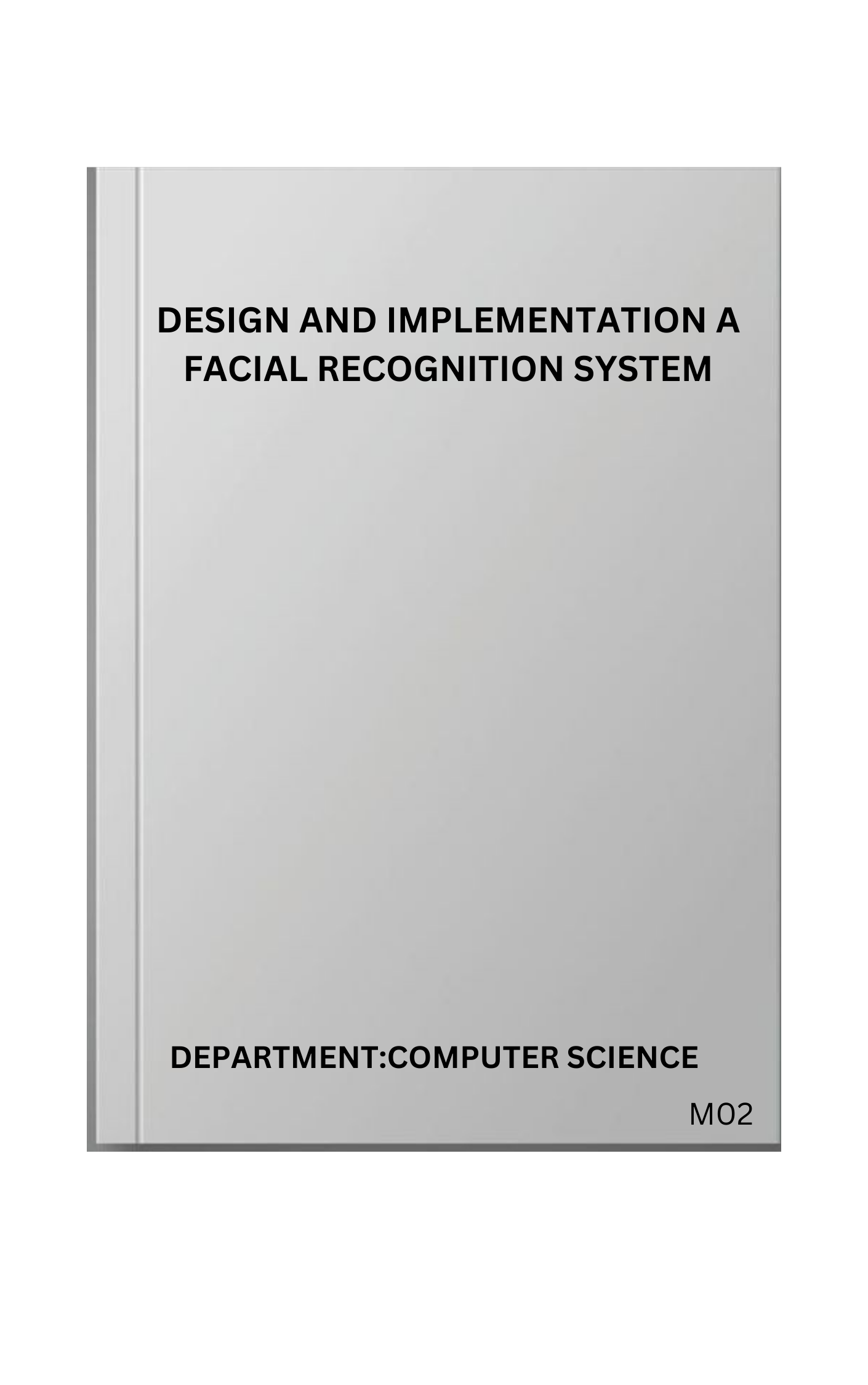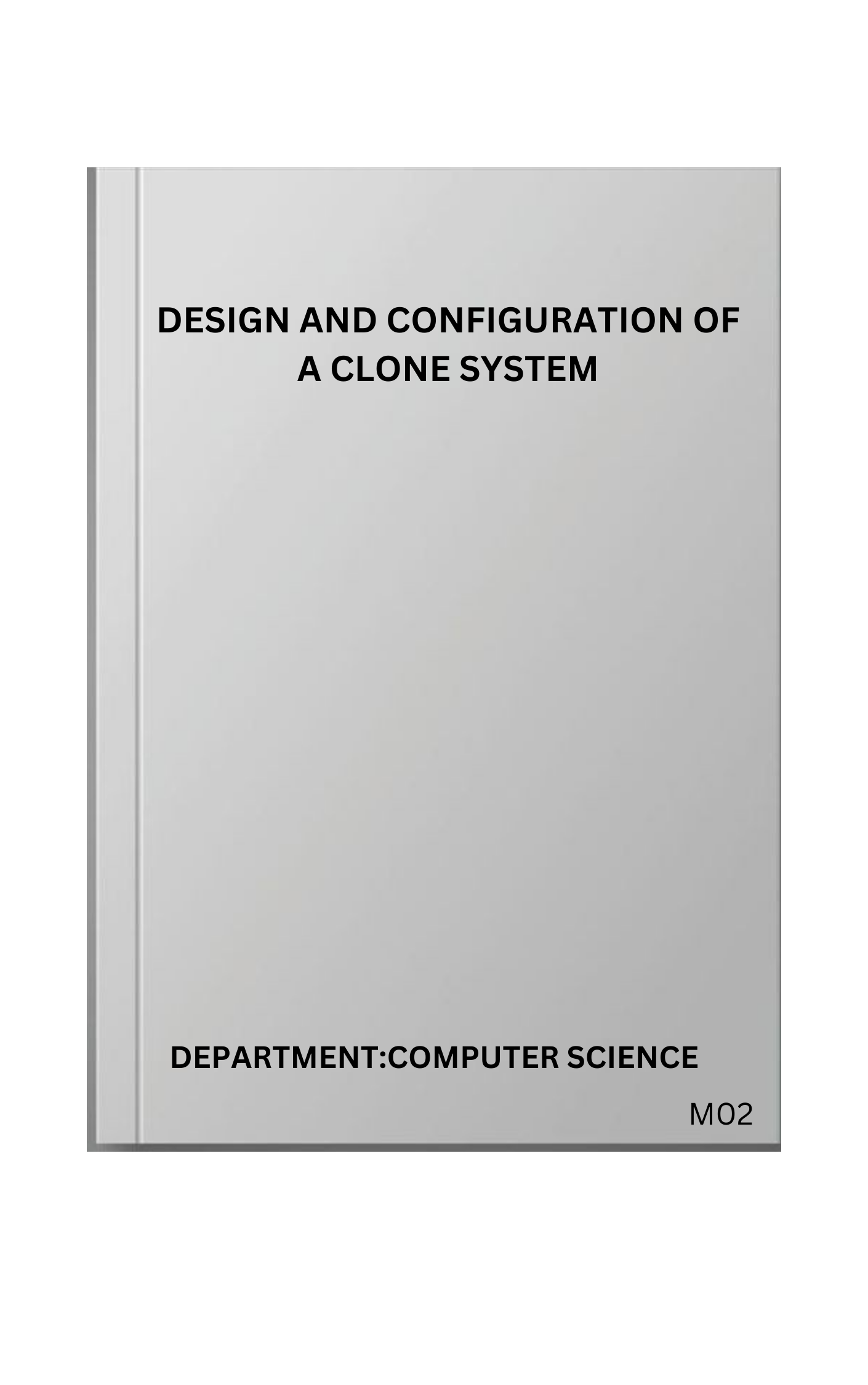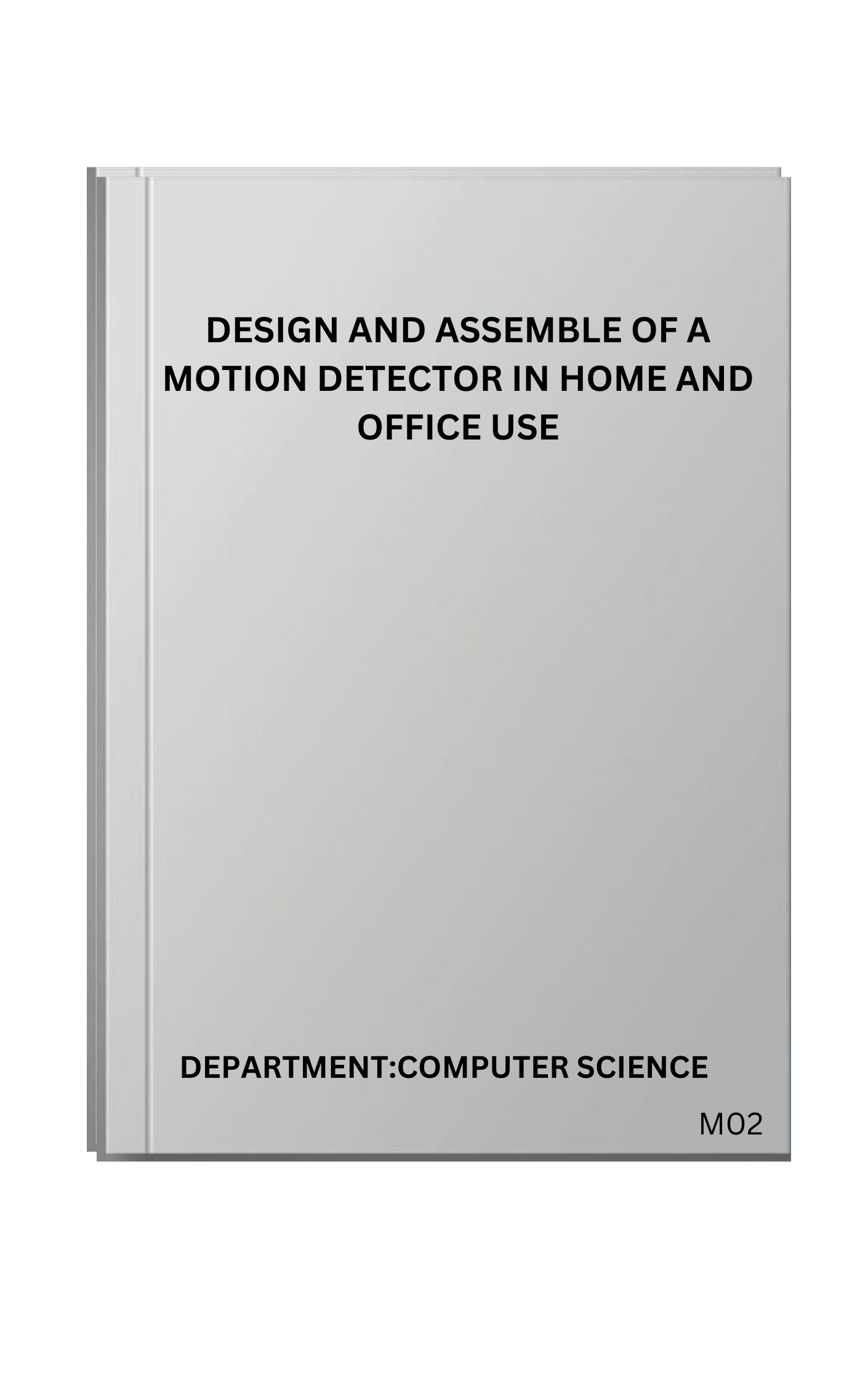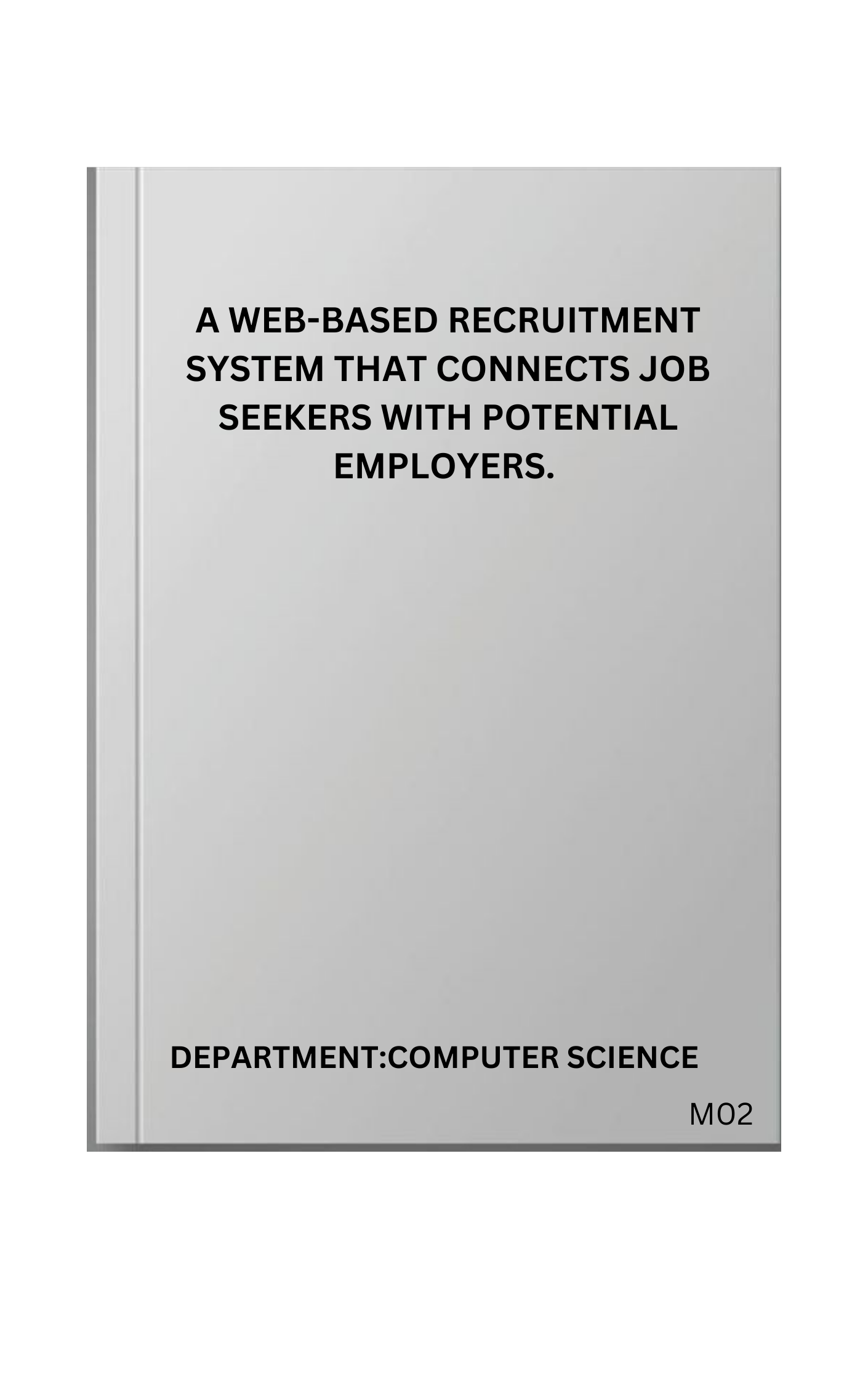CHAPTER ONE: INTRODUCTION
1.1Background to the Study
The physical distribution of petroleum products encompasses all activities involved in moving petroleum products from refineries to retail outlets where consumers can purchase them. This includes transportation, warehousing, inventory management, and the coordination of these activities to ensure timely and efficient delivery. Effective physical distribution is critical in the petroleum industry due to the high demand for consistent and reliable fuel supply, particularly in regions like Warri, Delta State, which is a significant hub in Nigeria’s oil and gas sector (Adewuyi, Ajayi & Adebola, 2020).
Warri is strategically important in Nigeria’s petroleum industry due to its proximity to major oil fields and its developed infrastructure for oil production and distribution. However, the efficiency of petroleum distribution in Warri faces several challenges. These challenges include inadequate storage facilities, poor road networks, and logistical inefficiencies that can lead to delays, increased costs, and potential supply disruptions (Lawrence, 2023).
Warehousing is a vital component of the physical distribution system, providing storage for petroleum products and ensuring a steady supply to retail outlets. The availability and management of warehousing facilities directly impact the efficiency of the supply chain (Abigal, Nosa, & Vincent, 2019). In Warri, the lack of sufficient warehousing facilities can lead to stockouts or overstock situations, affecting the growth of retail outlets.
Transportation is another critical factor in the physical distribution of petroleum products. The choice of transportation mode—whether road, rail, or pipeline—significantly influences delivery times and costs. Poor road infrastructure in Warri can hinder transportation efficiency, leading to increased operational costs for retail outlets. Lead time, the time taken from placing an order to receiving the product, is crucial in maintaining a balanced inventory and meeting customer demand. Reducing lead time through efficient logistics management can enhance customer satisfaction and drive sales growth for petroleum retail outlets (Agbalajobi & Alaba, 2016).
Geographic location plays a significant role in the success of petroleum retail outlets. Outlets situated in strategic locations with high traffic and accessibility are likely to attract more customers and achieve higher profitability. In Warri, geographic considerations are essential due to the varying levels of infrastructure development across different areas (Eze & Nwosu, 2021).
Optimizing the physical distribution system is essential for the growth and sustainability of petroleum retail outlets in Warri, Delta State. Addressing the challenges in warehousing, transportation, lead time, and geographic location can significantly improve the efficiency of petroleum distribution, ensuring that retail outlets can meet consumer demand effectively and grow their market presence.
1.2Statement of the Problem
The petroleum retail sector in Warri, Delta State, plays an essential role in the region's economy, supplying fuel for transportation, industrial applications, and domestic needs.
Despite its importance, the sector faces significant barriers to efficient operations and growth, primarily stemming from challenges in physical distribution. Key issues include delays in delivery, inadequate warehousing, and transportation inefficiencies. These factors collectively disrupt the supply chain, leading to stockouts or surpluses that directly impact customer satisfaction and sales. The absence of an optimized distribution framework hinders the sector’s ability to respond promptly to demand variations, impacting overall business growth. Specifically, transportation issues such as inadequate road networks, vehicle availability that delay fuel delivery to retail outlets, directly affecting delivery times. Furthermore, warehousing limitations result in insufficient storage space and poor inventory management practices, increasing the risk of stockouts or wastage due to surplus inventory. Geographical location also adds complexity to distribution, as some areas may be less accessible or lack the infrastructure required for seamless delivery. (Agbalajobi & Alaba, 2016) Addressing these issues could lead to improved delivery times, better inventory management, and enhanced customer satisfaction.
In response to this problem this research seeks to explore physical distribution and growth of petroleum retail outlet in Warri, Delta State.
1.3 Research Questions
The following research questions were formulated to guide the study.
1.Does the physical distribution influence the efficiency of petroleum retail outlet distribution?
2.Does physical distribution affect the operational costs and delivery times for petroleum retail outlets?
3.Does physical distribution improve customer satisfaction and sales growth at petroleum retail outlets?
4.Does physical distribution affect the profitability of petroleum retail outlet?
PAY TO GET COMPLETE PROJECT

